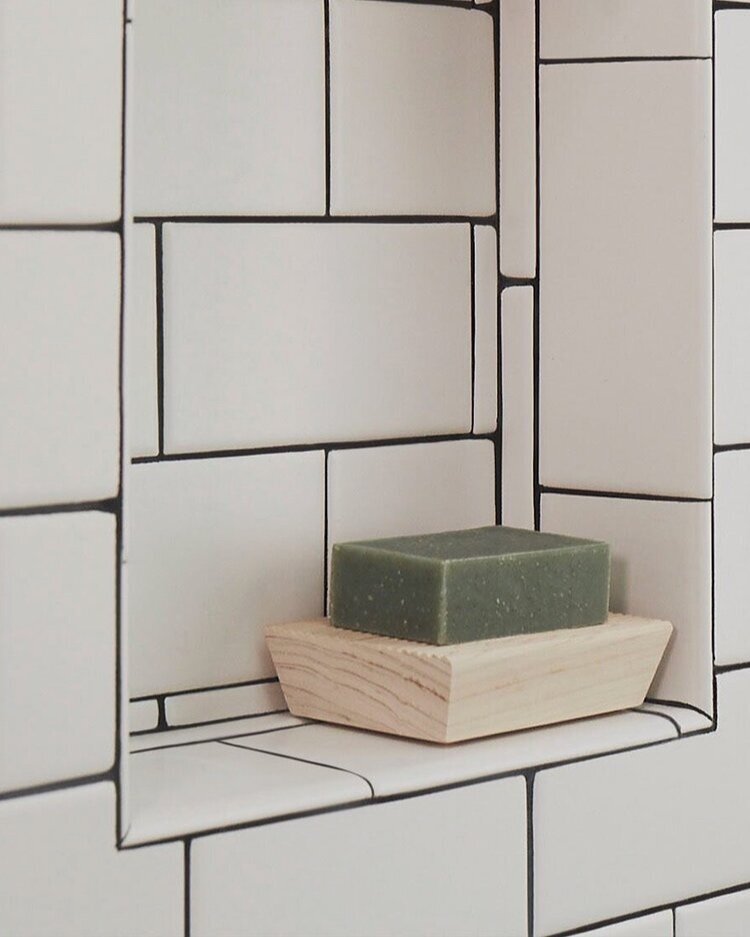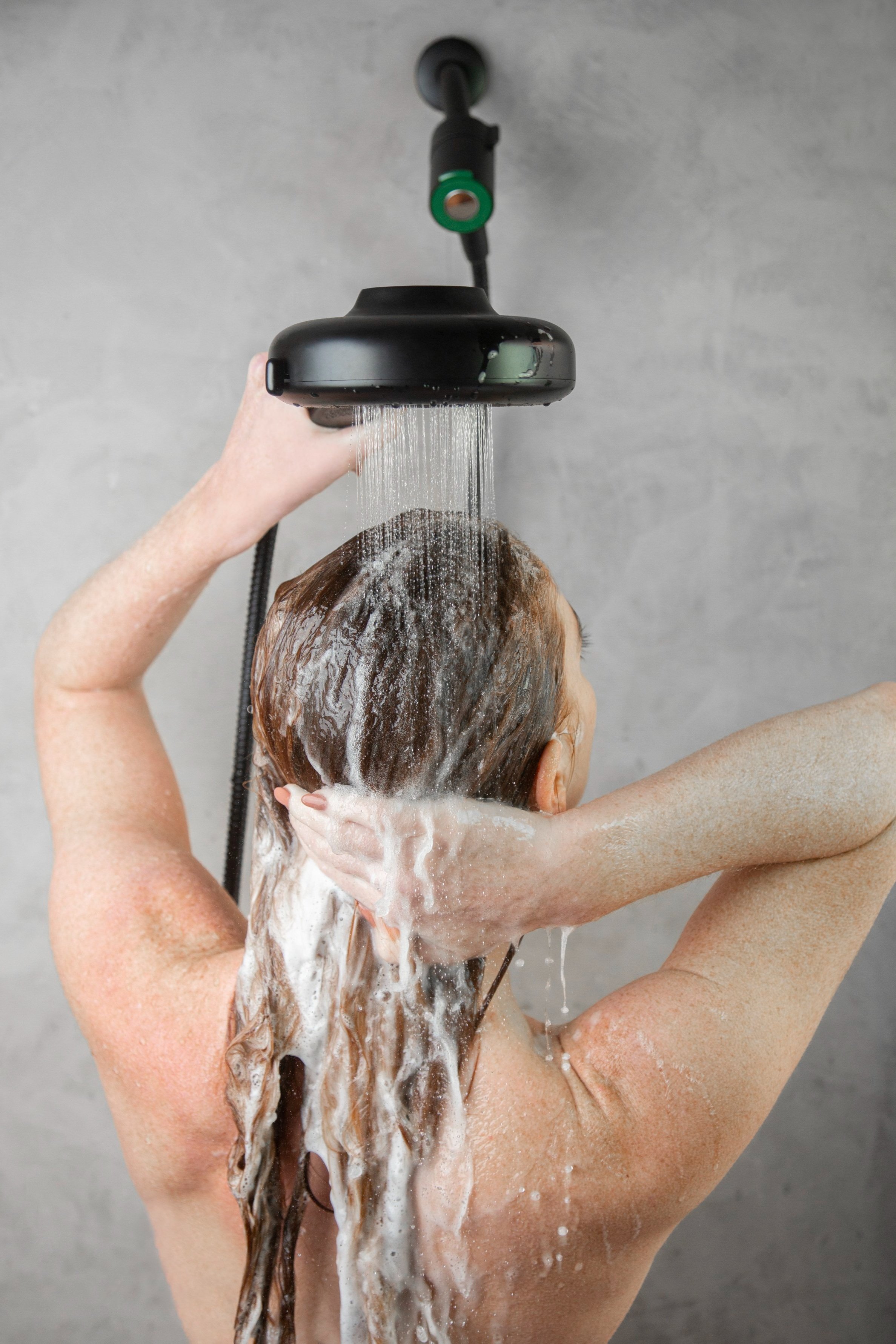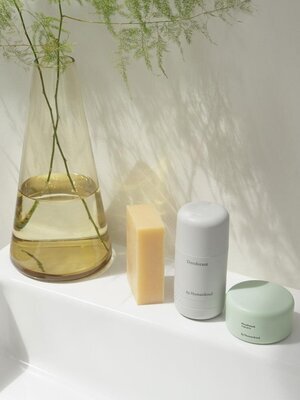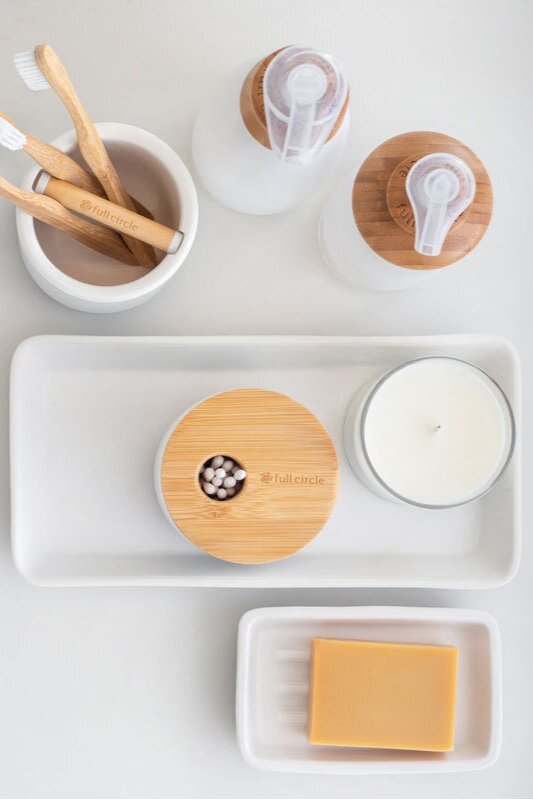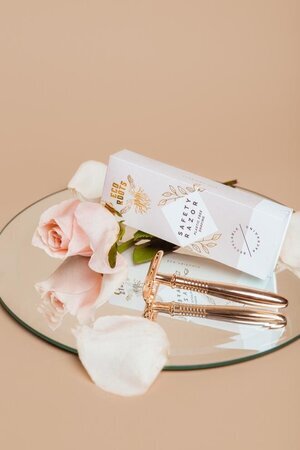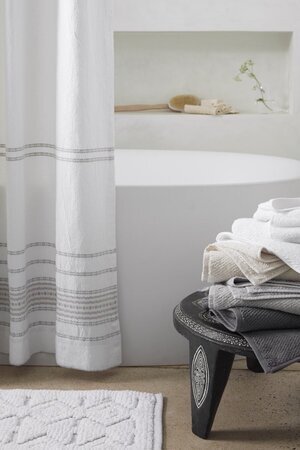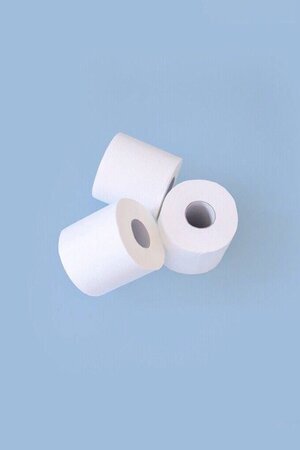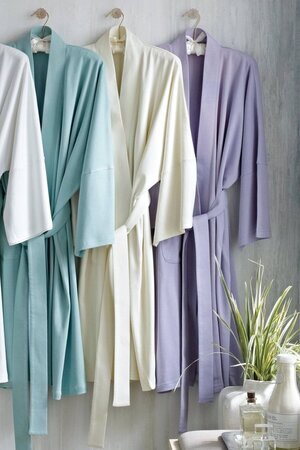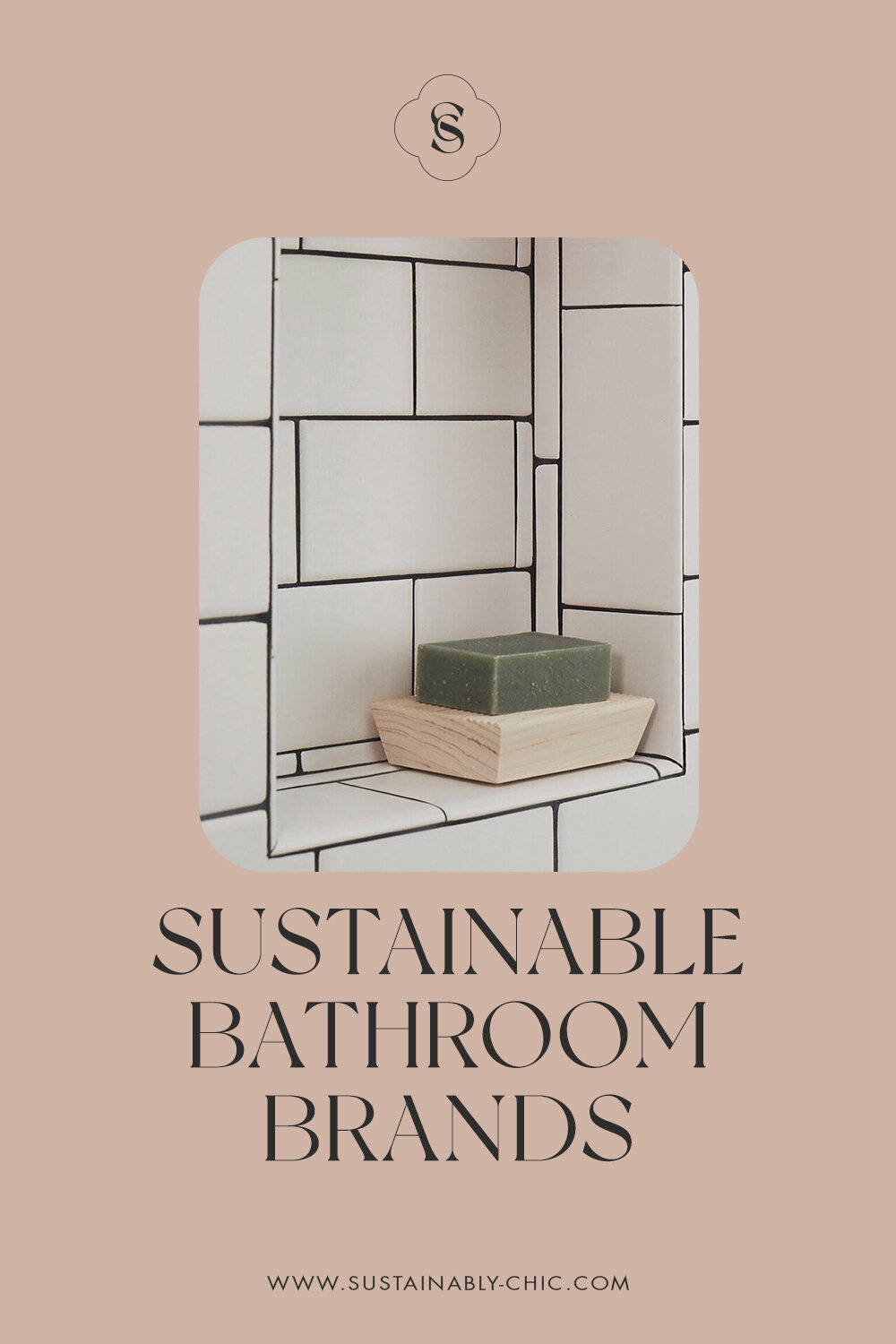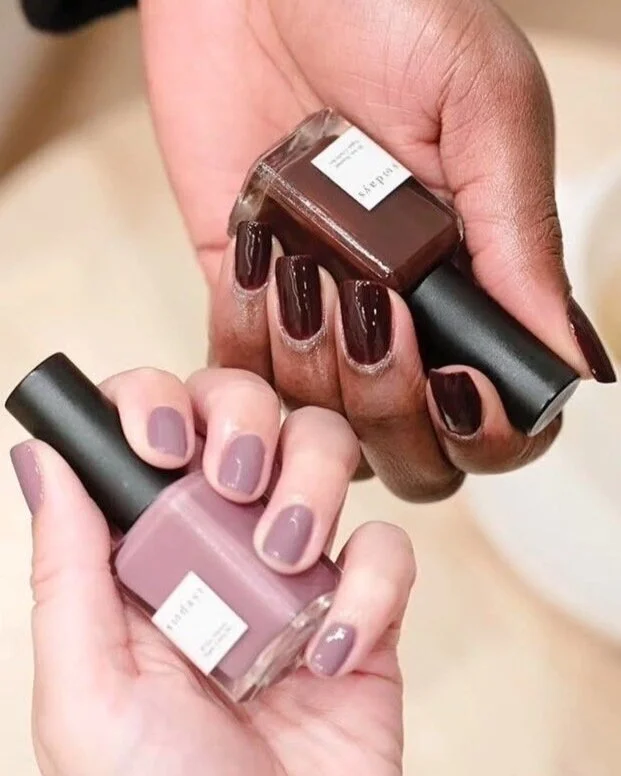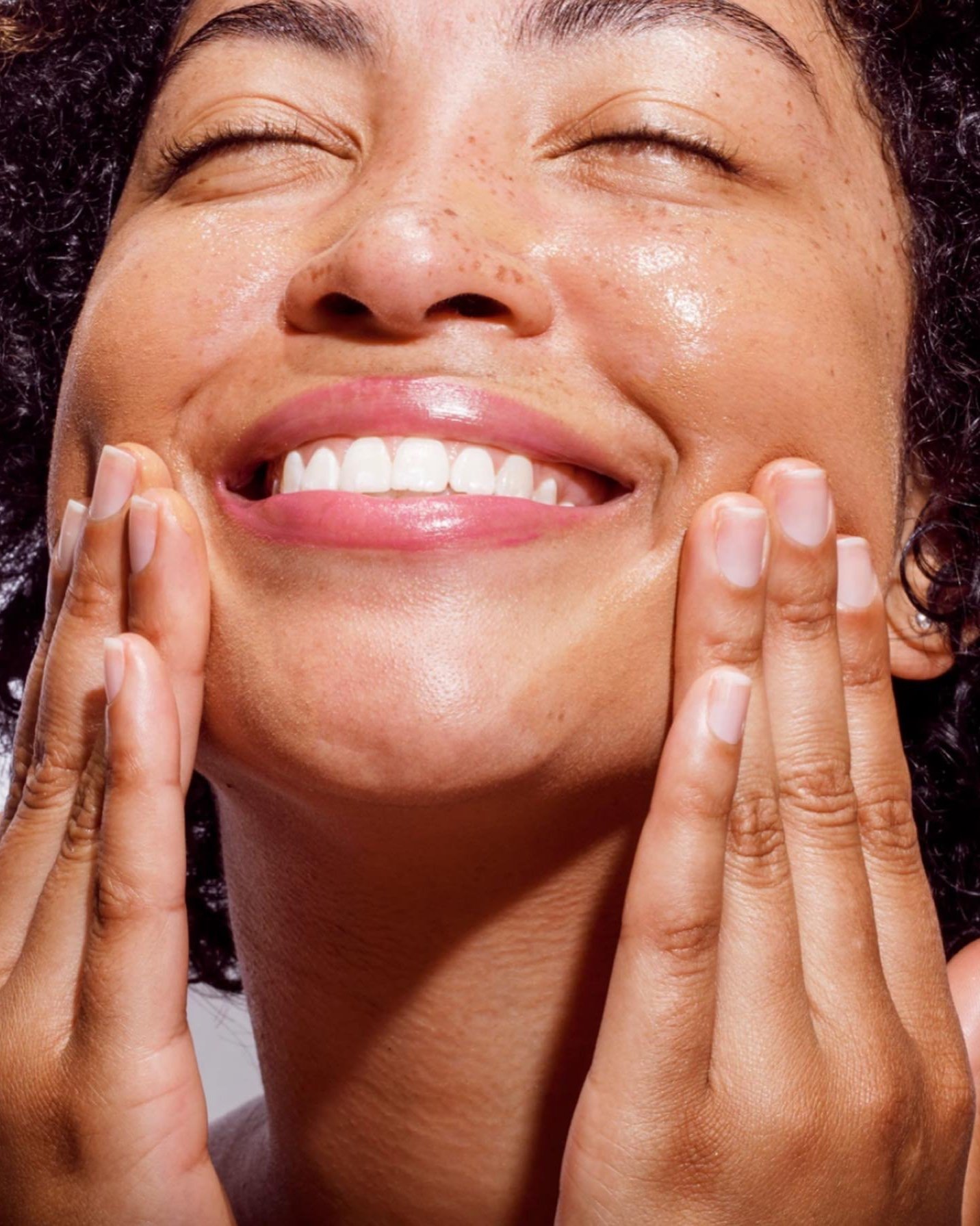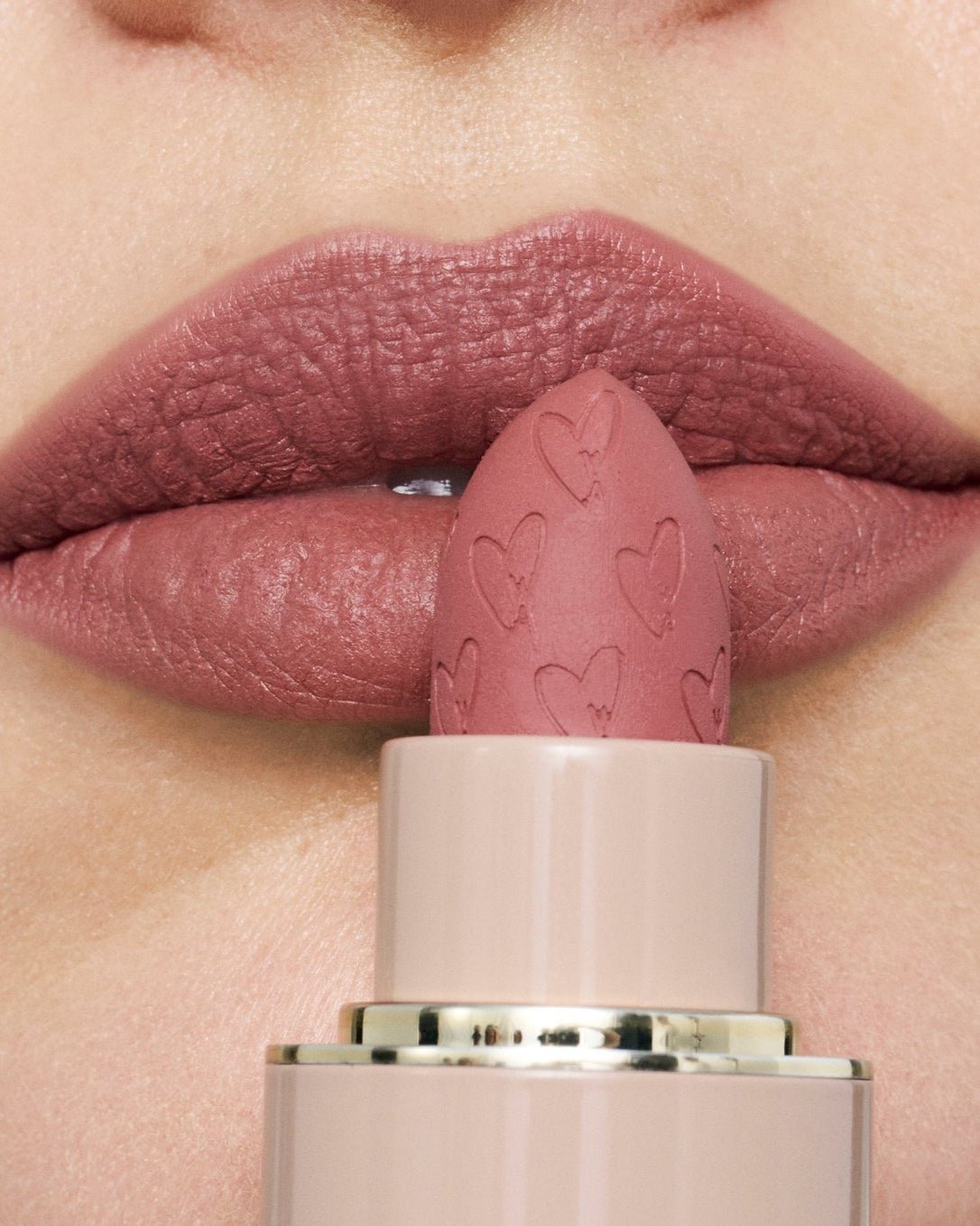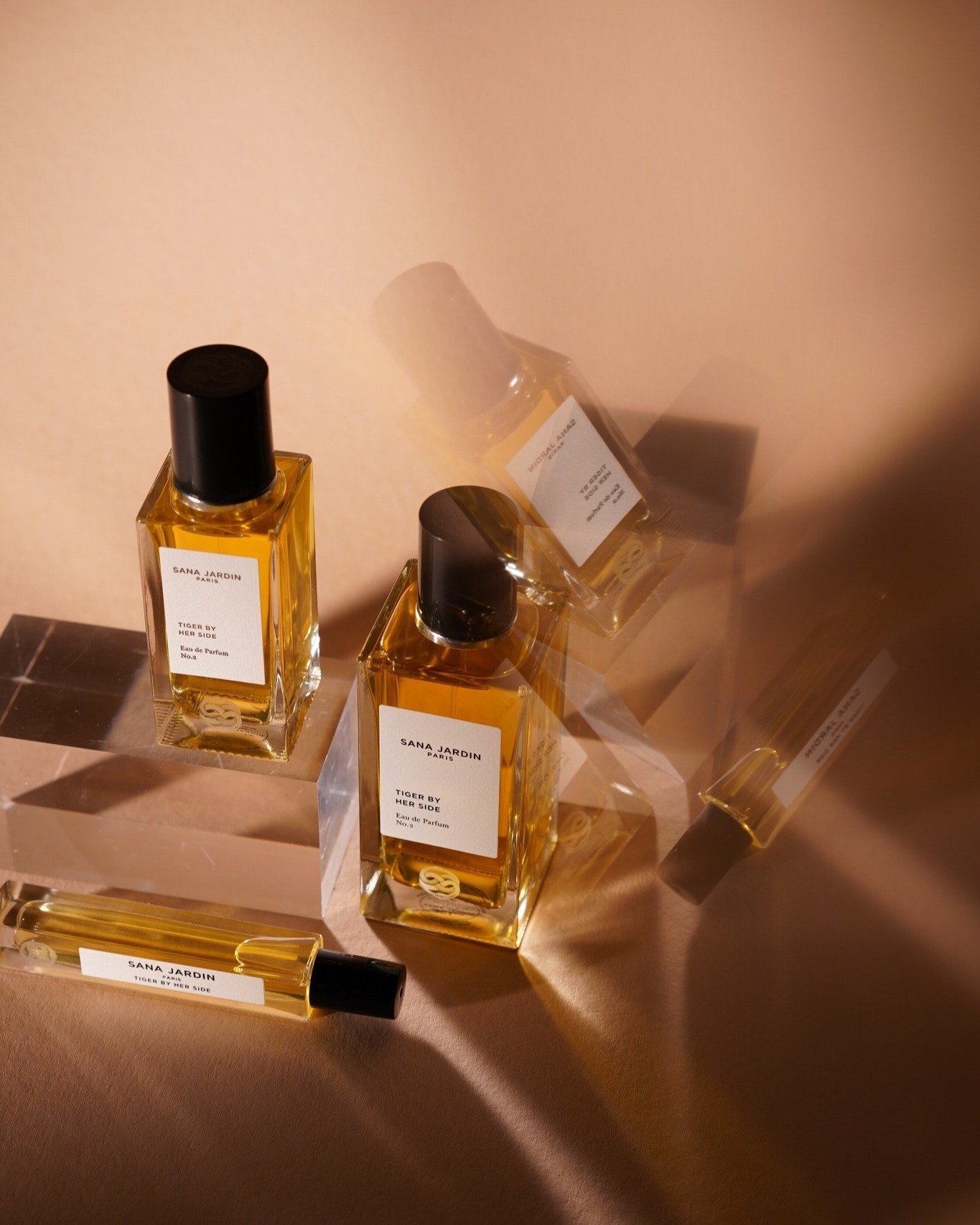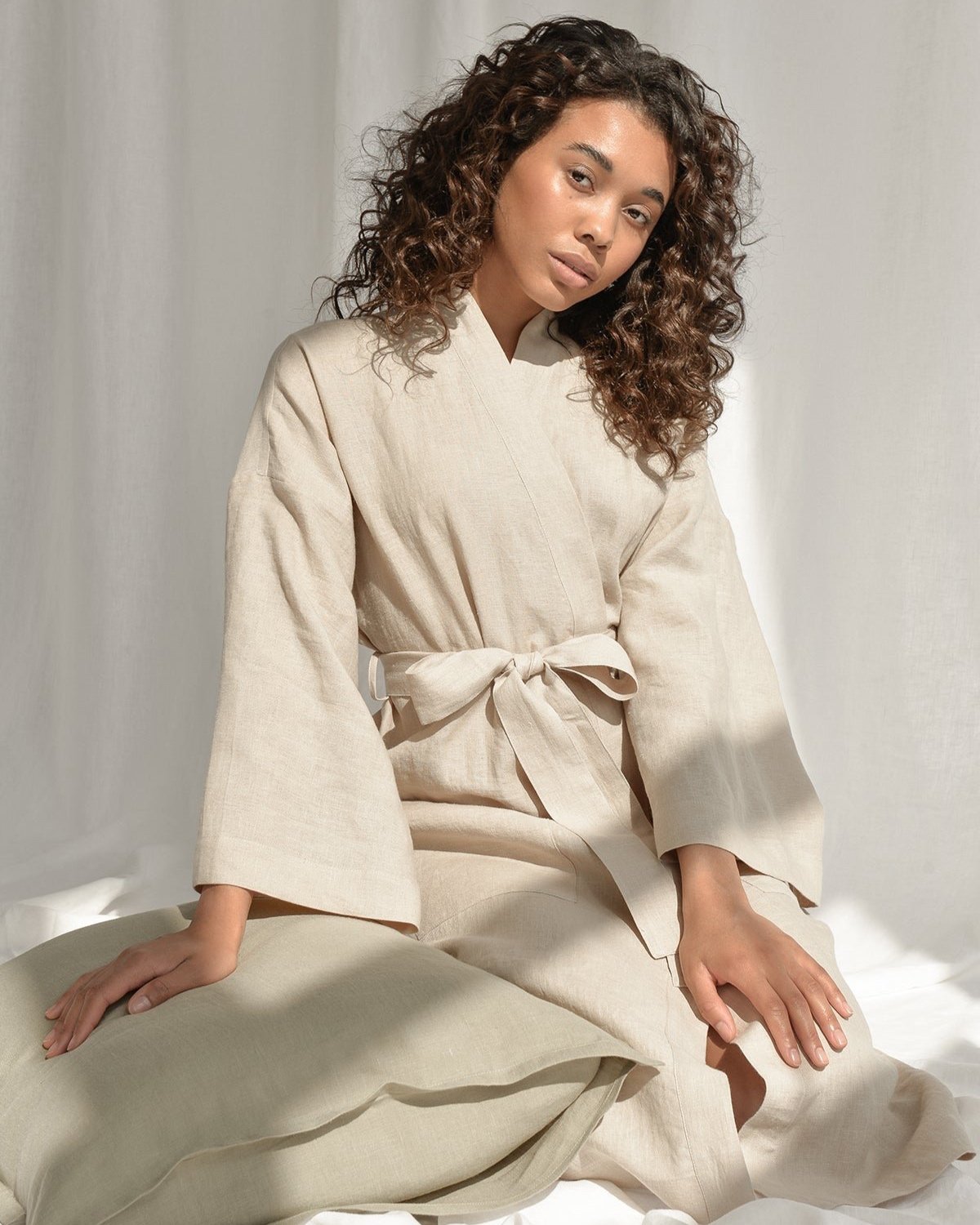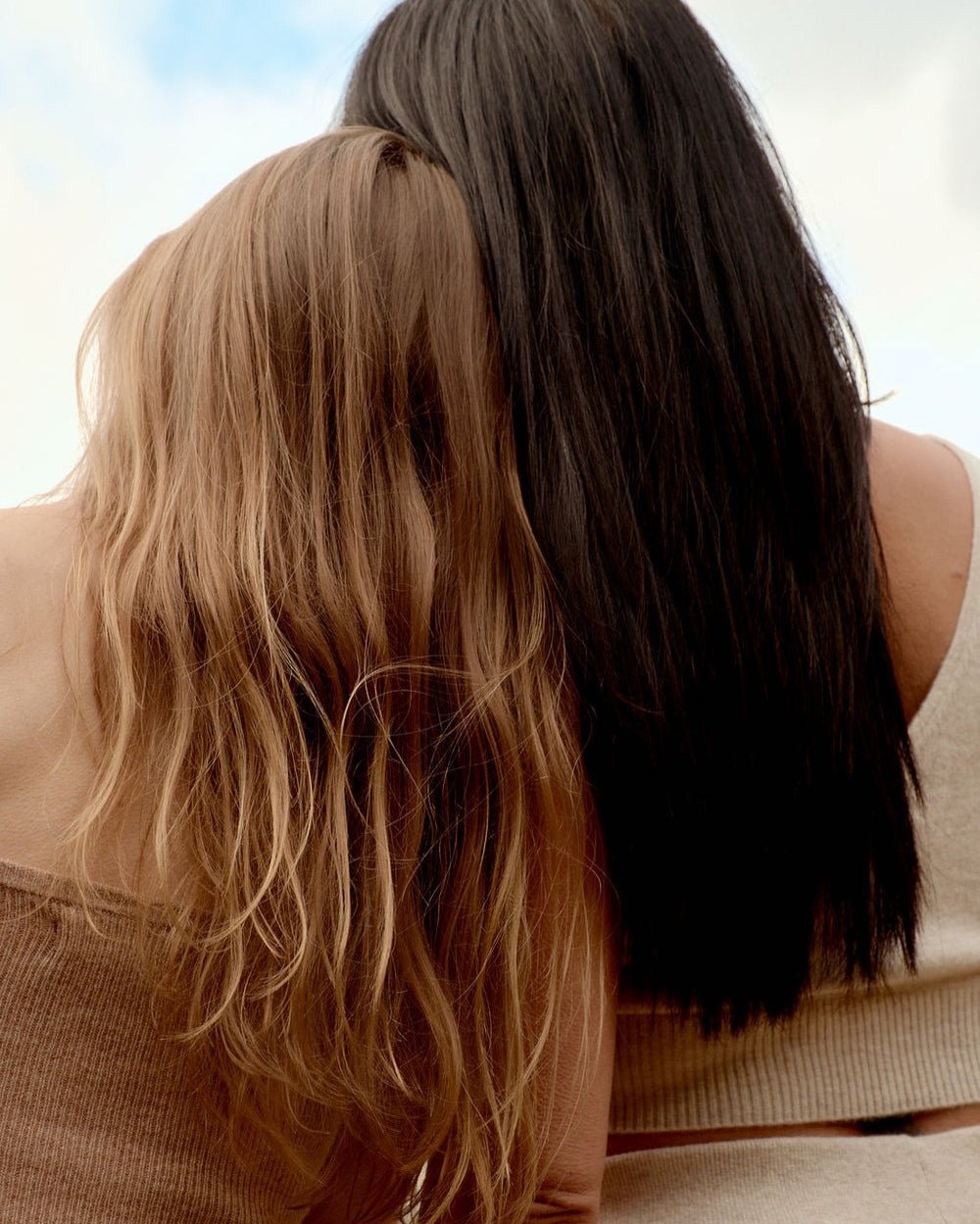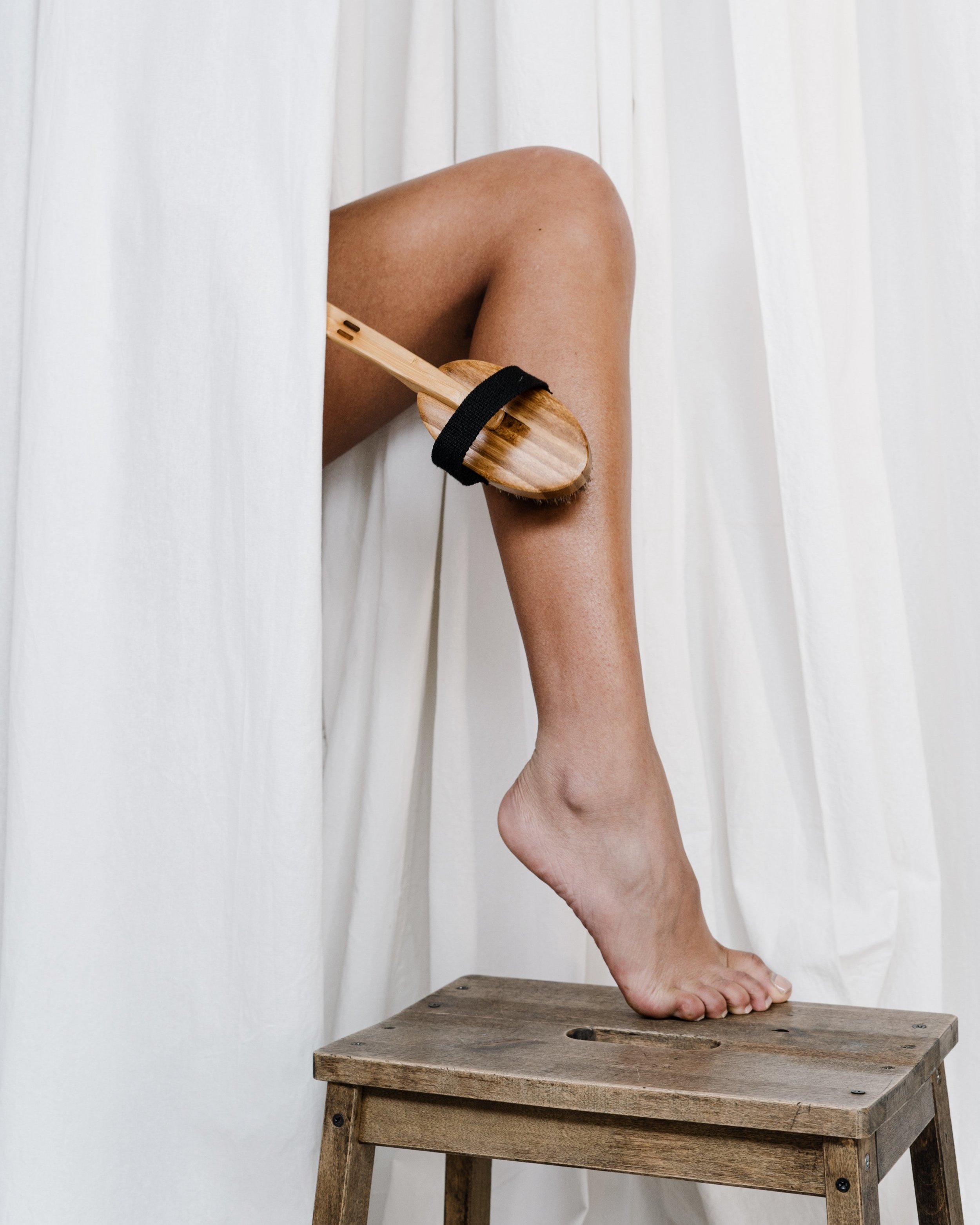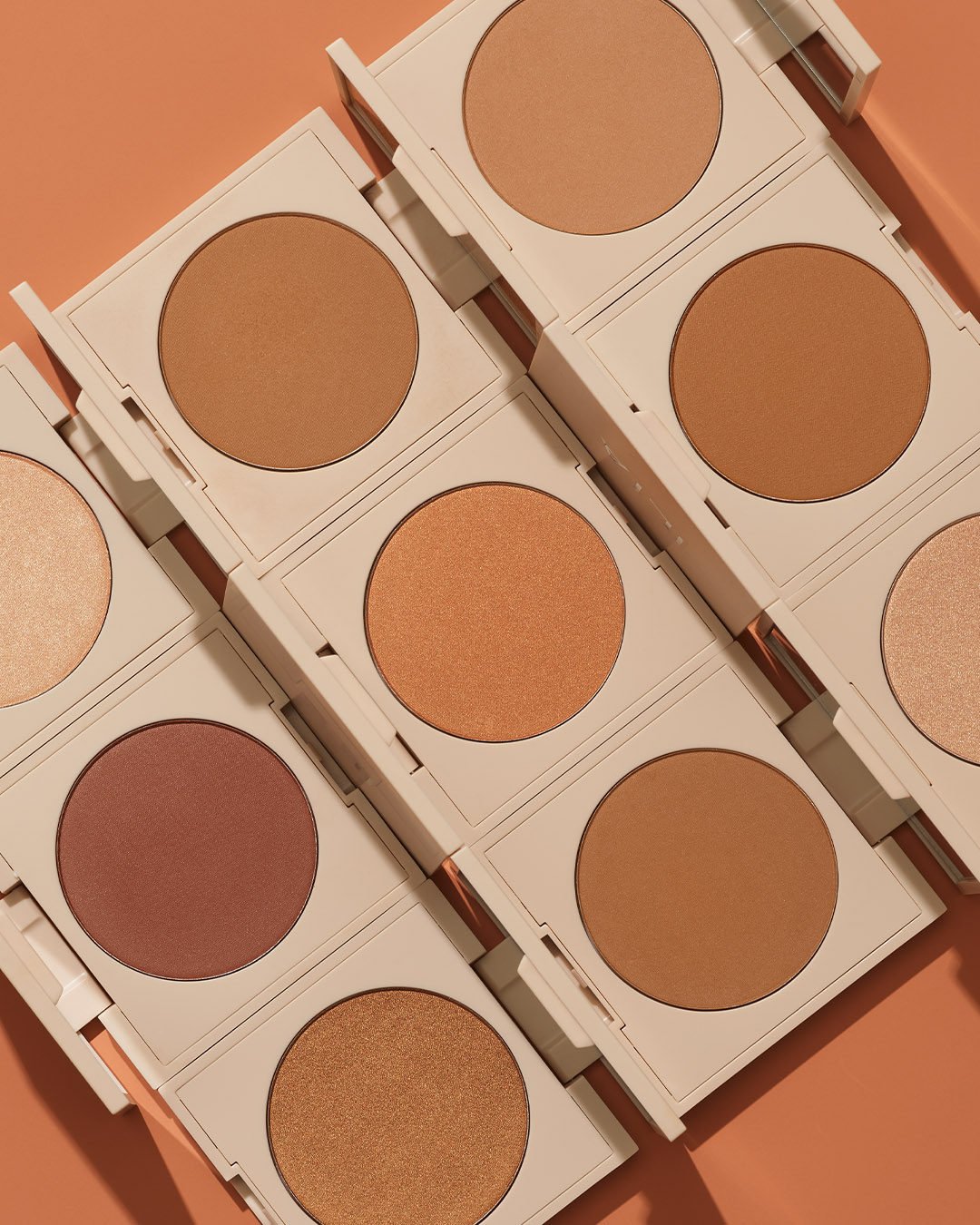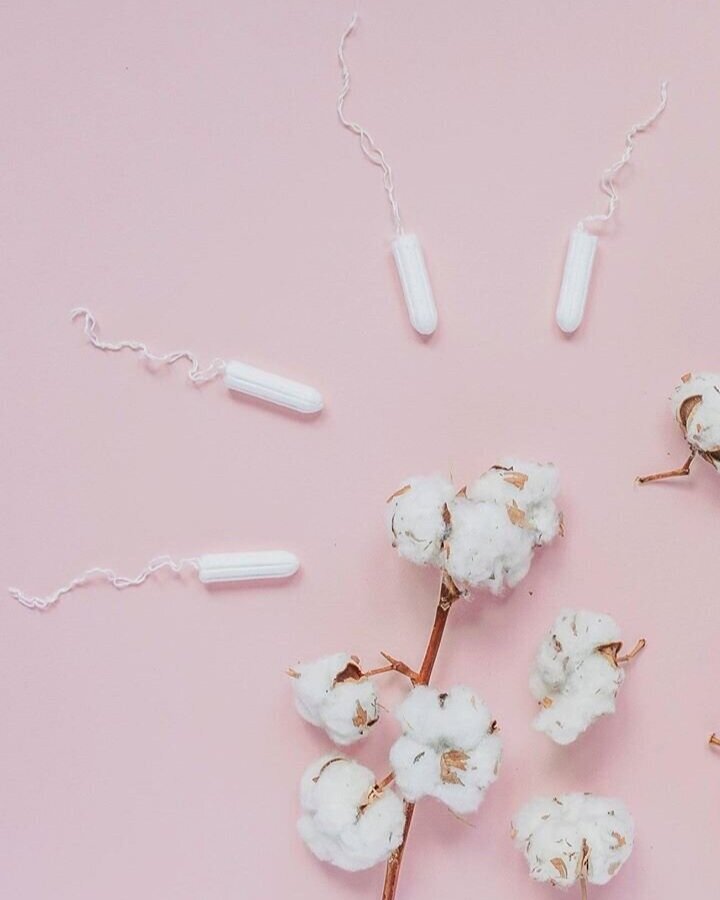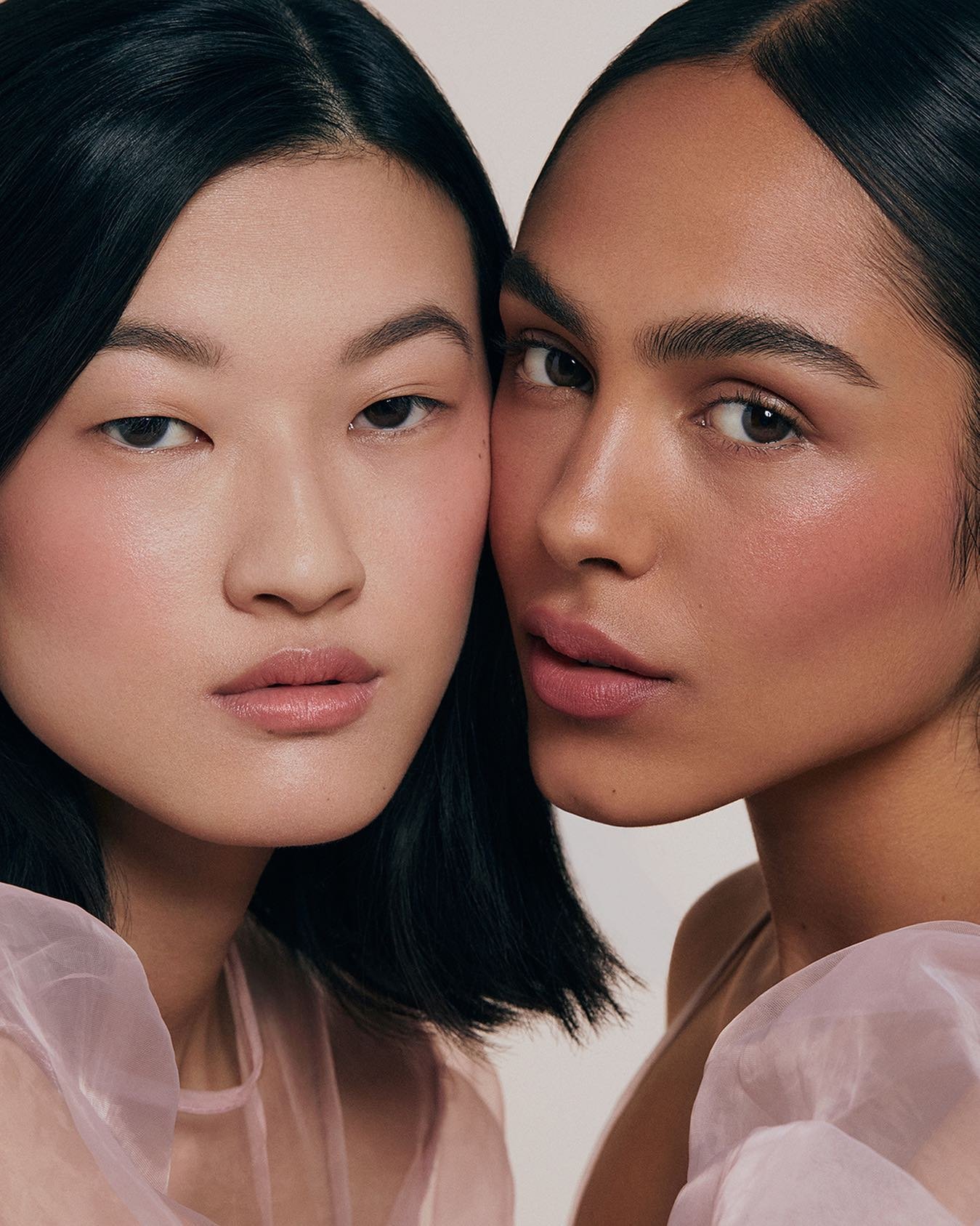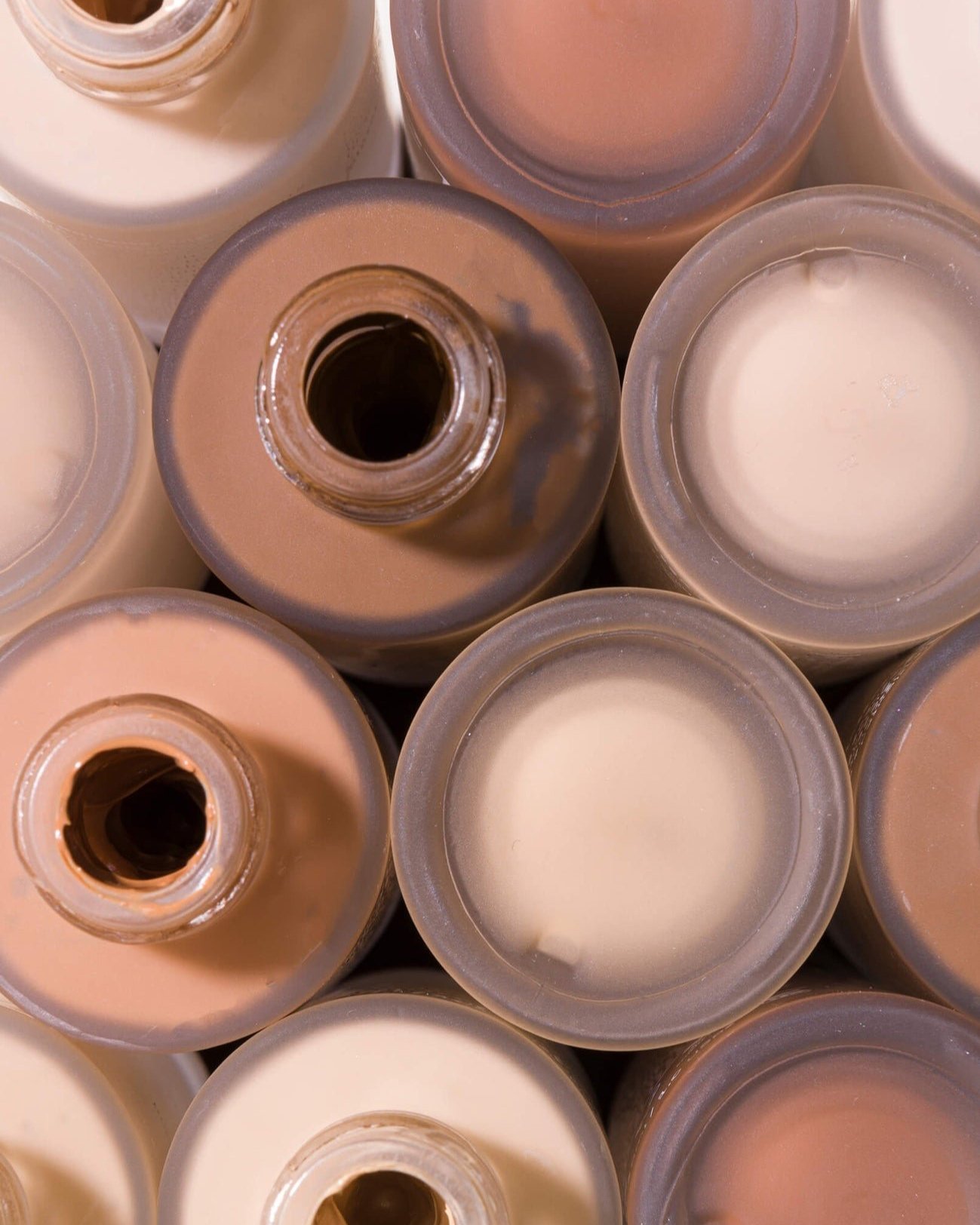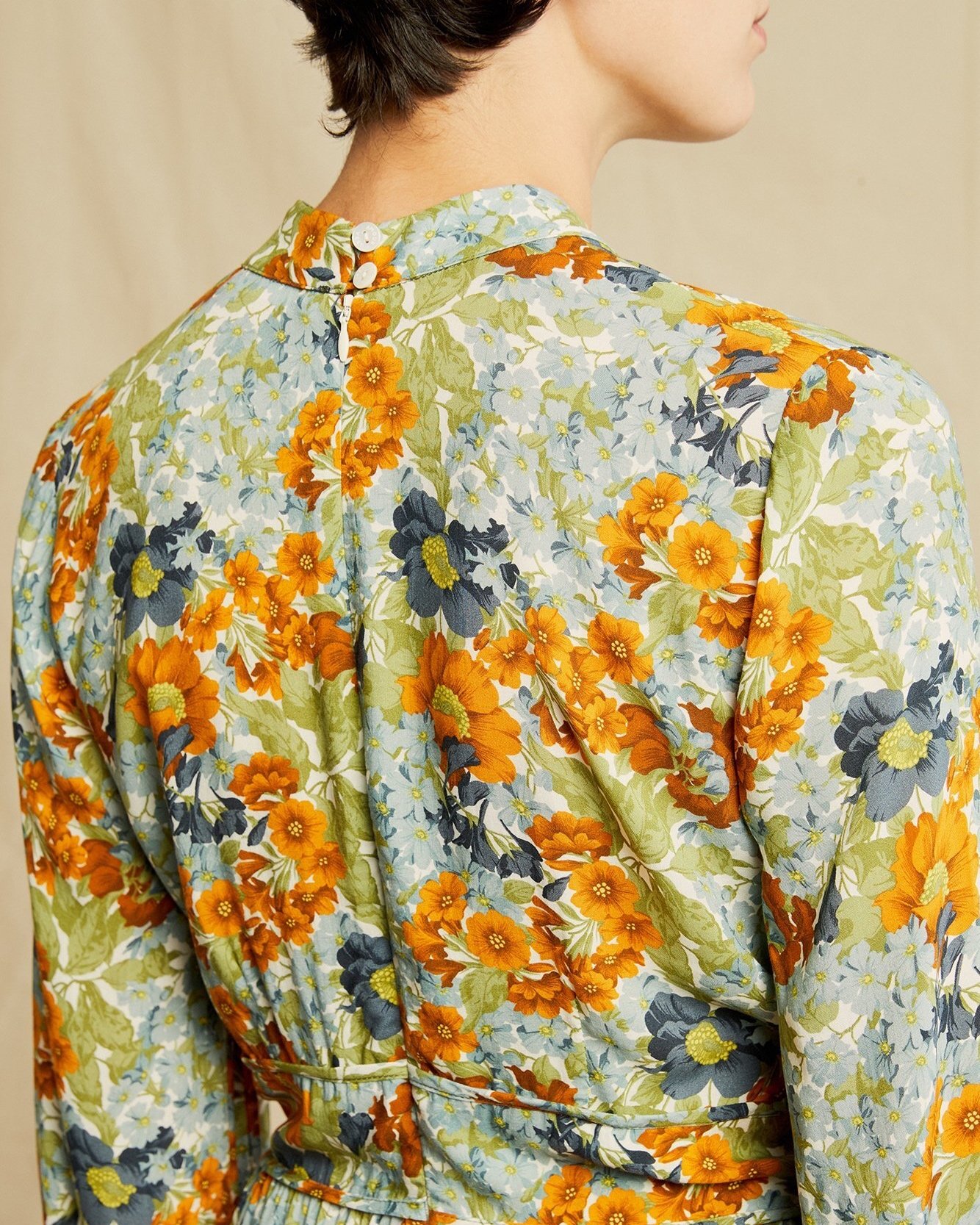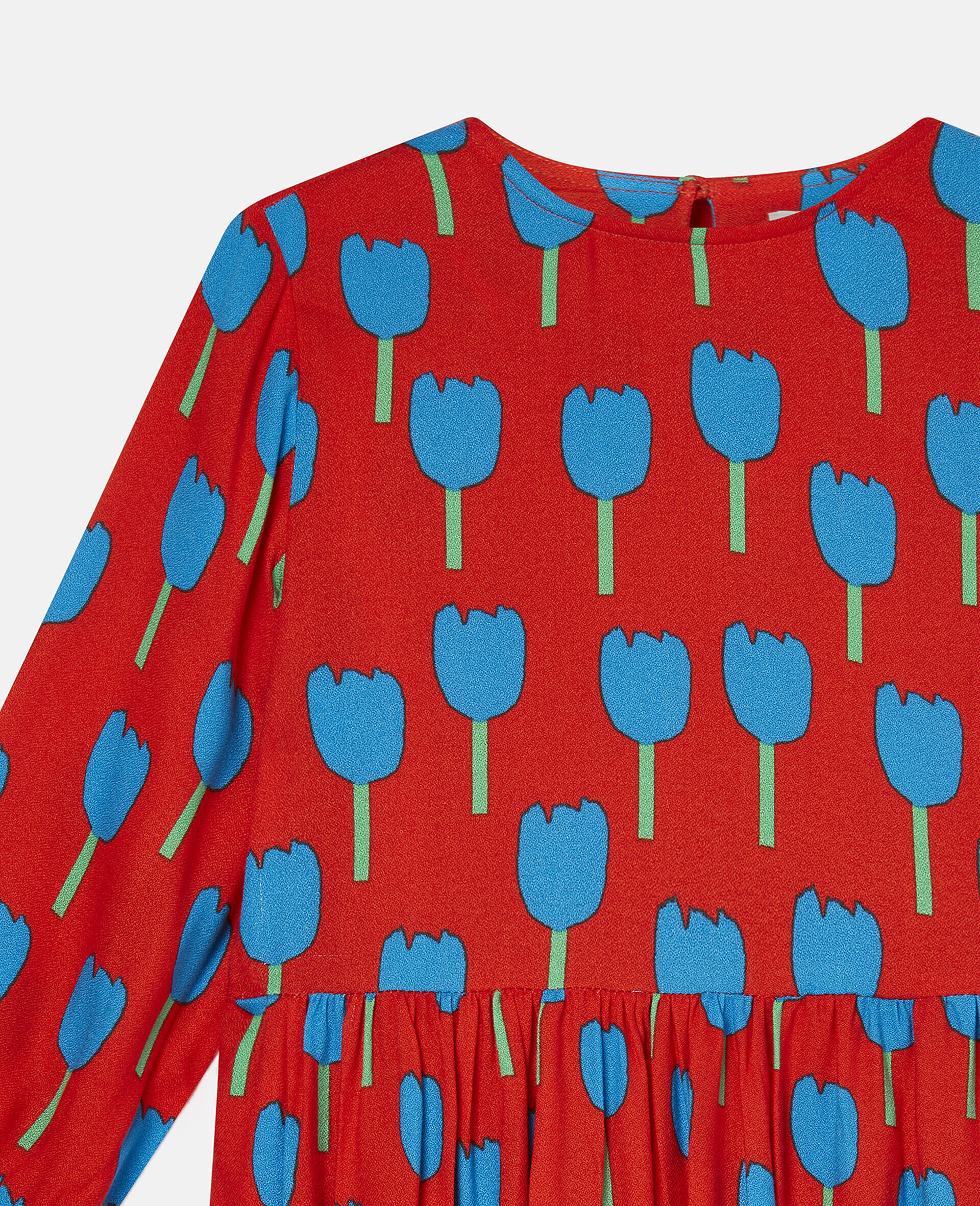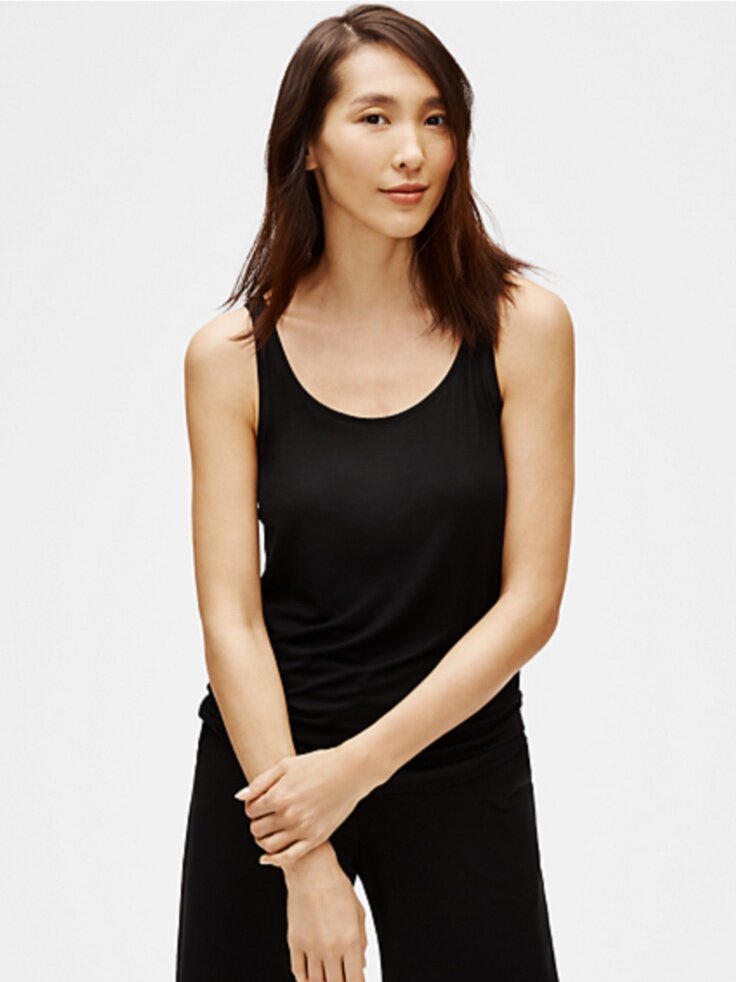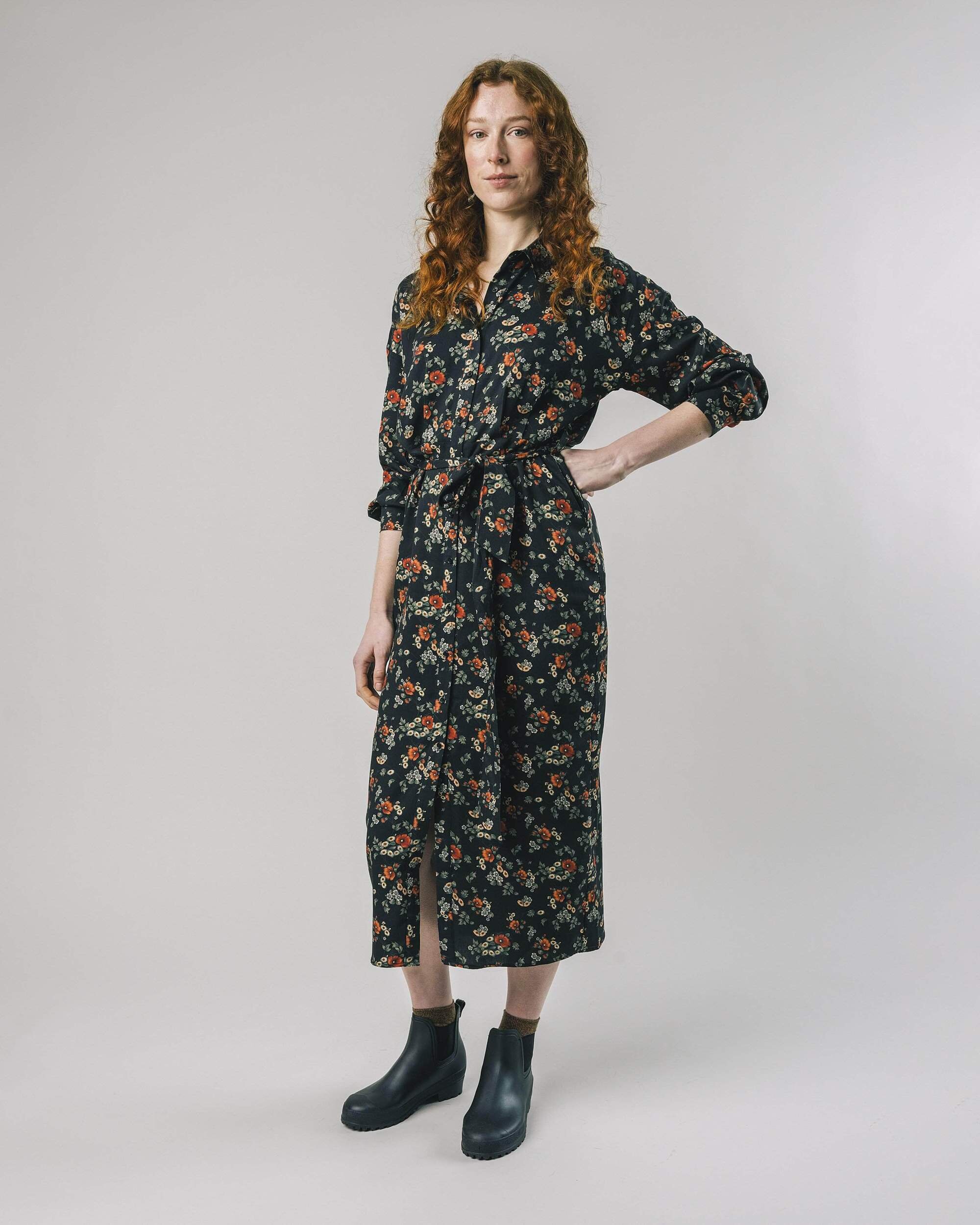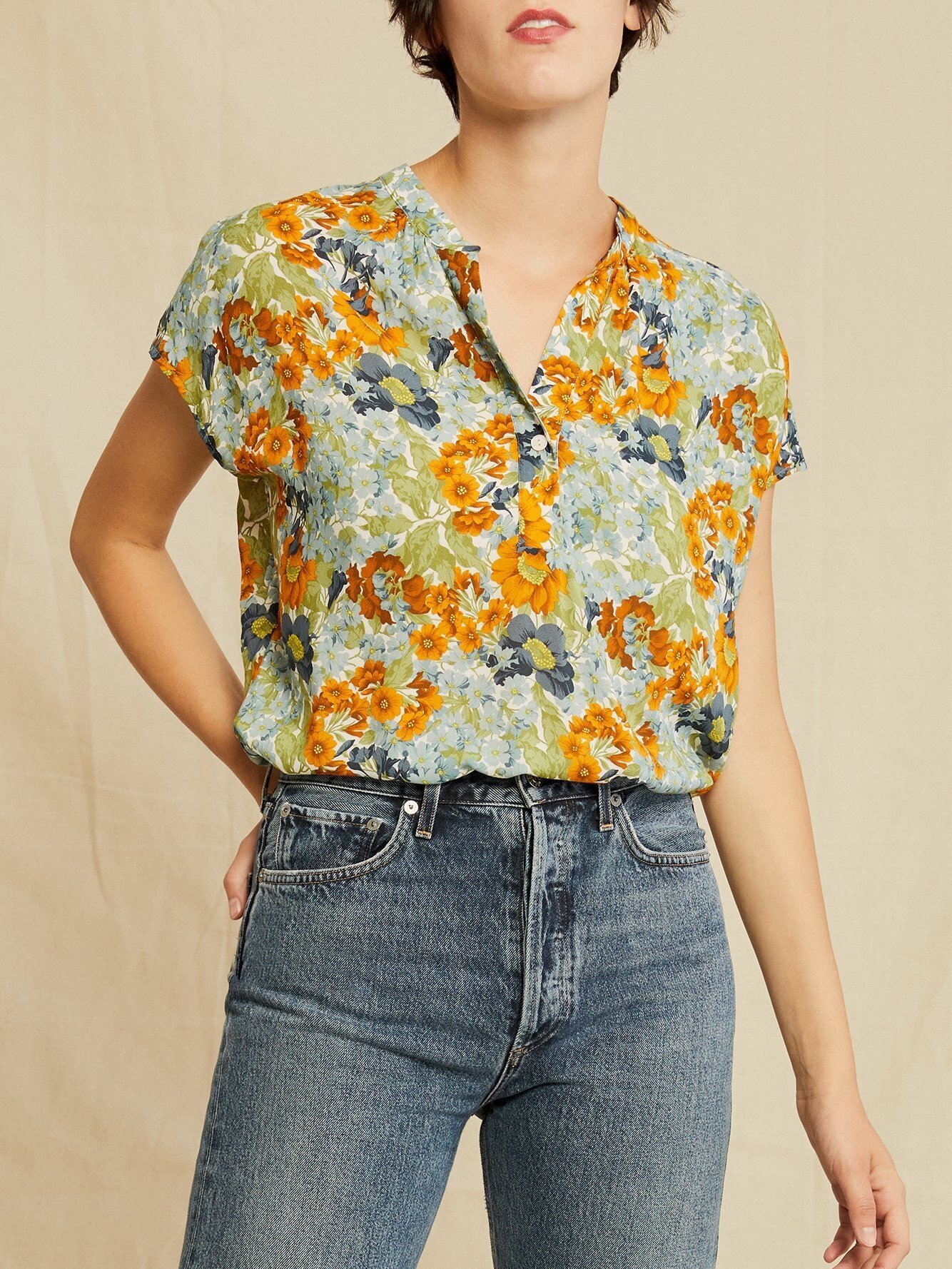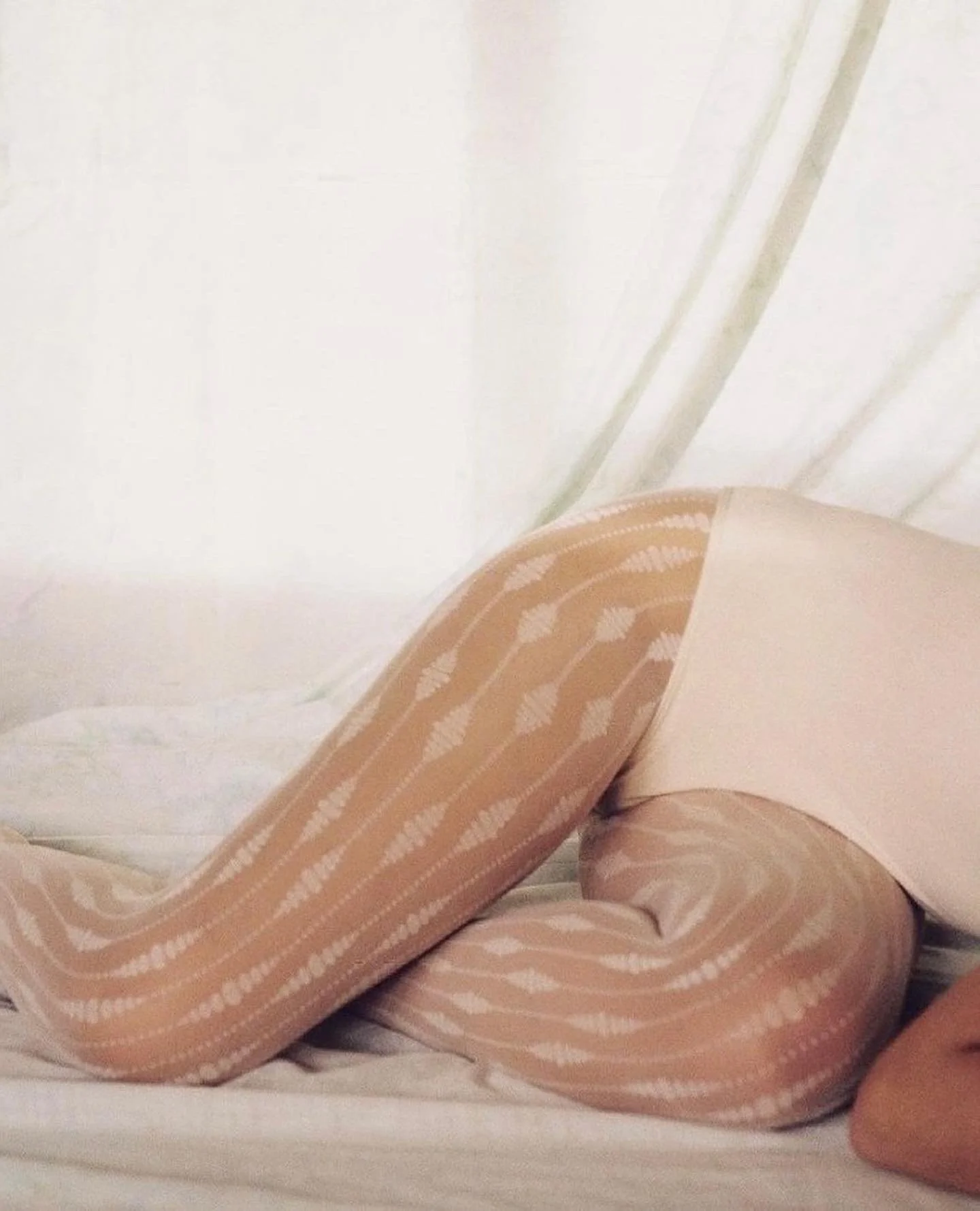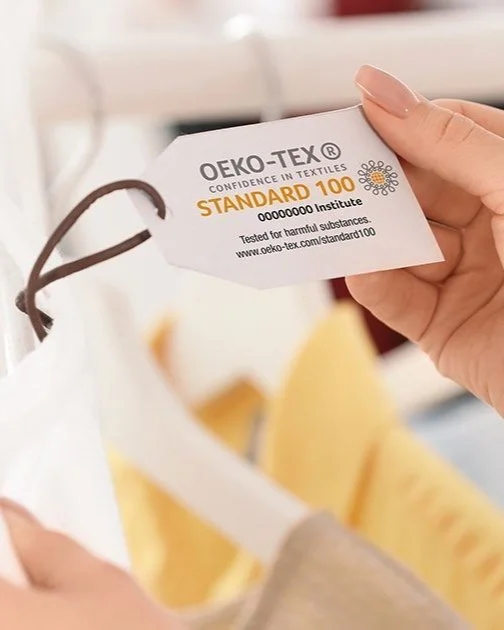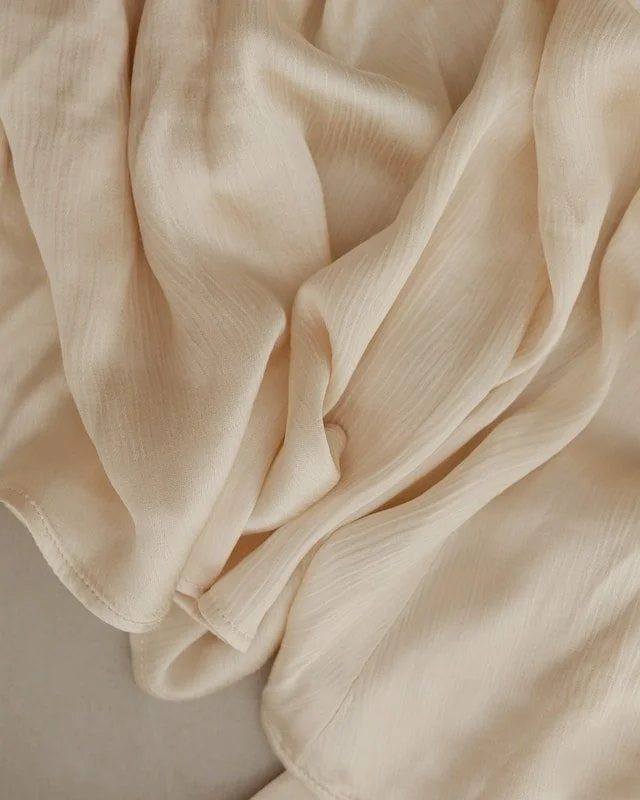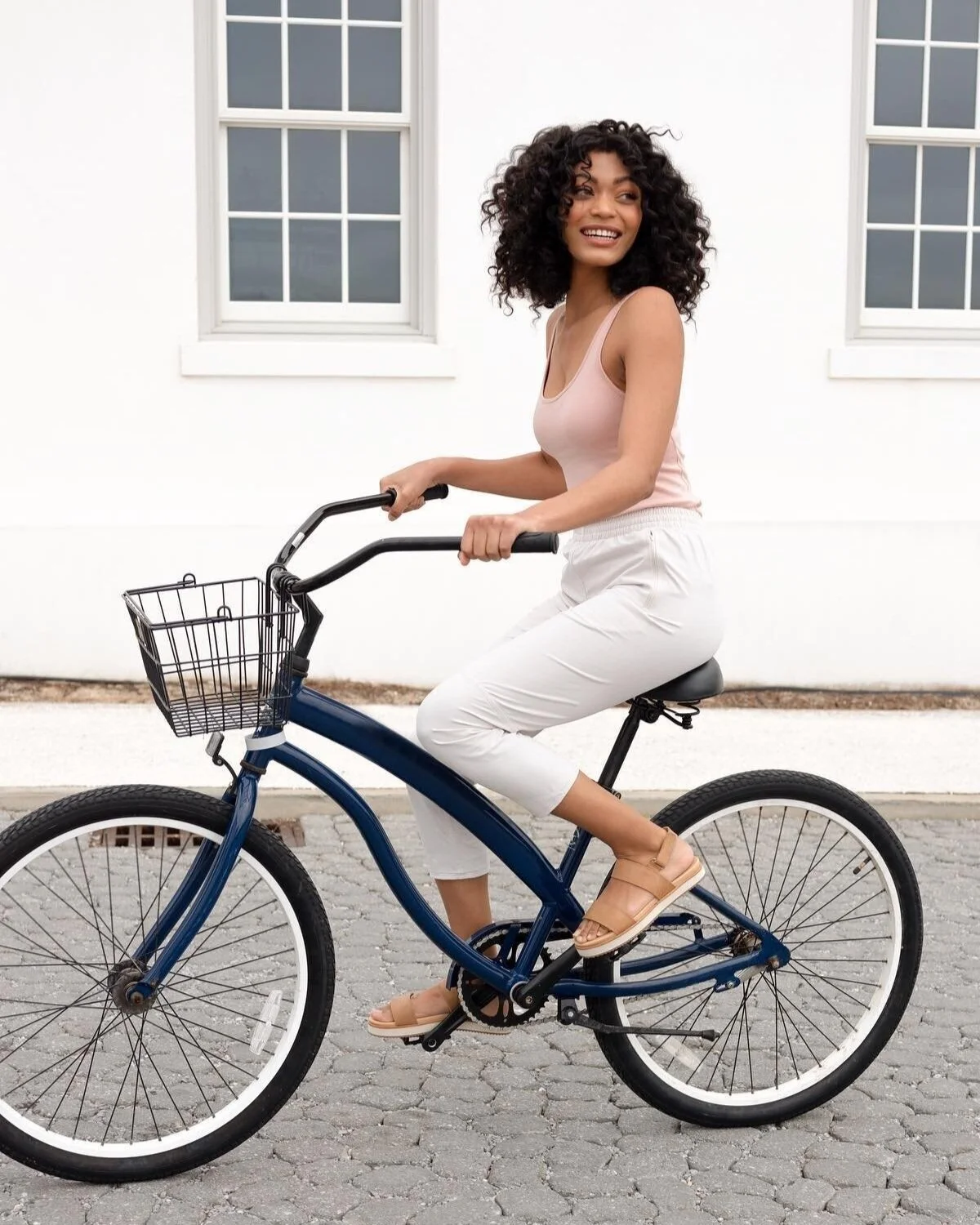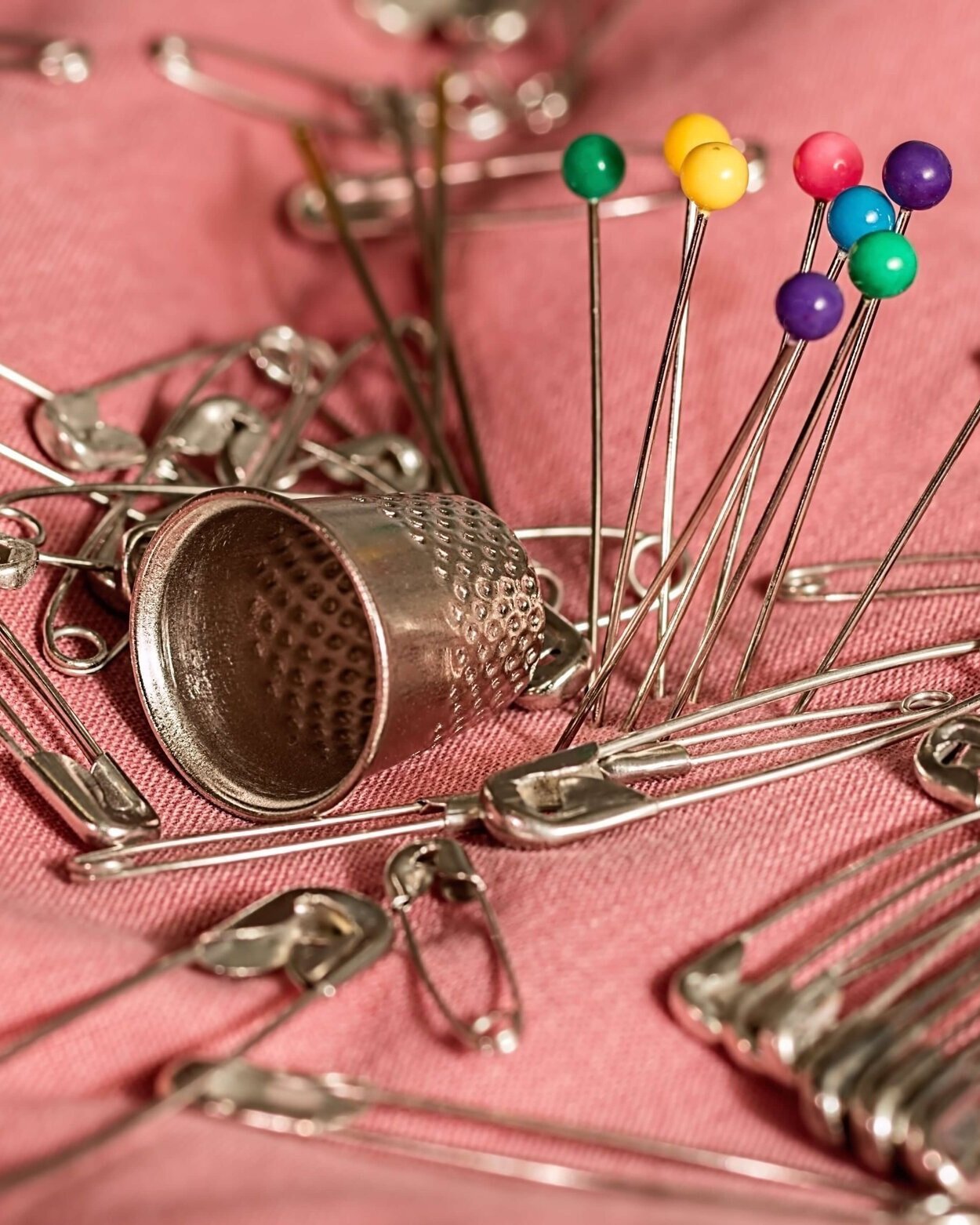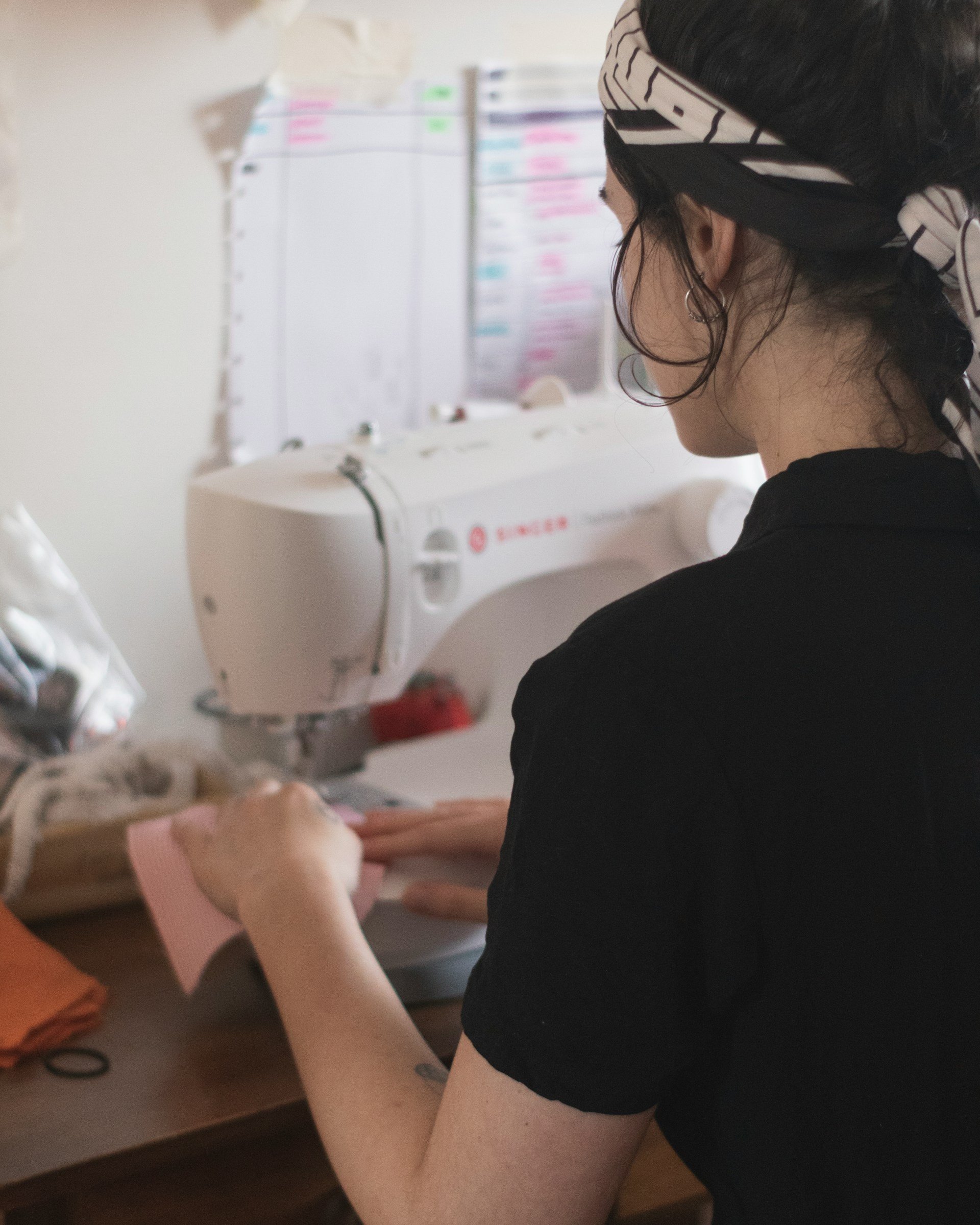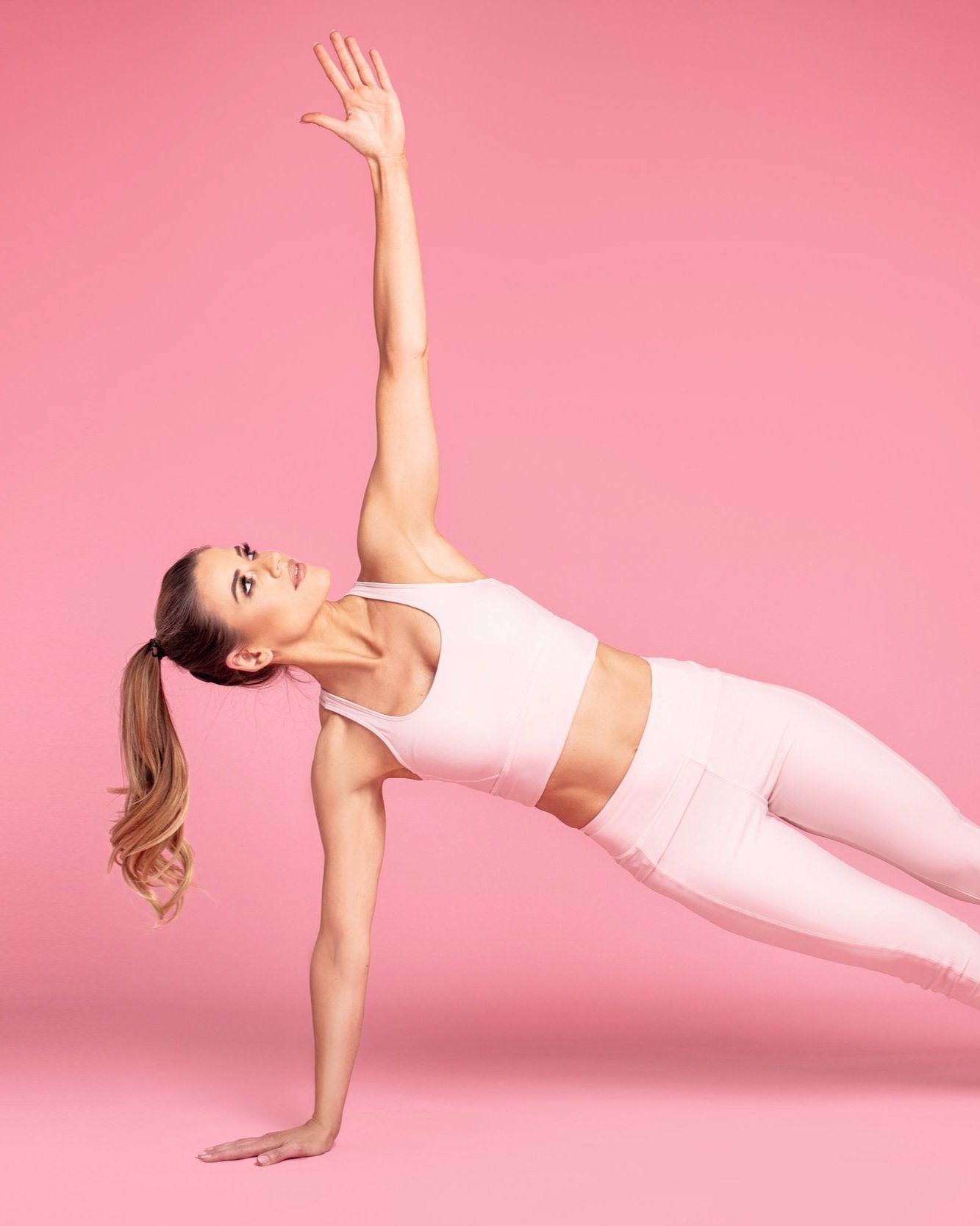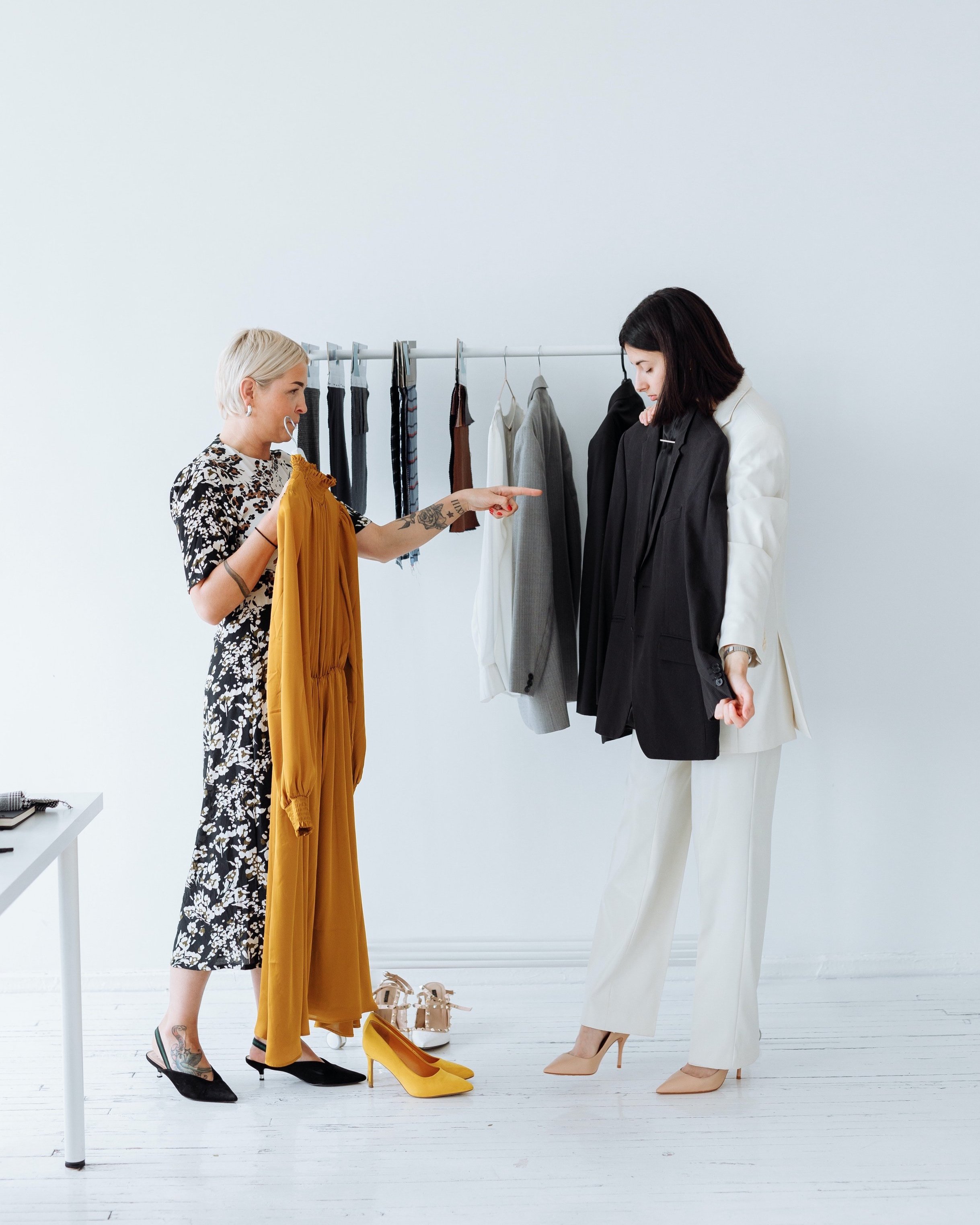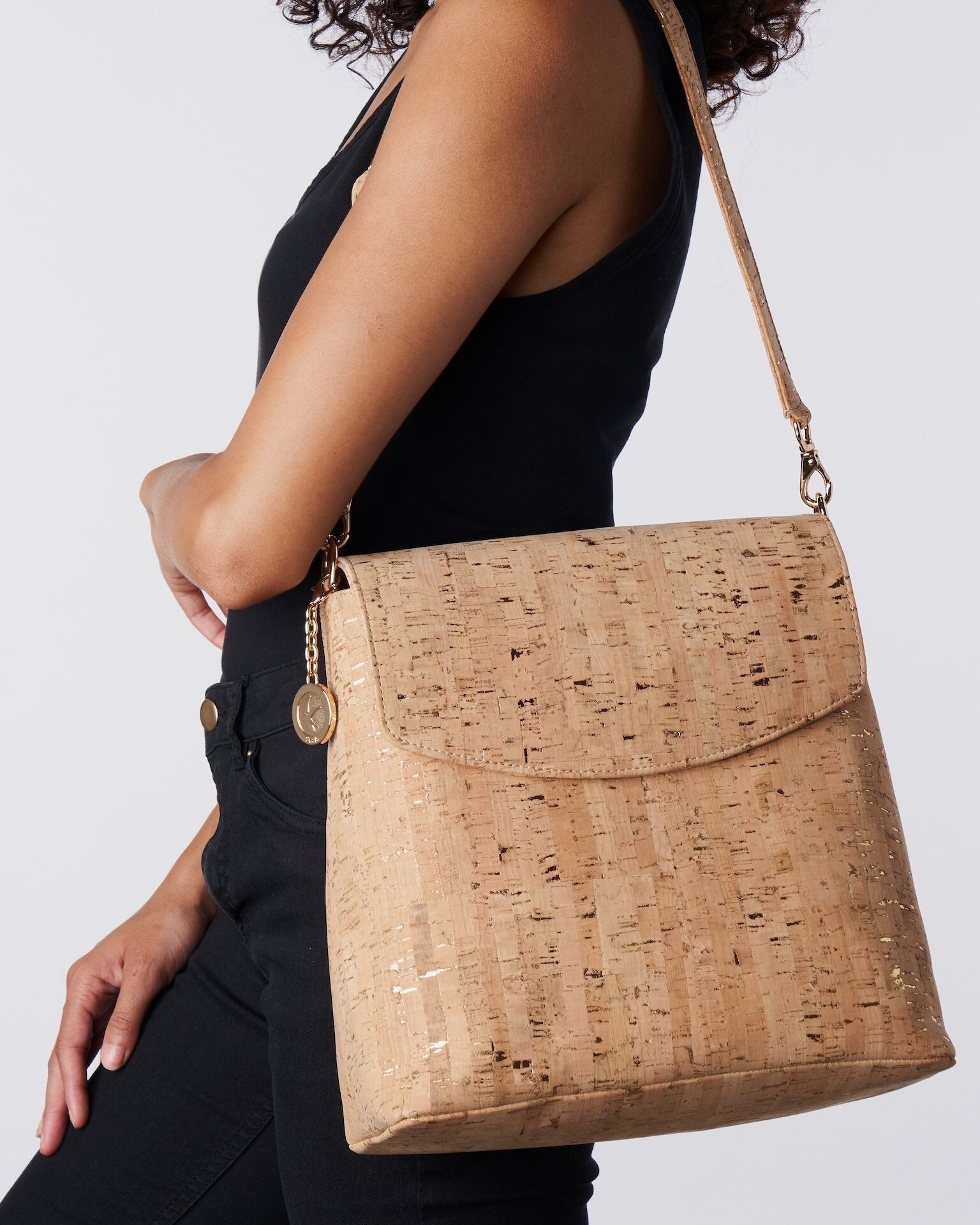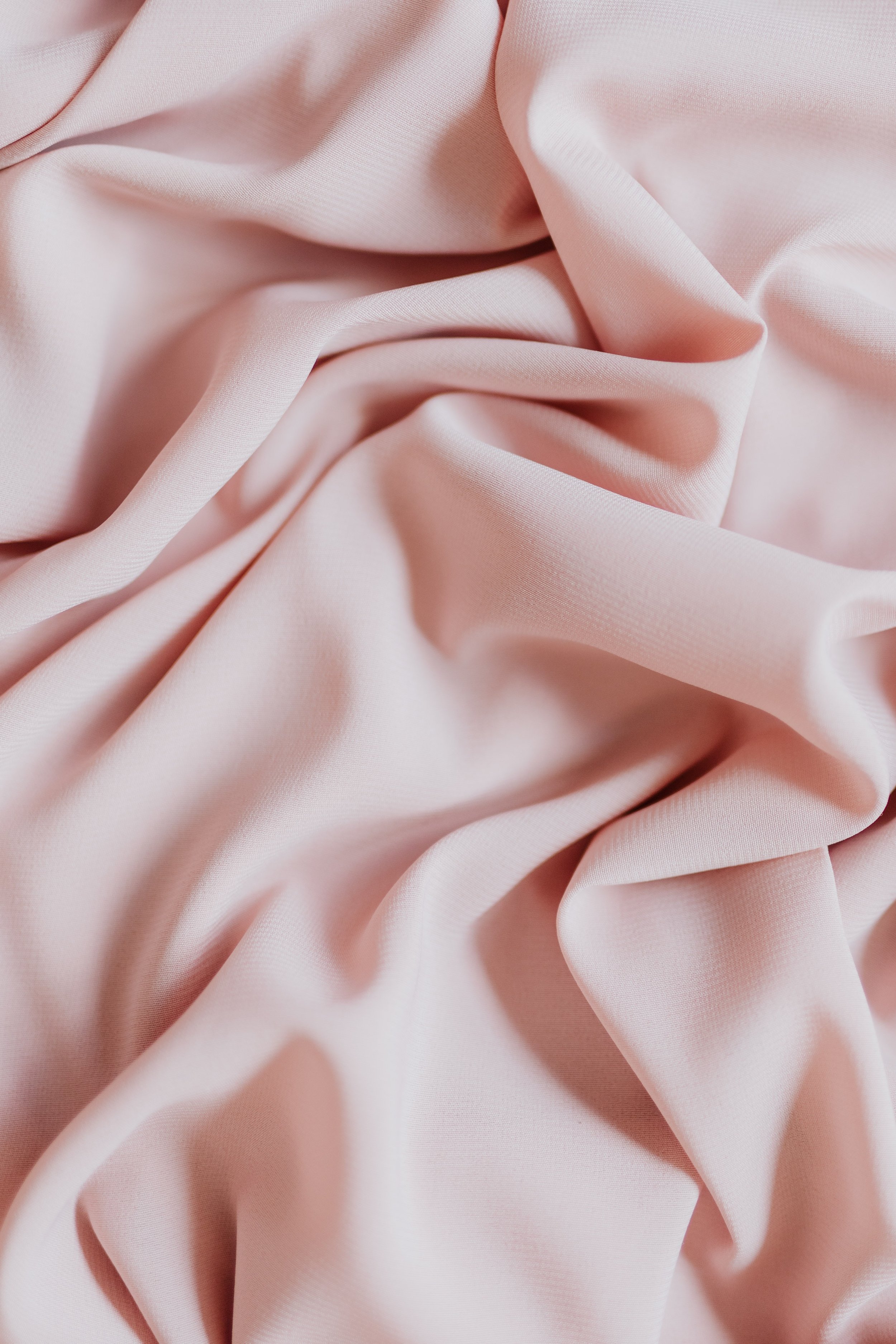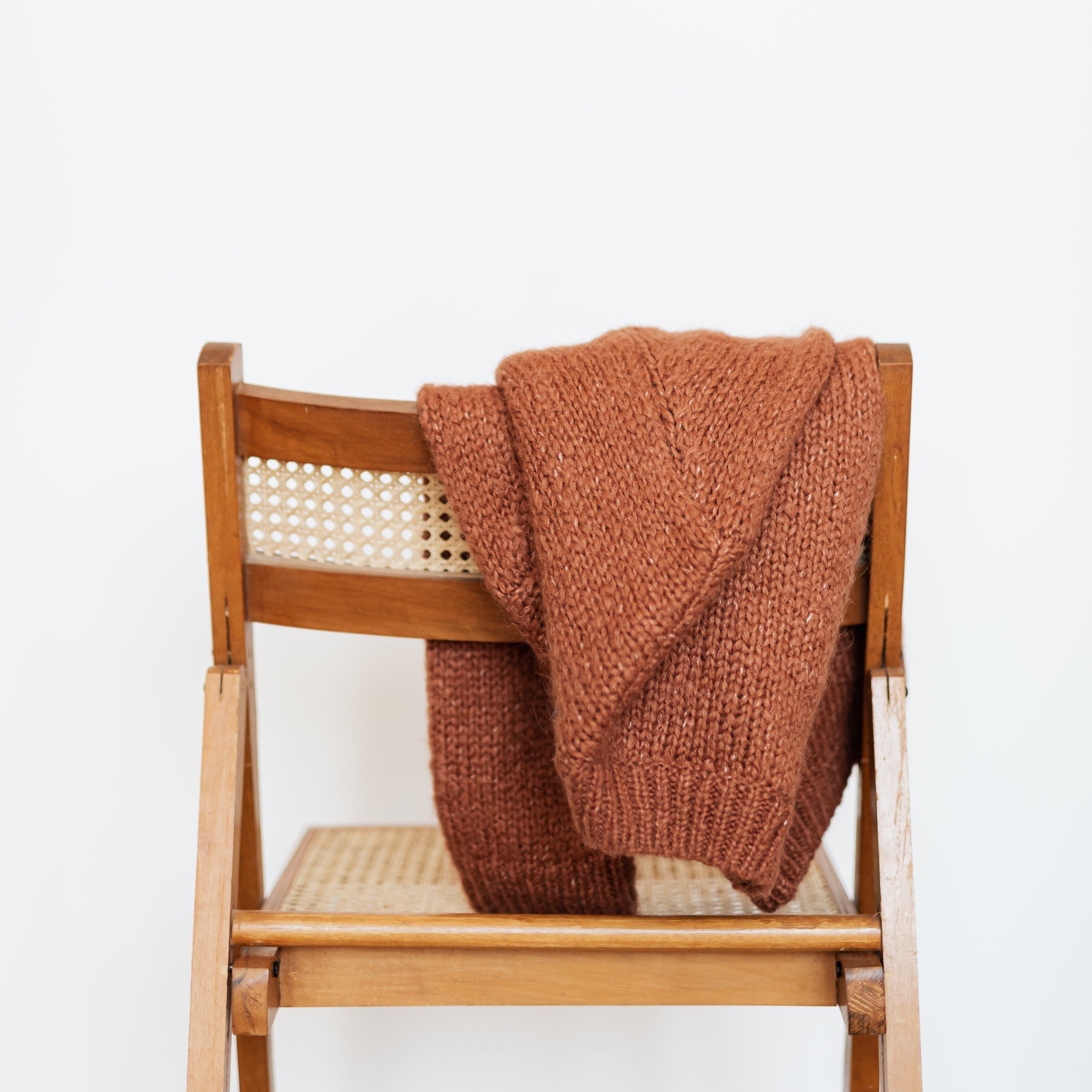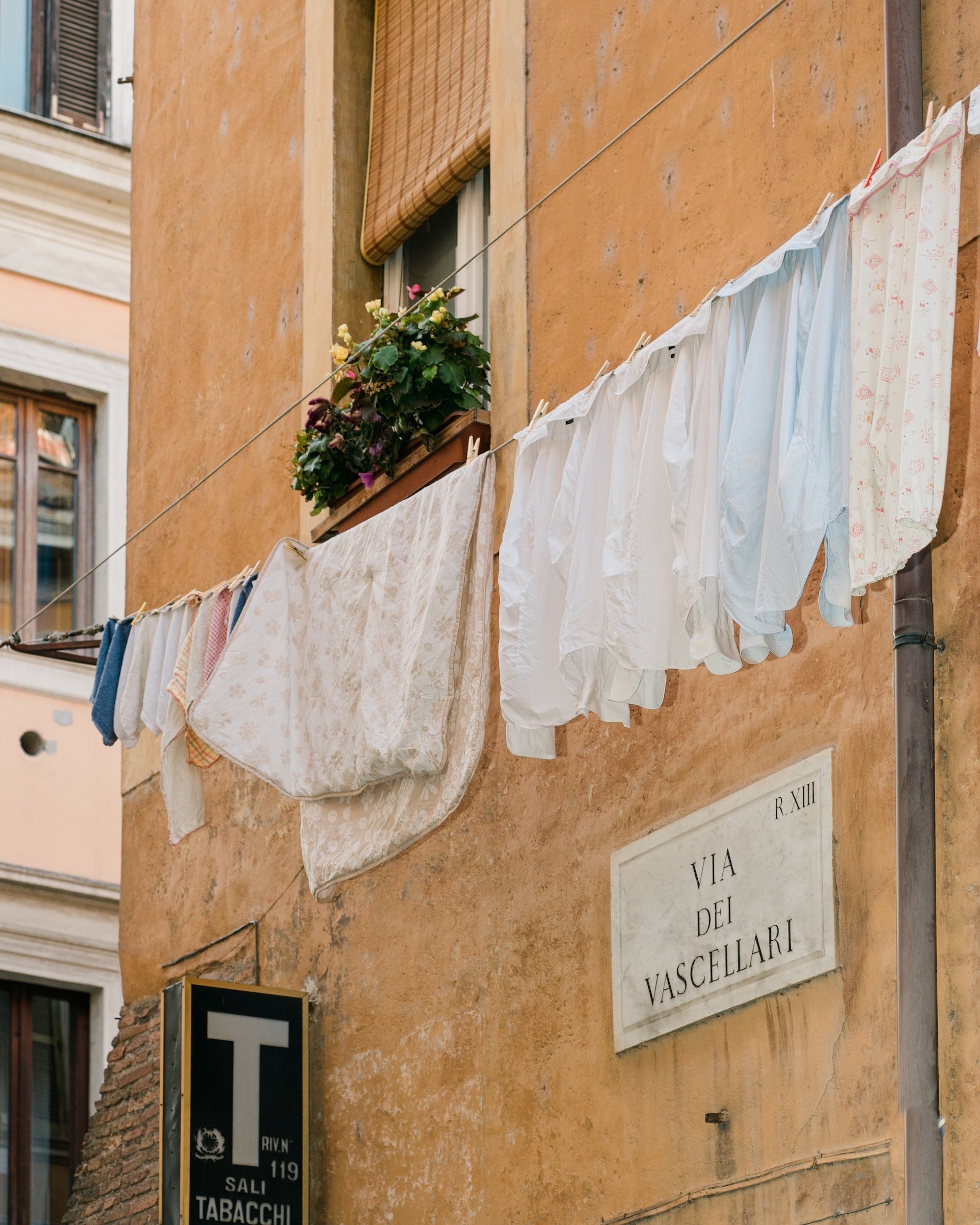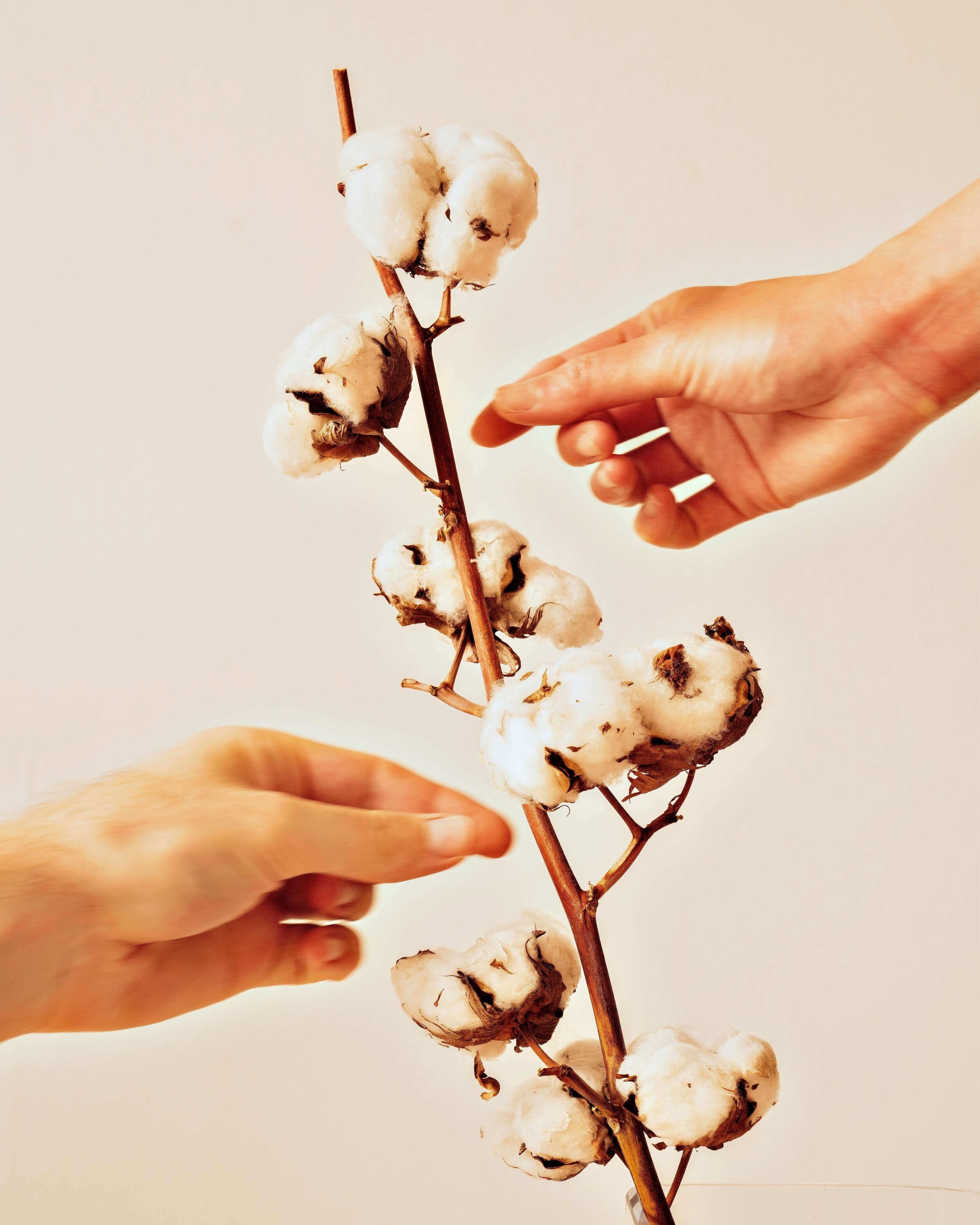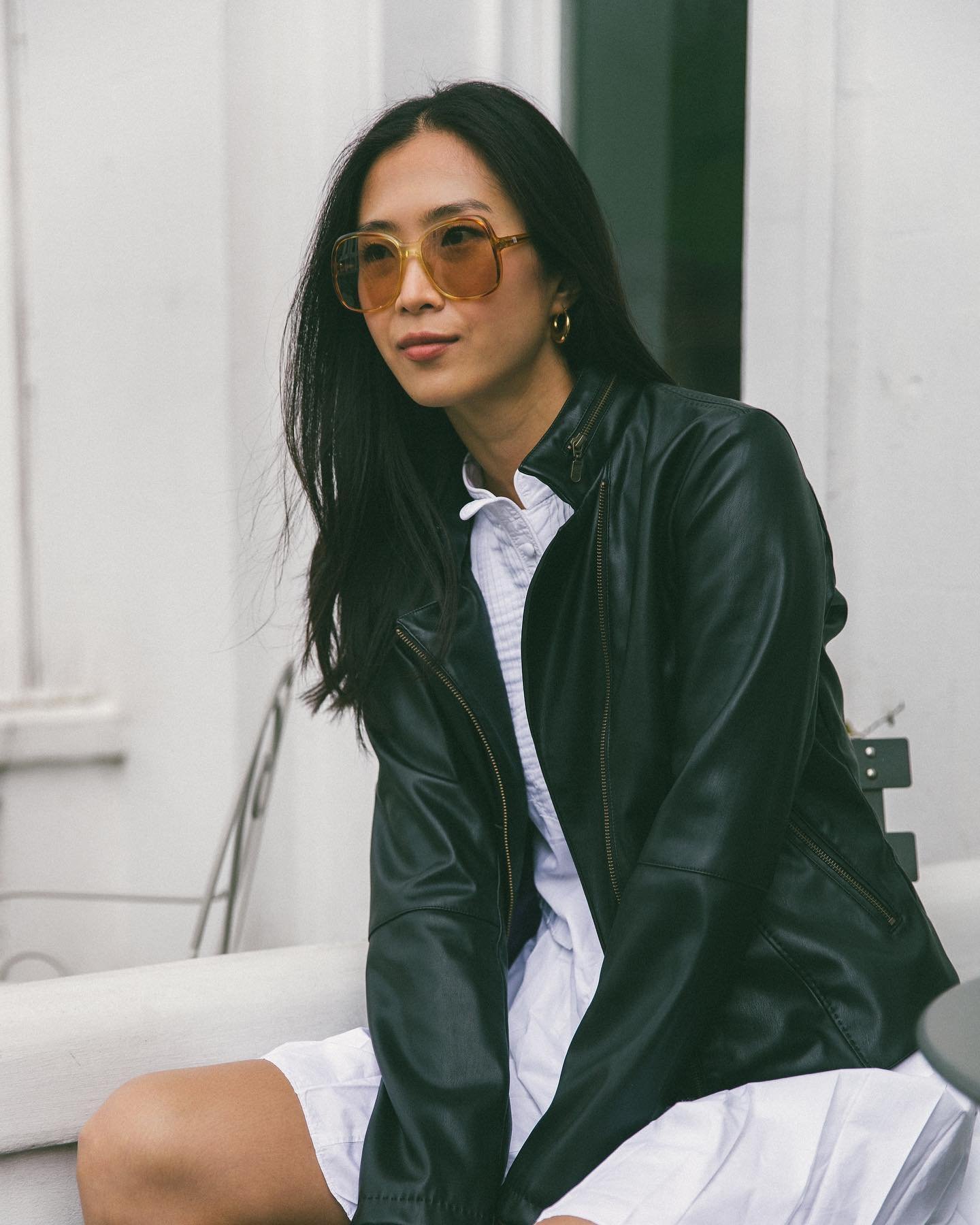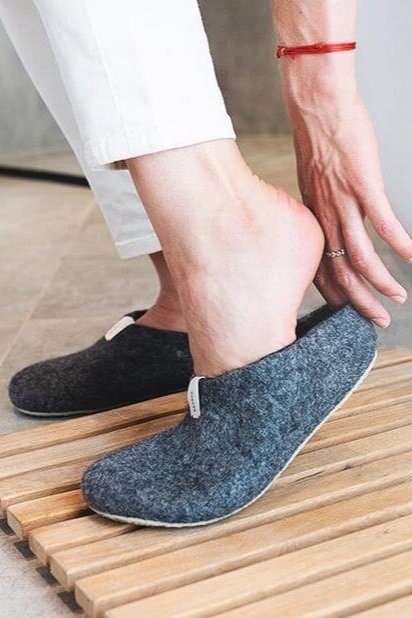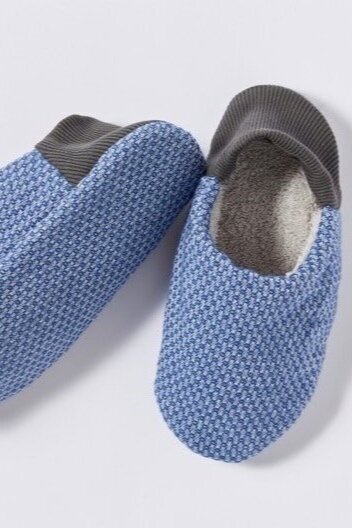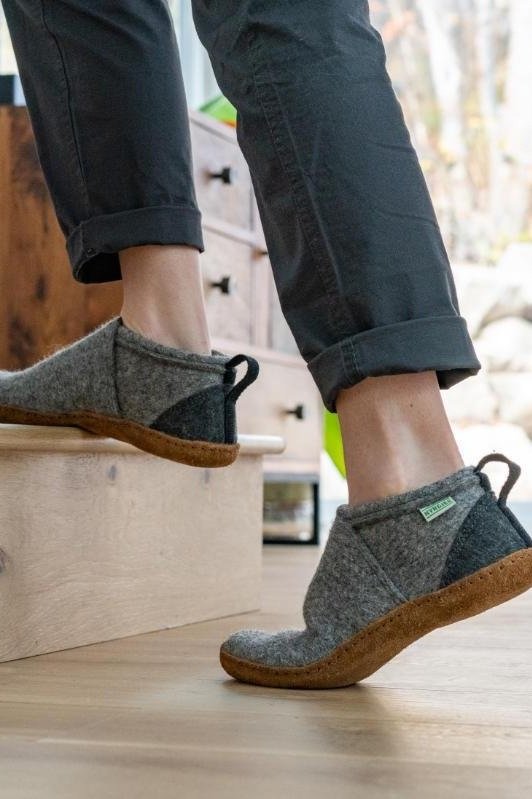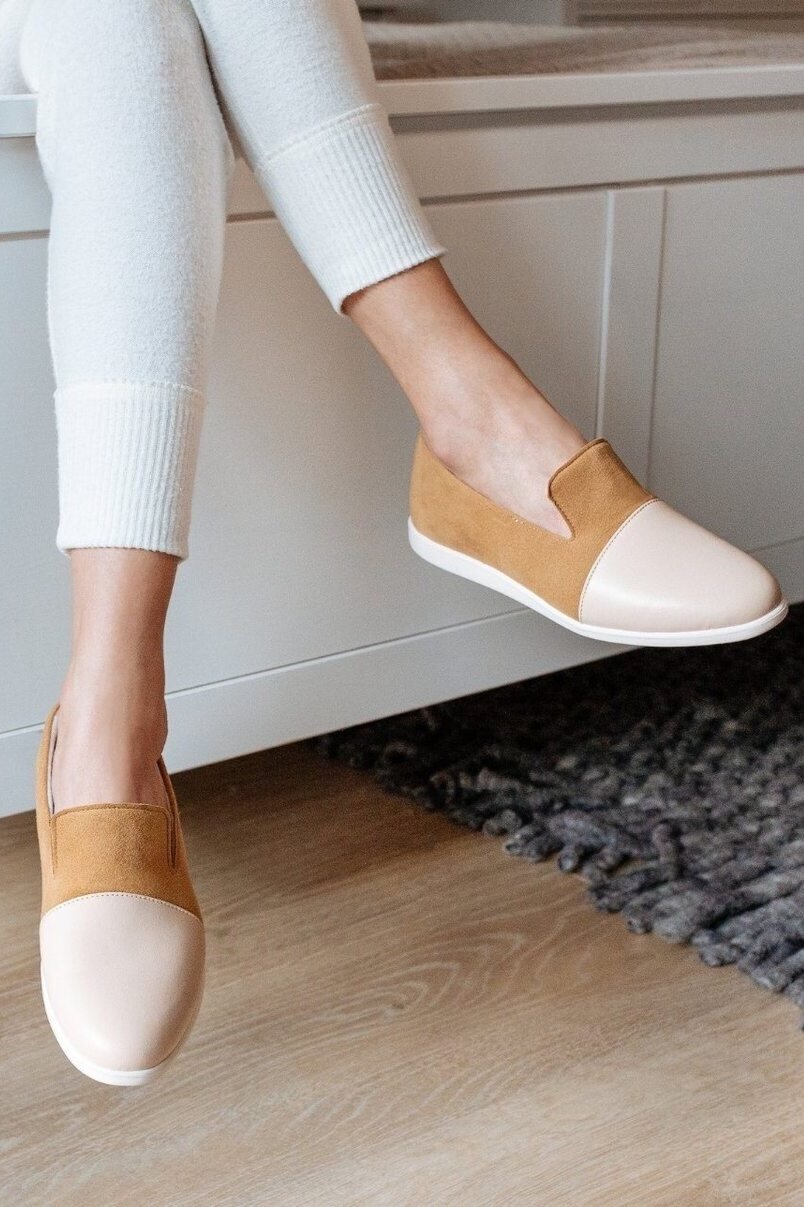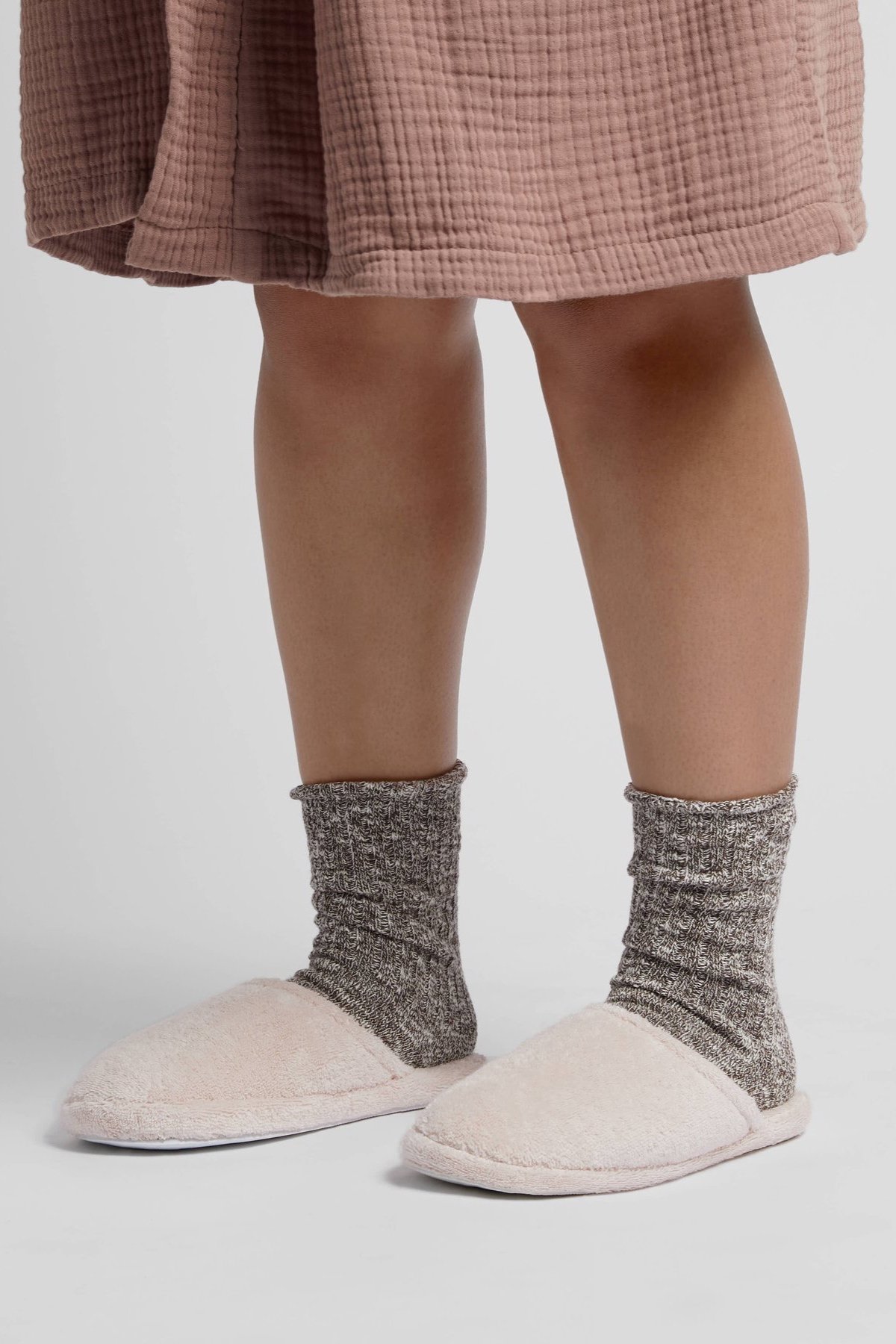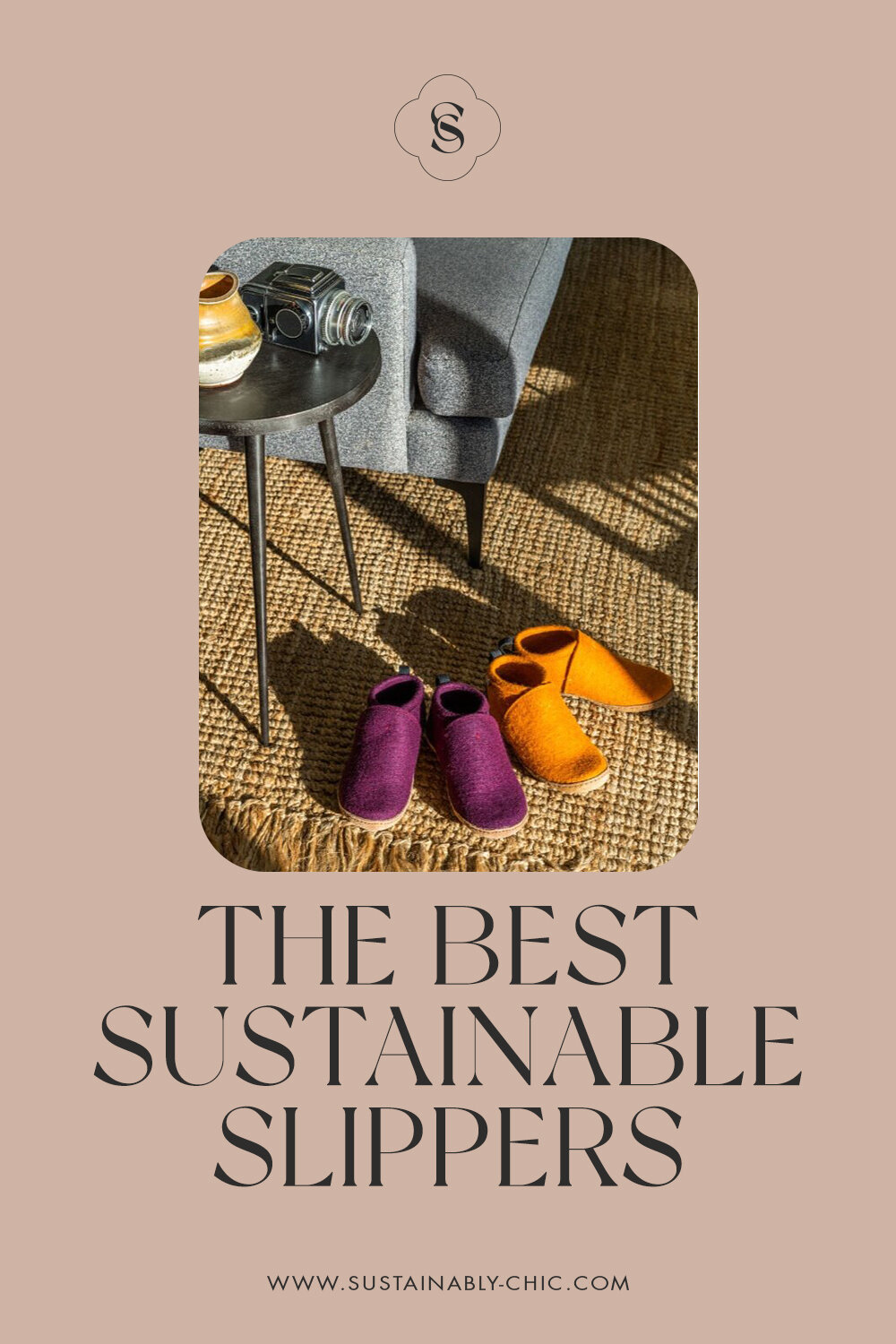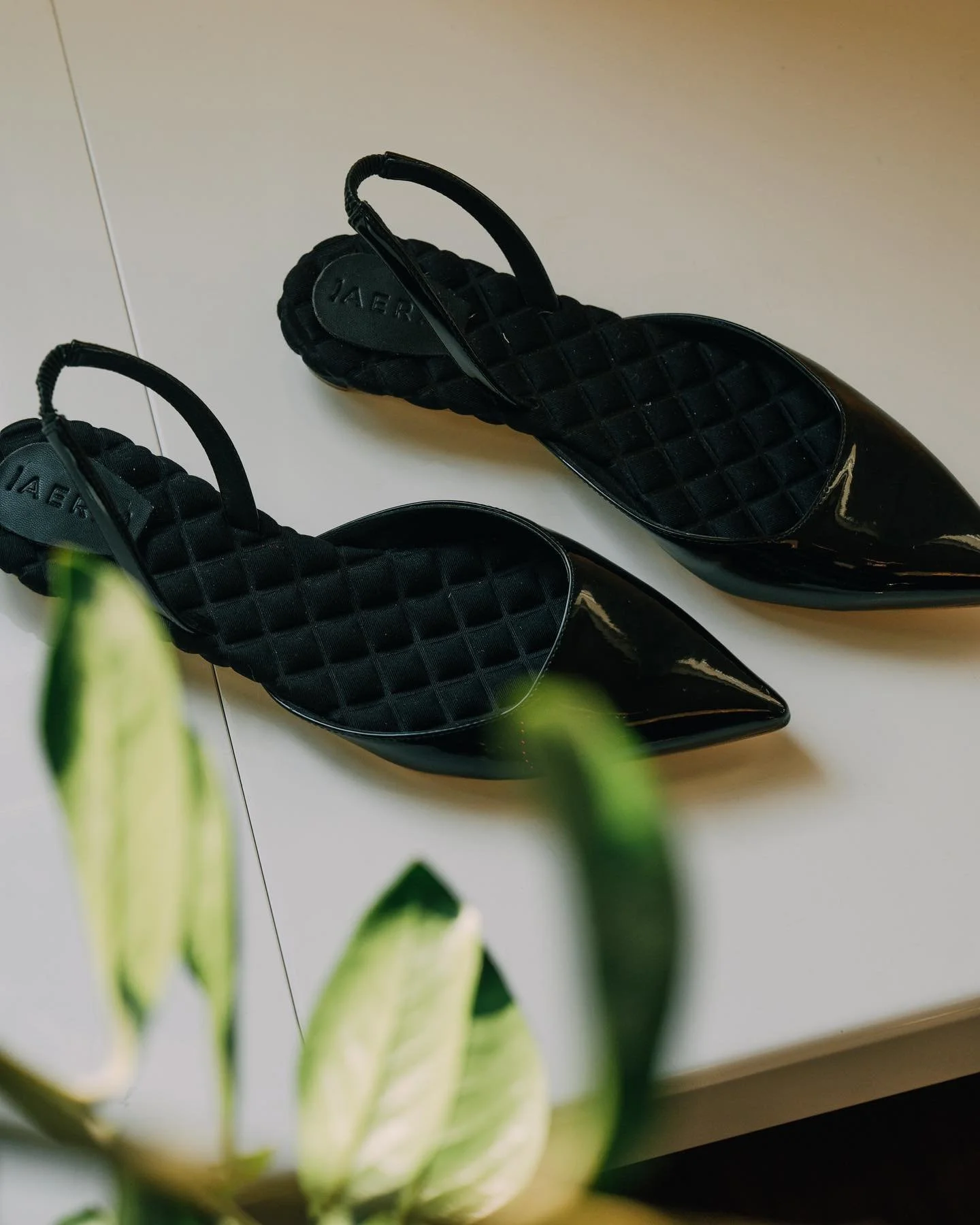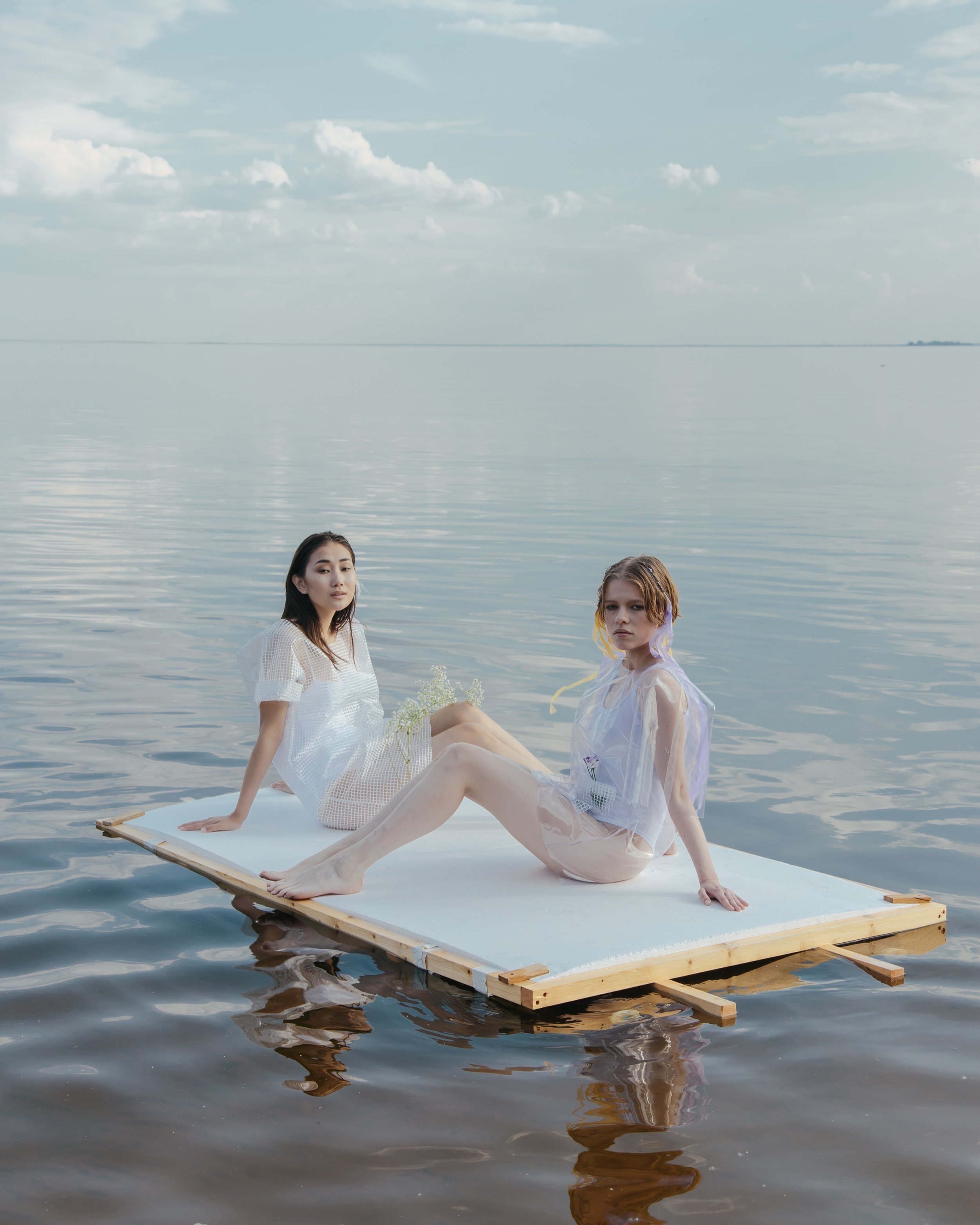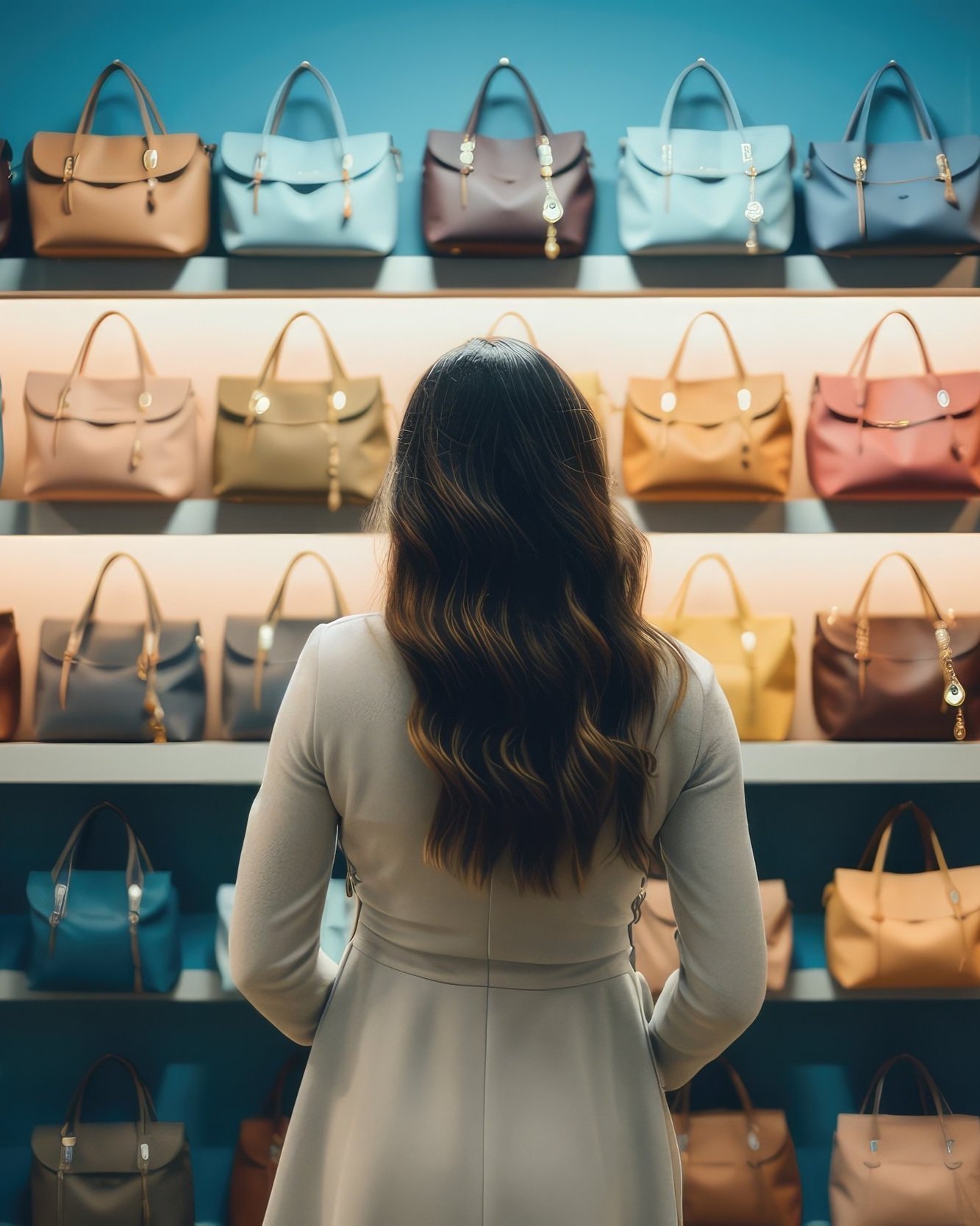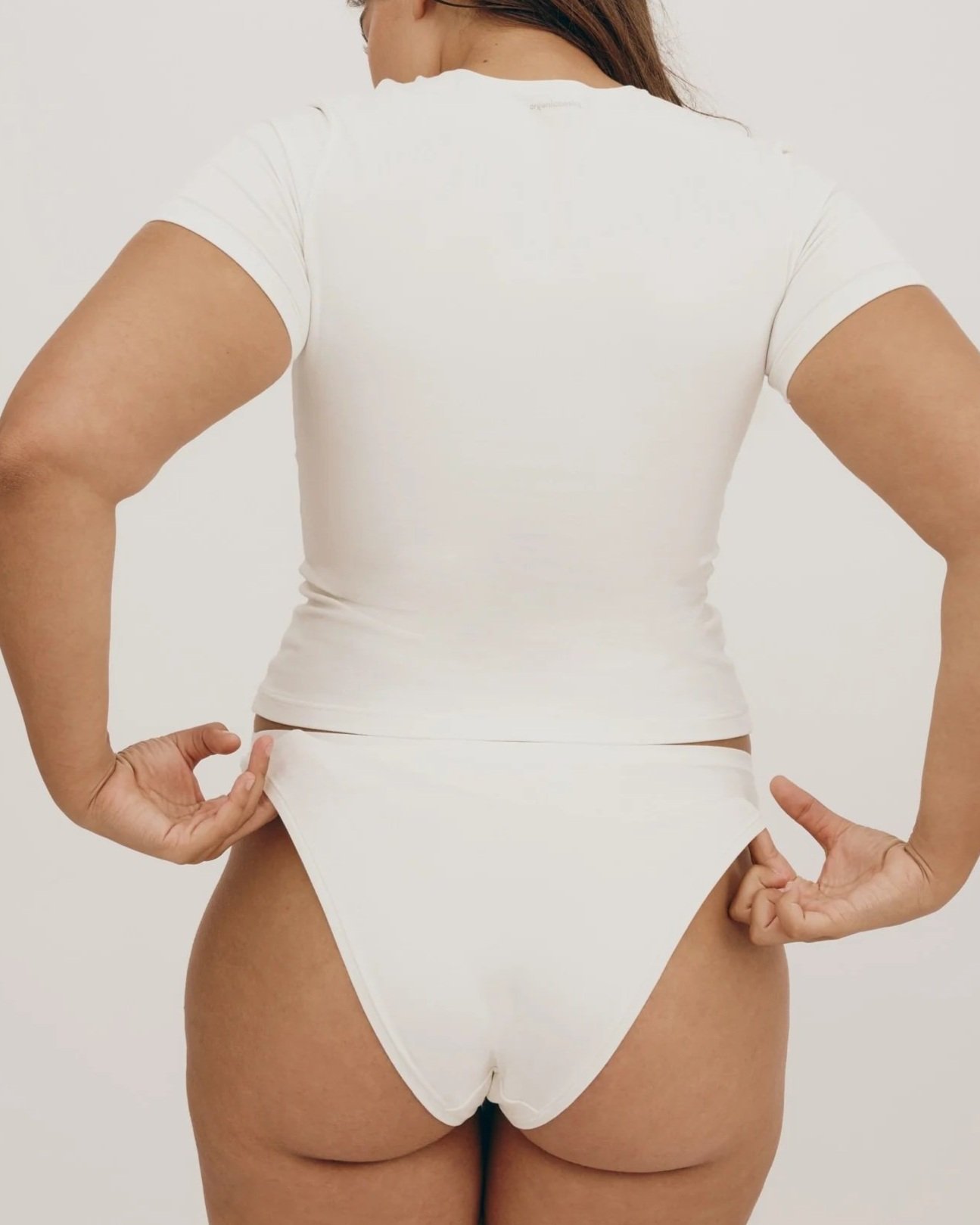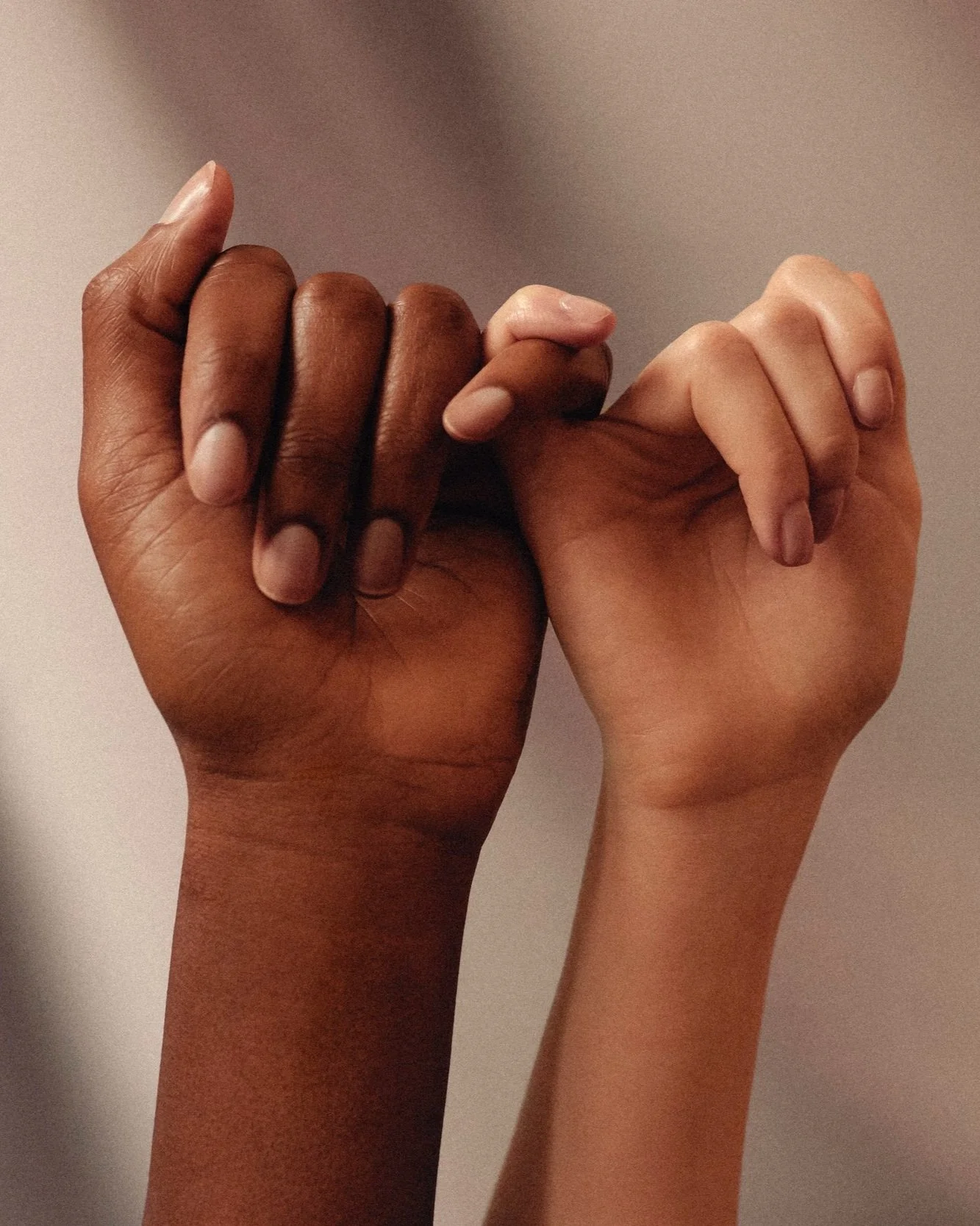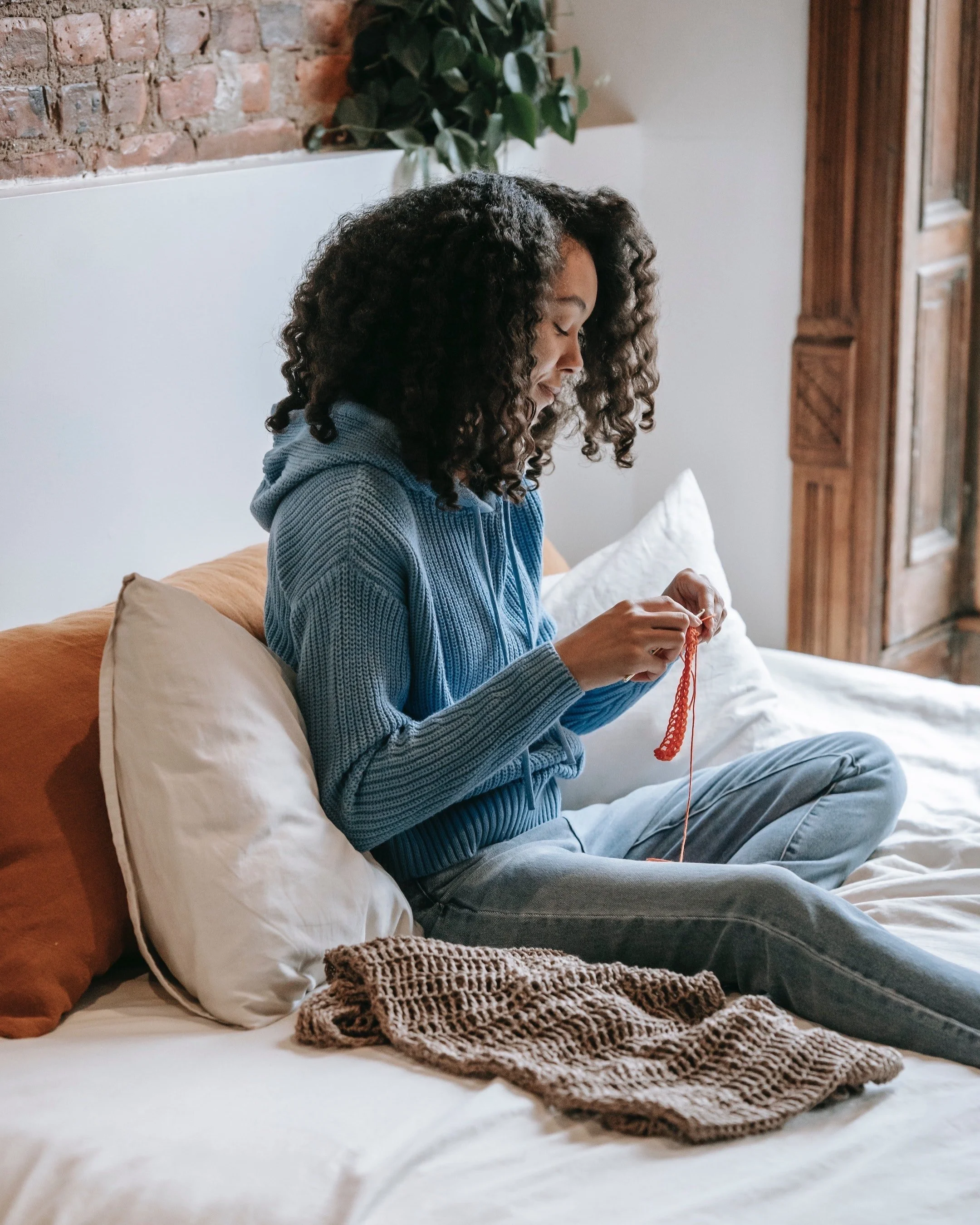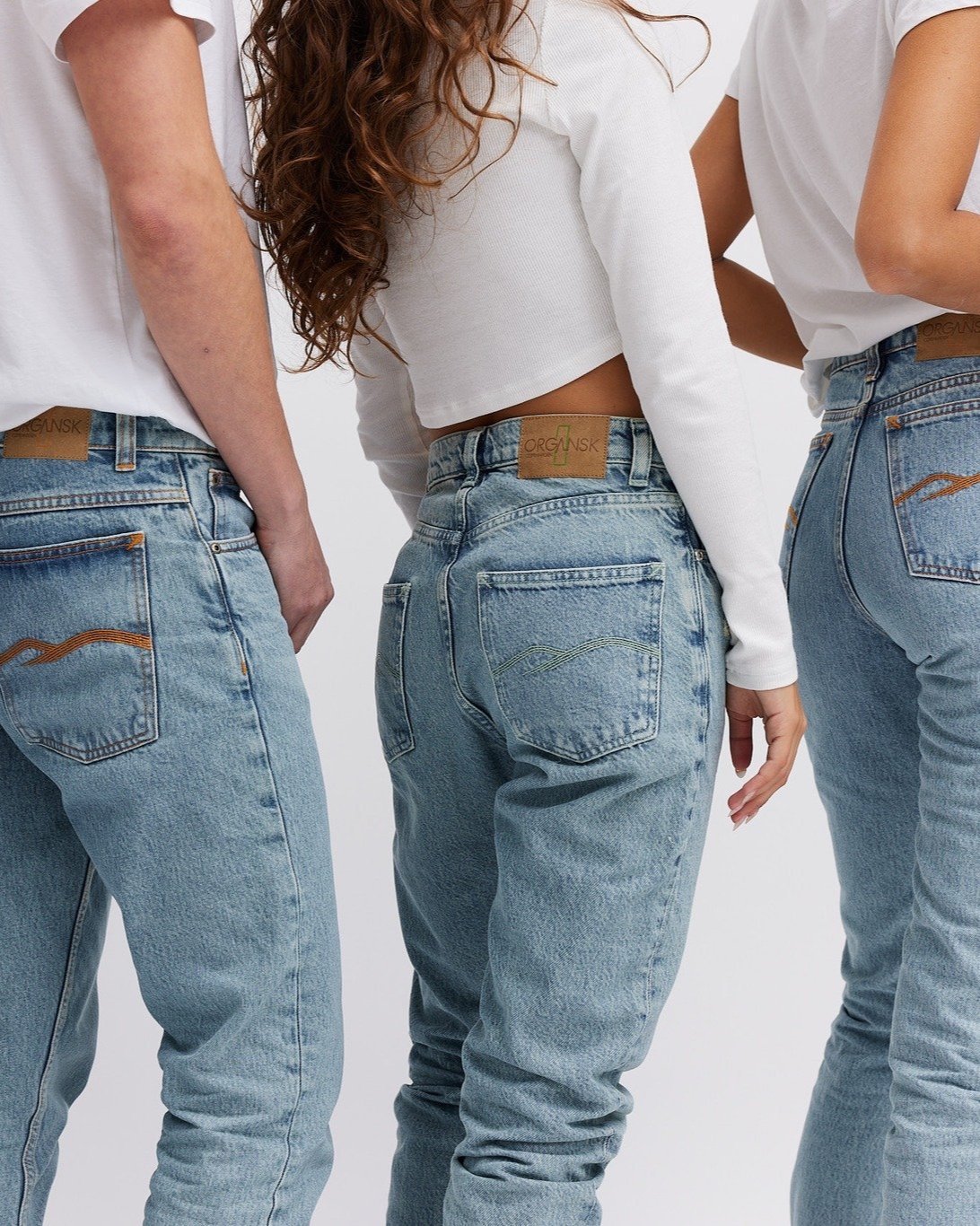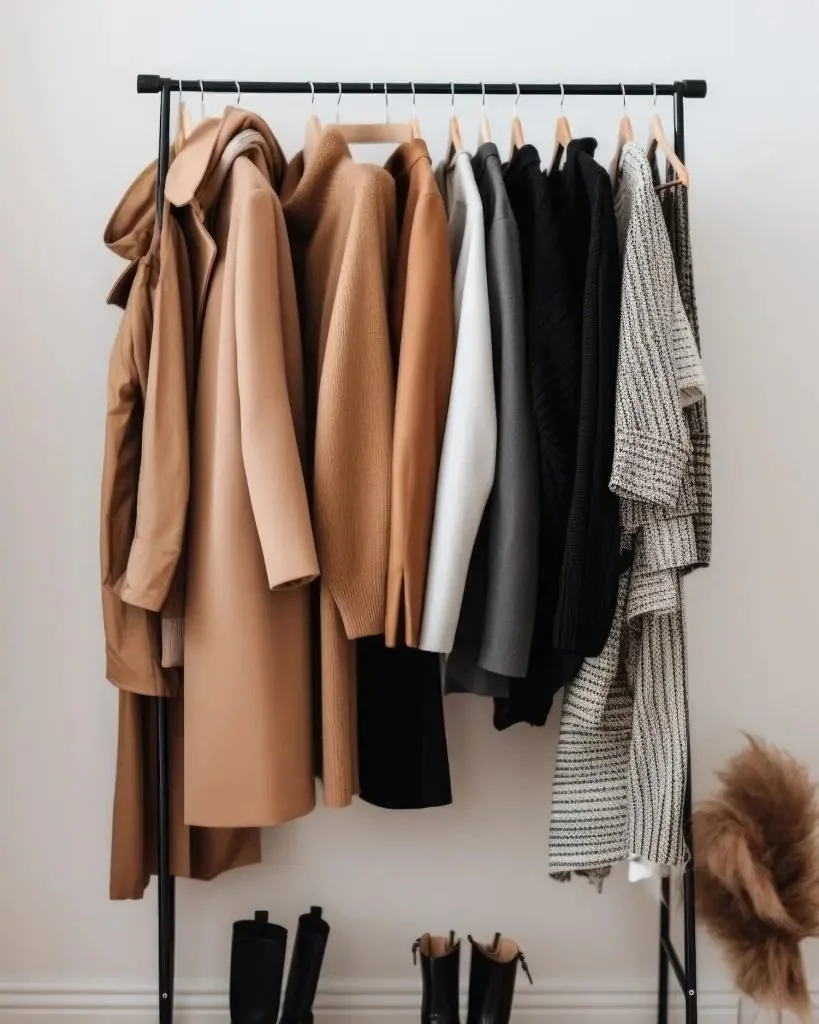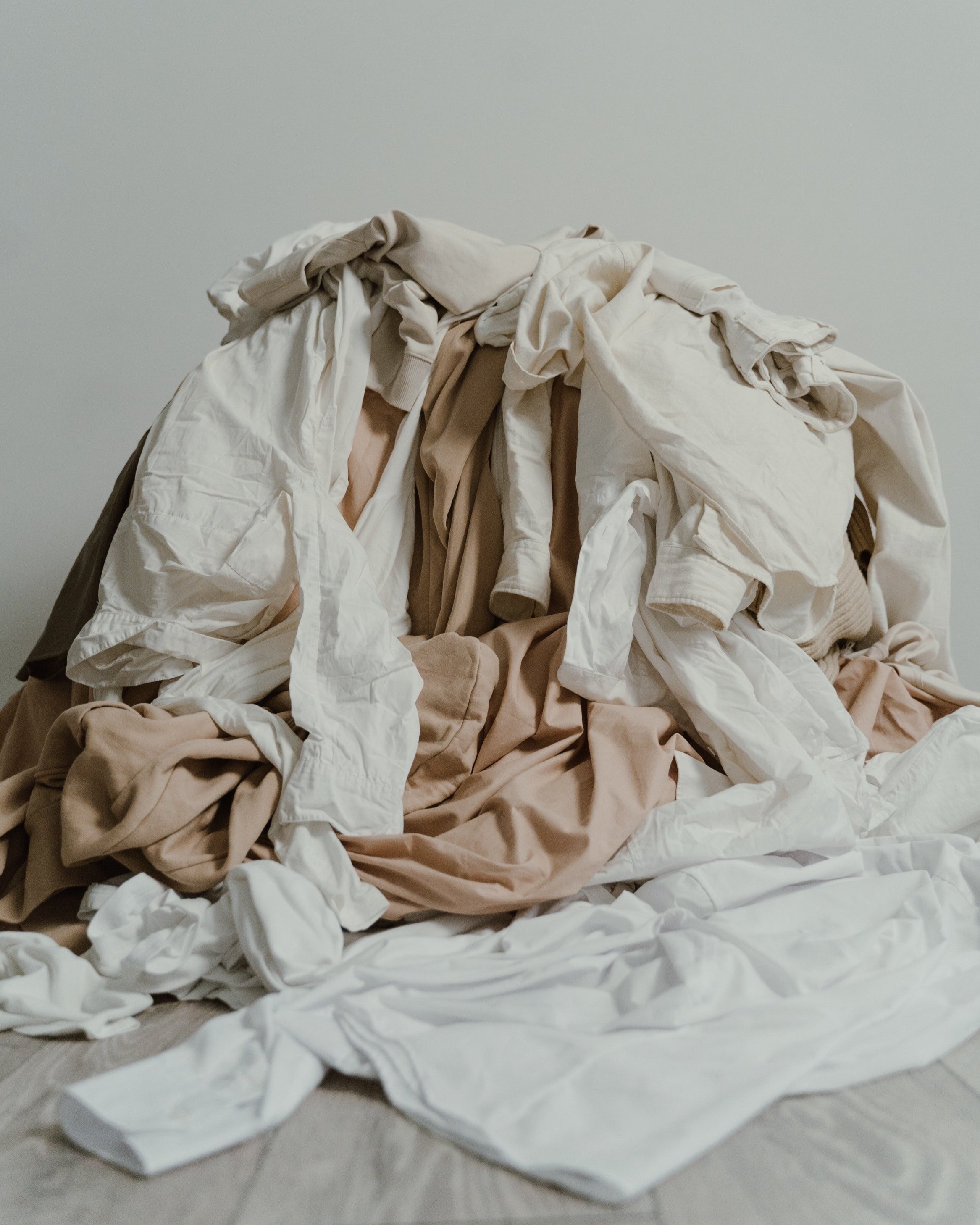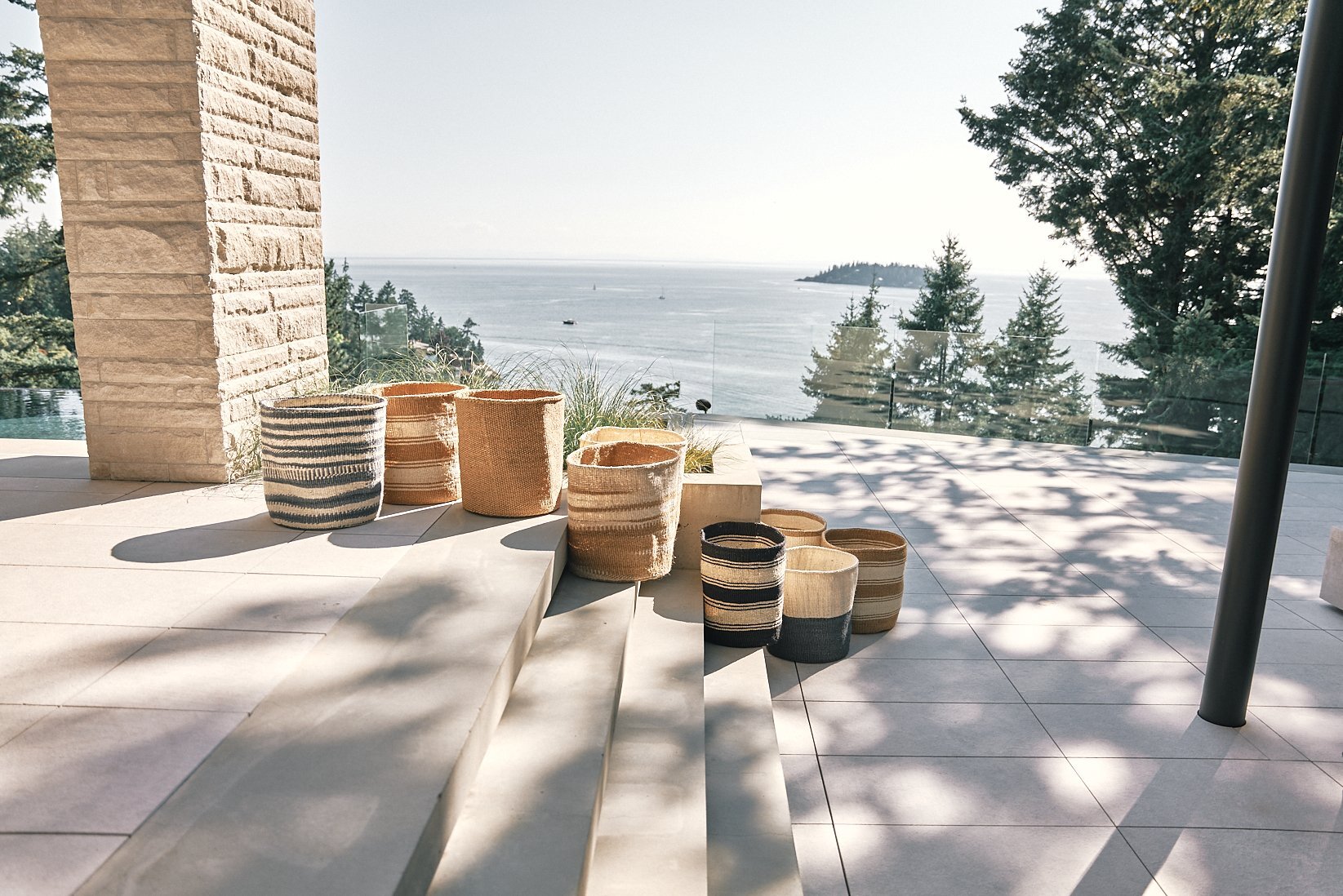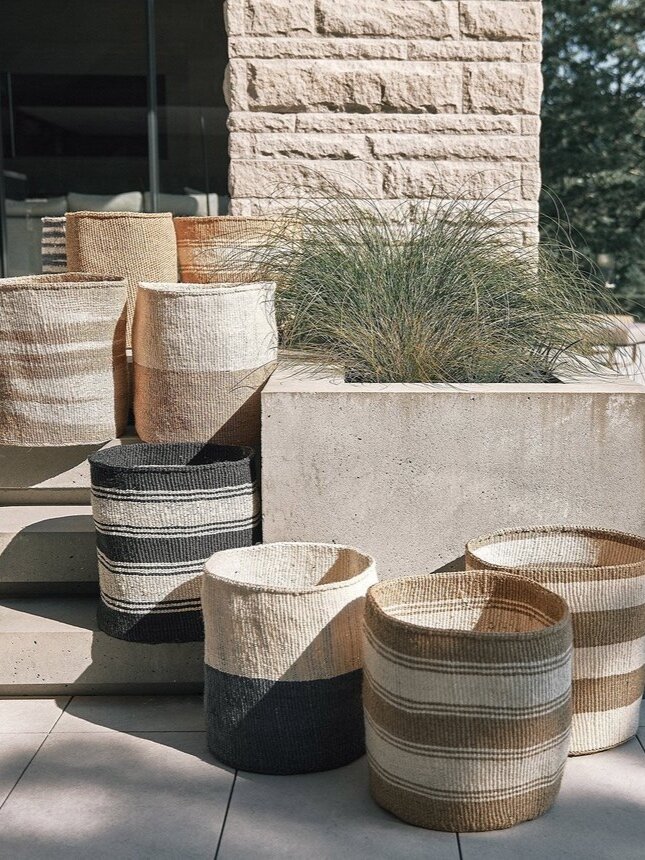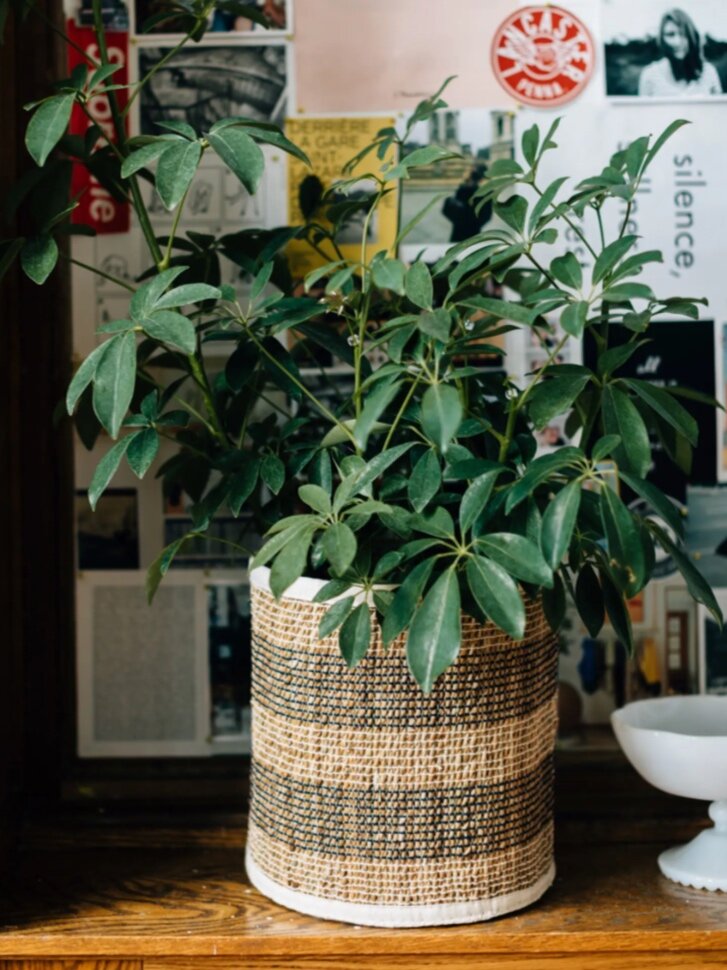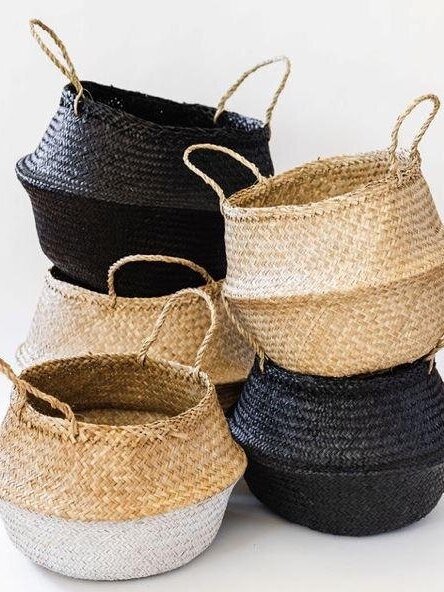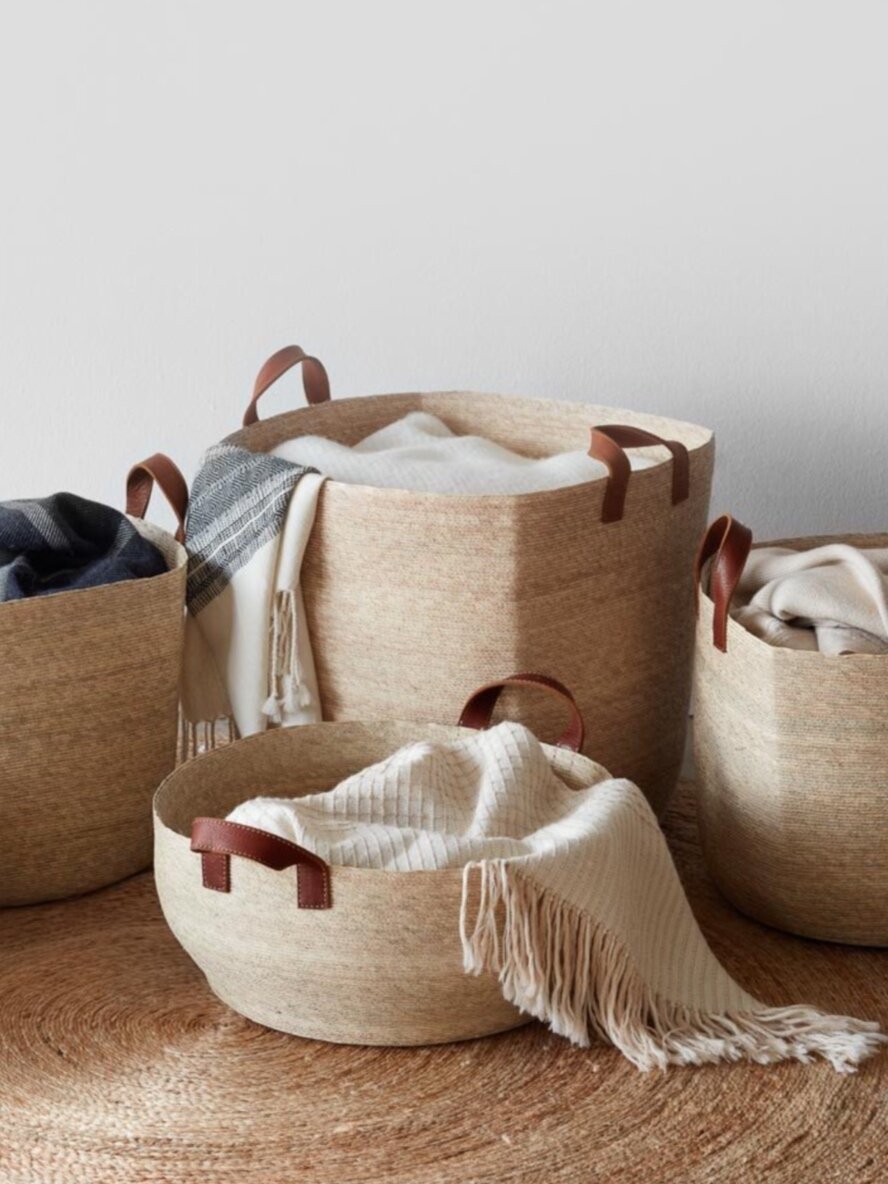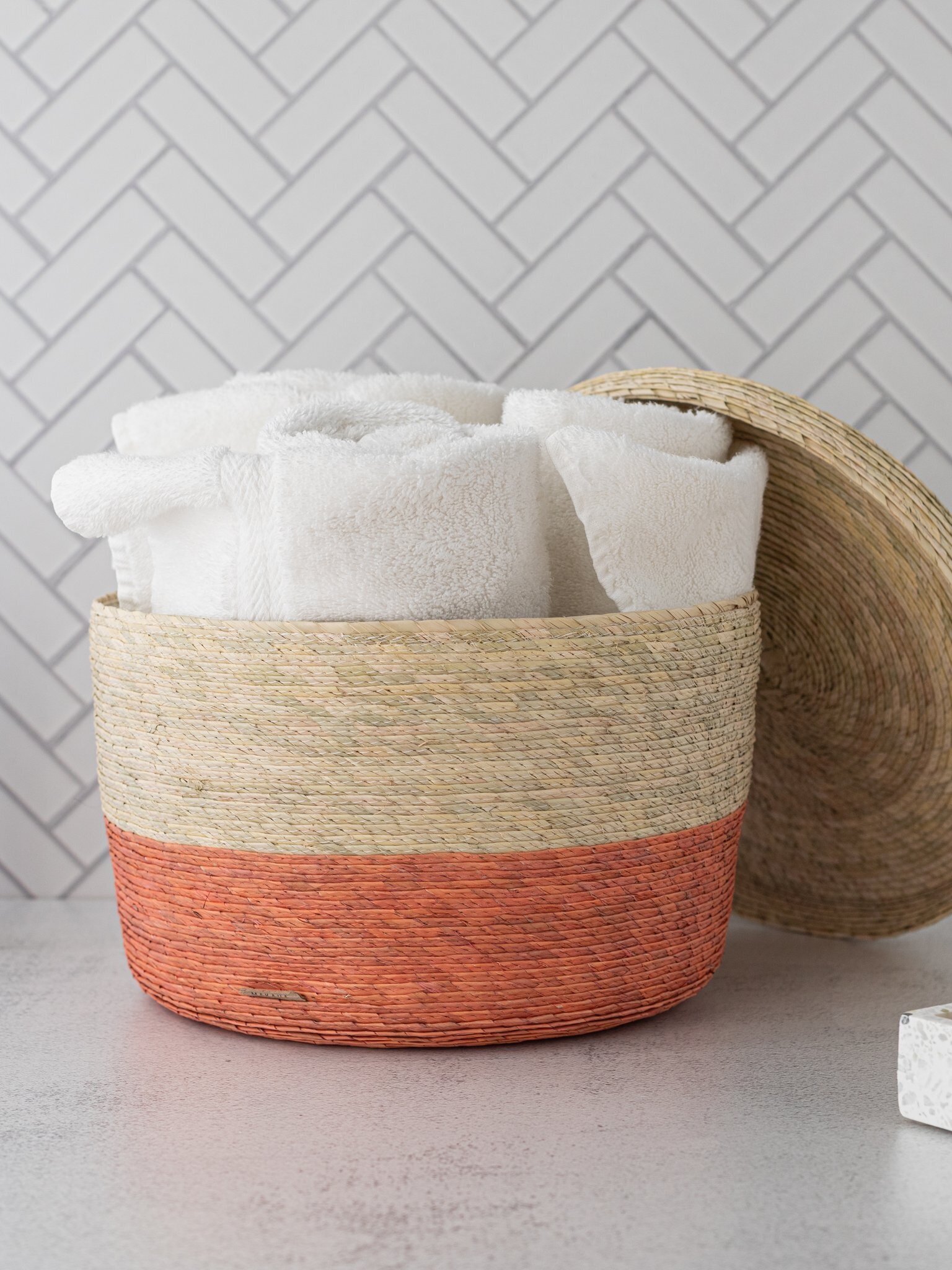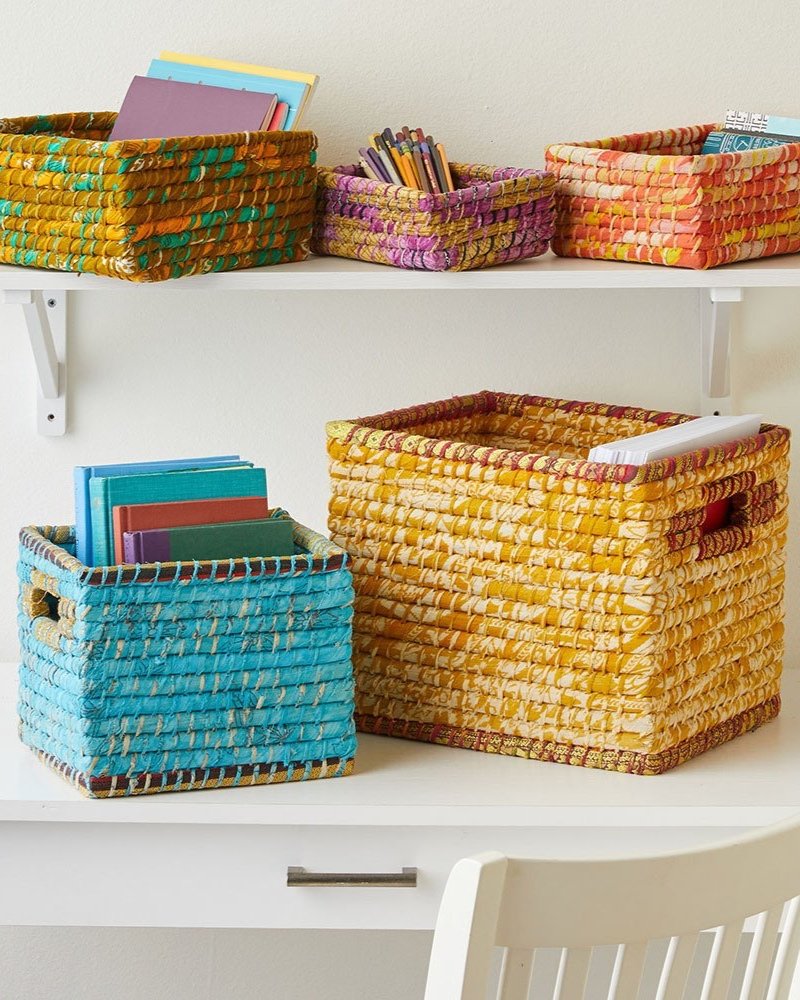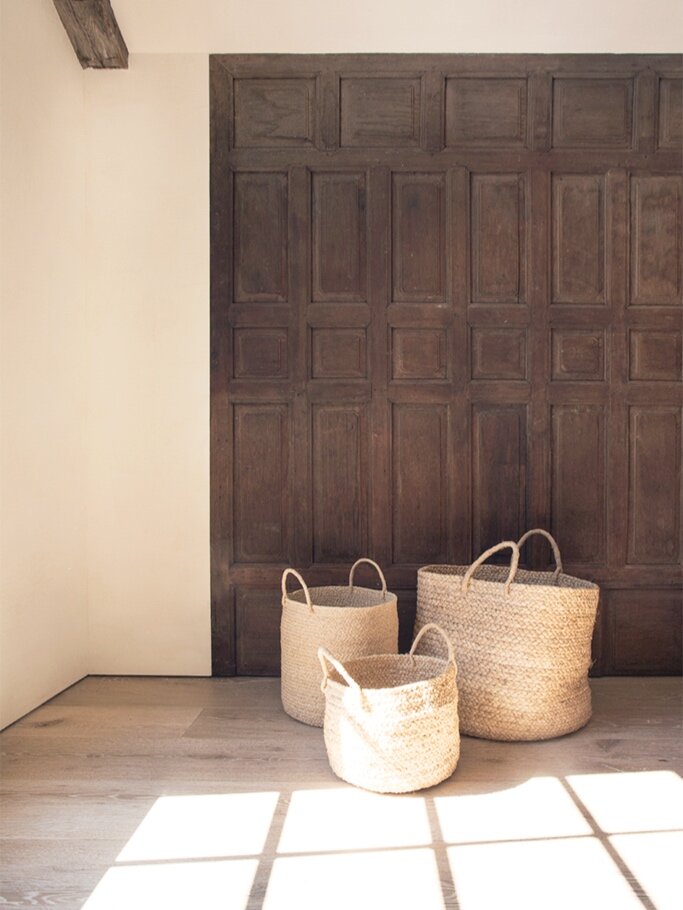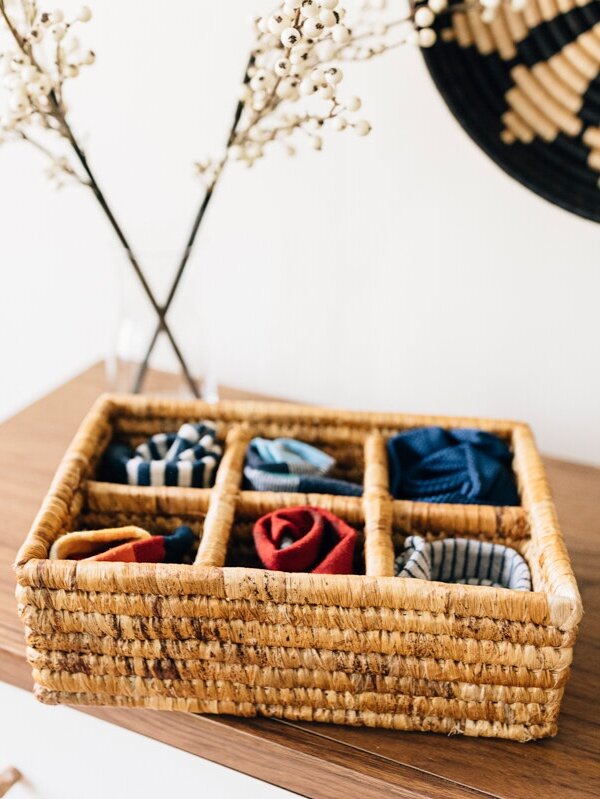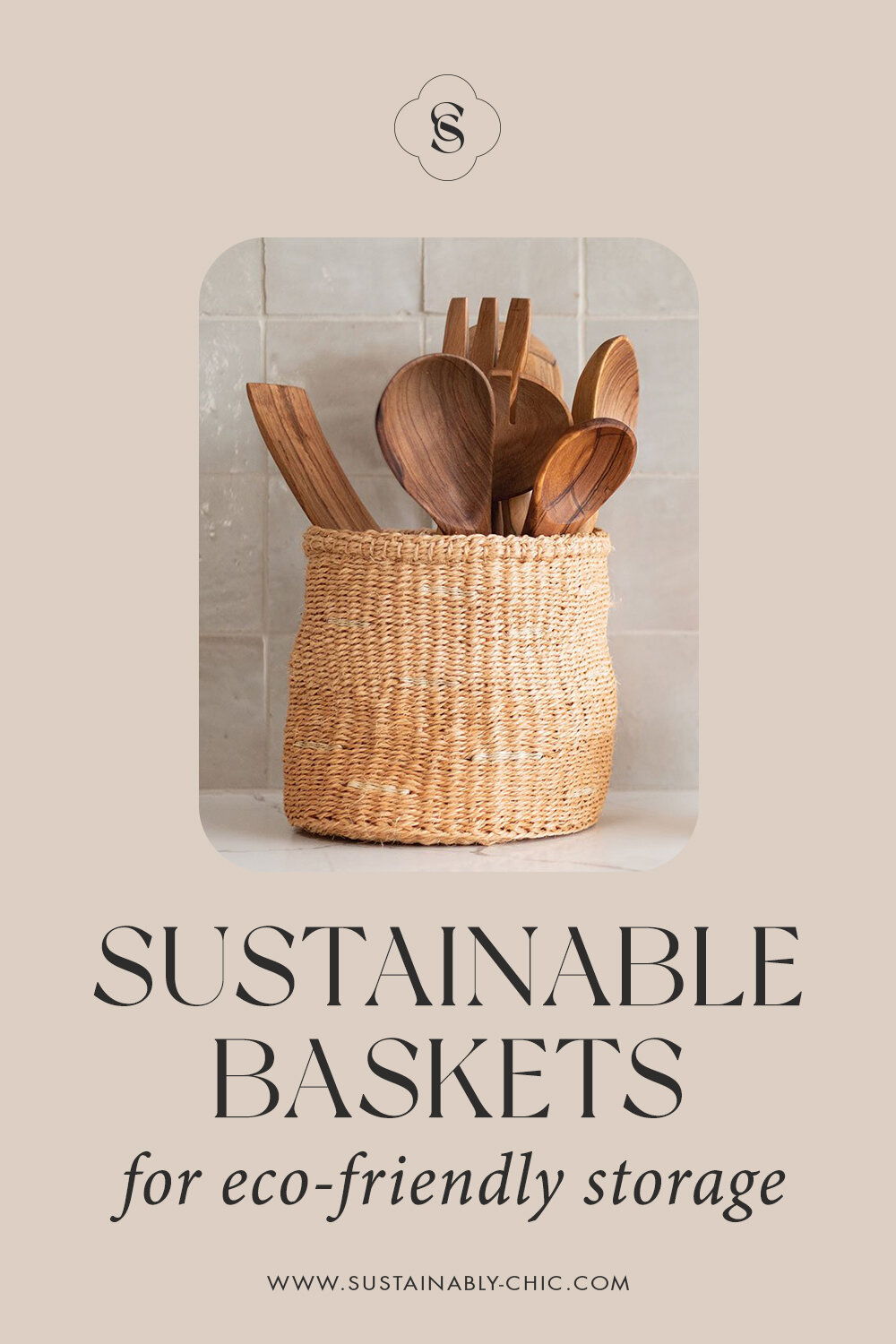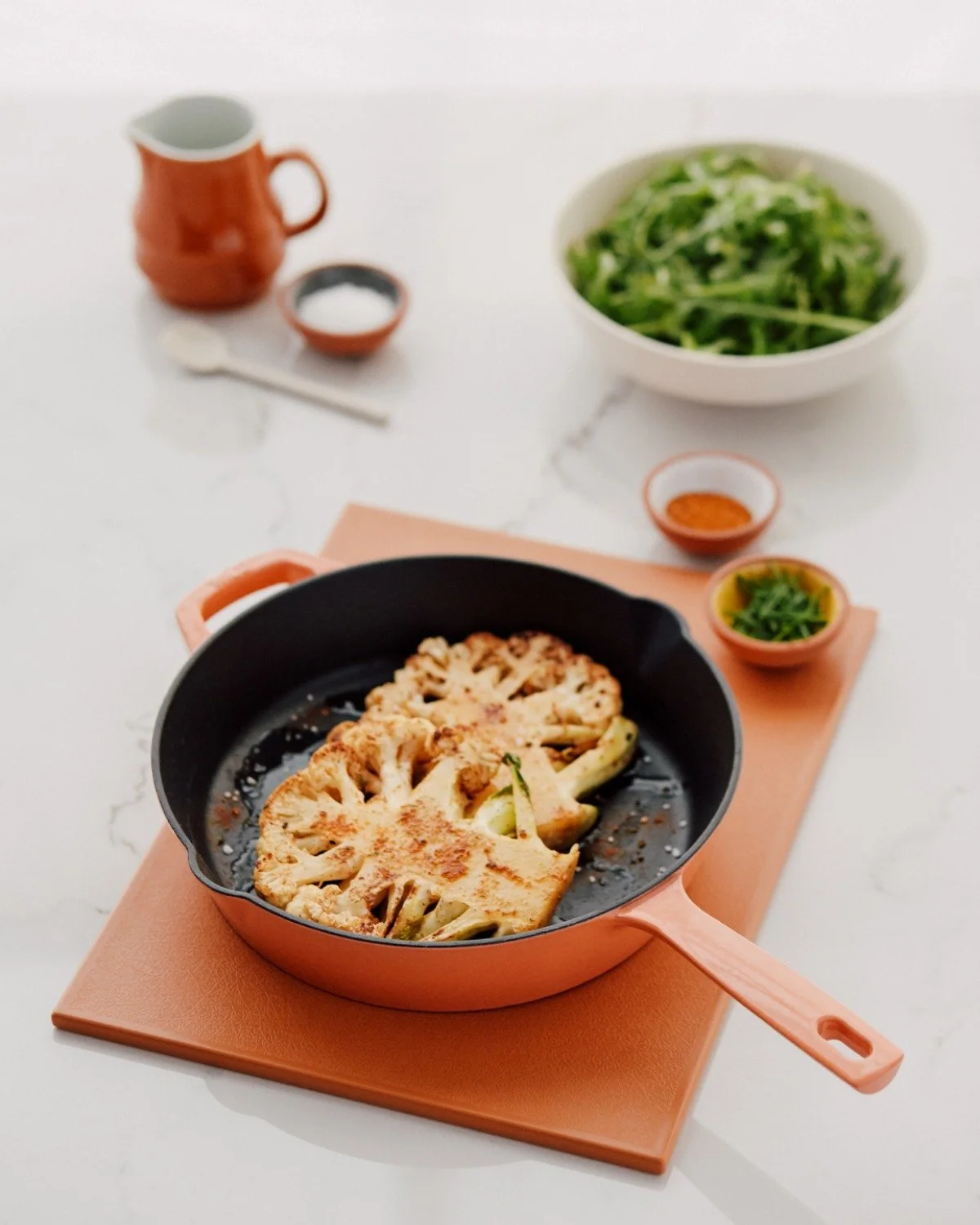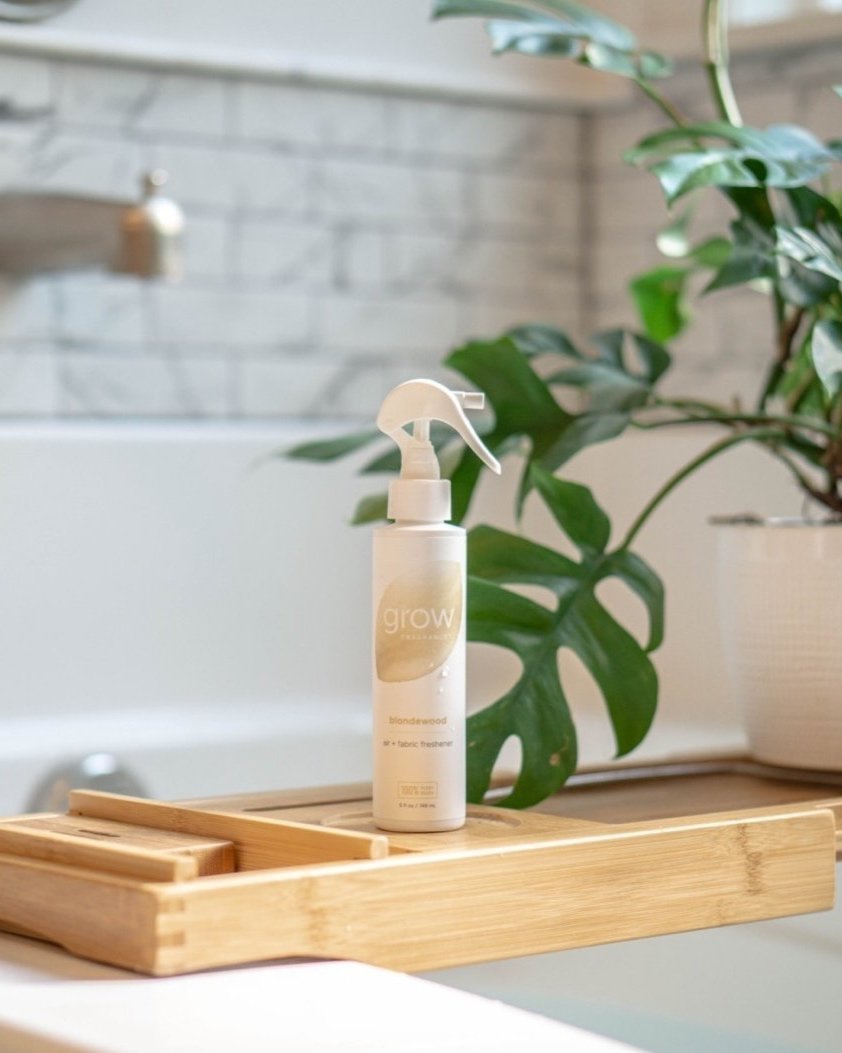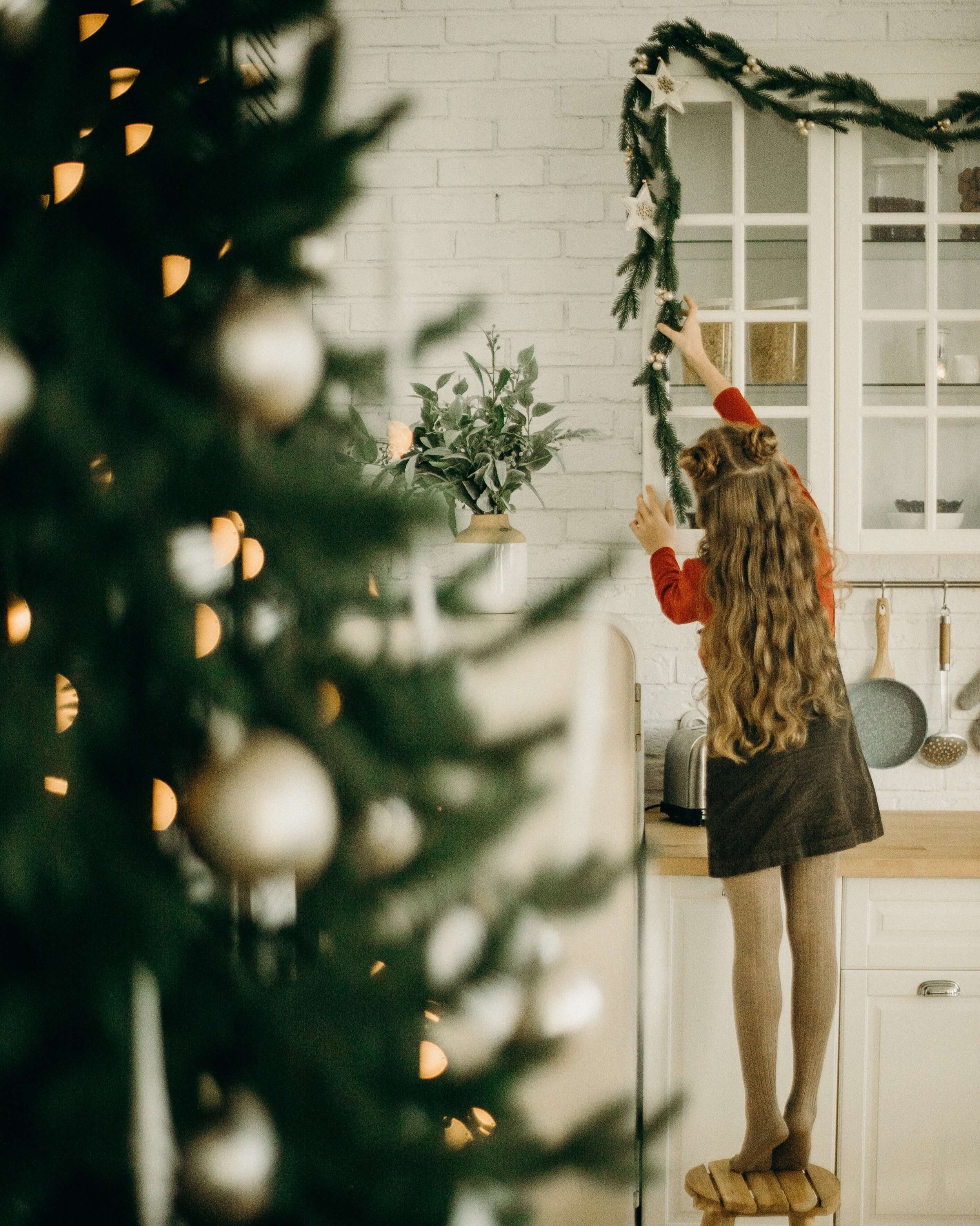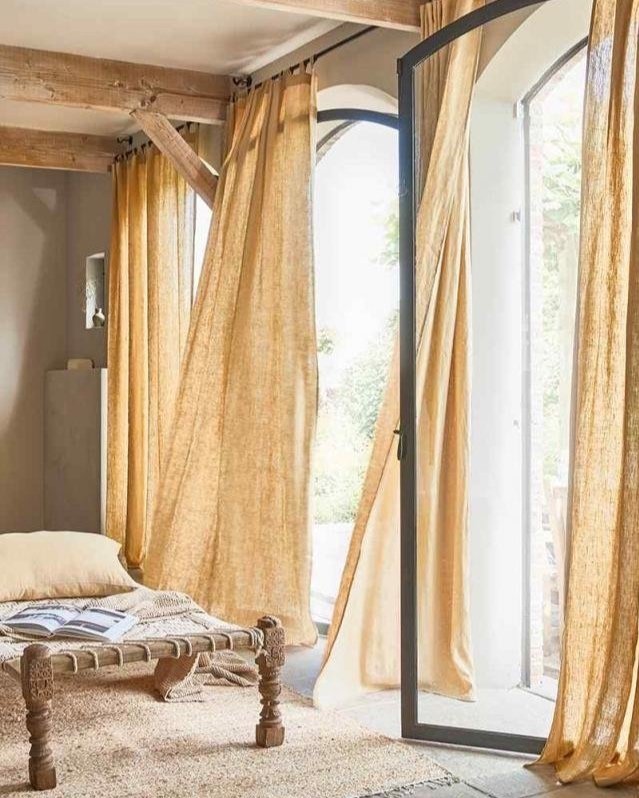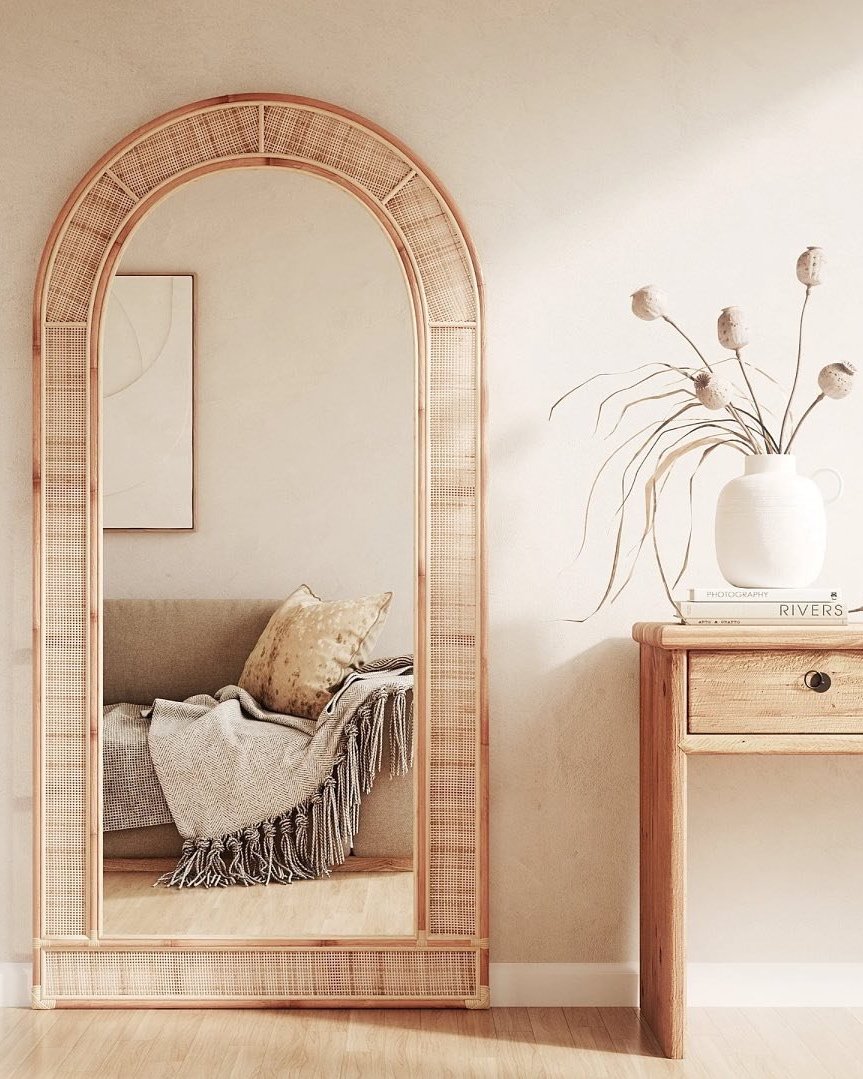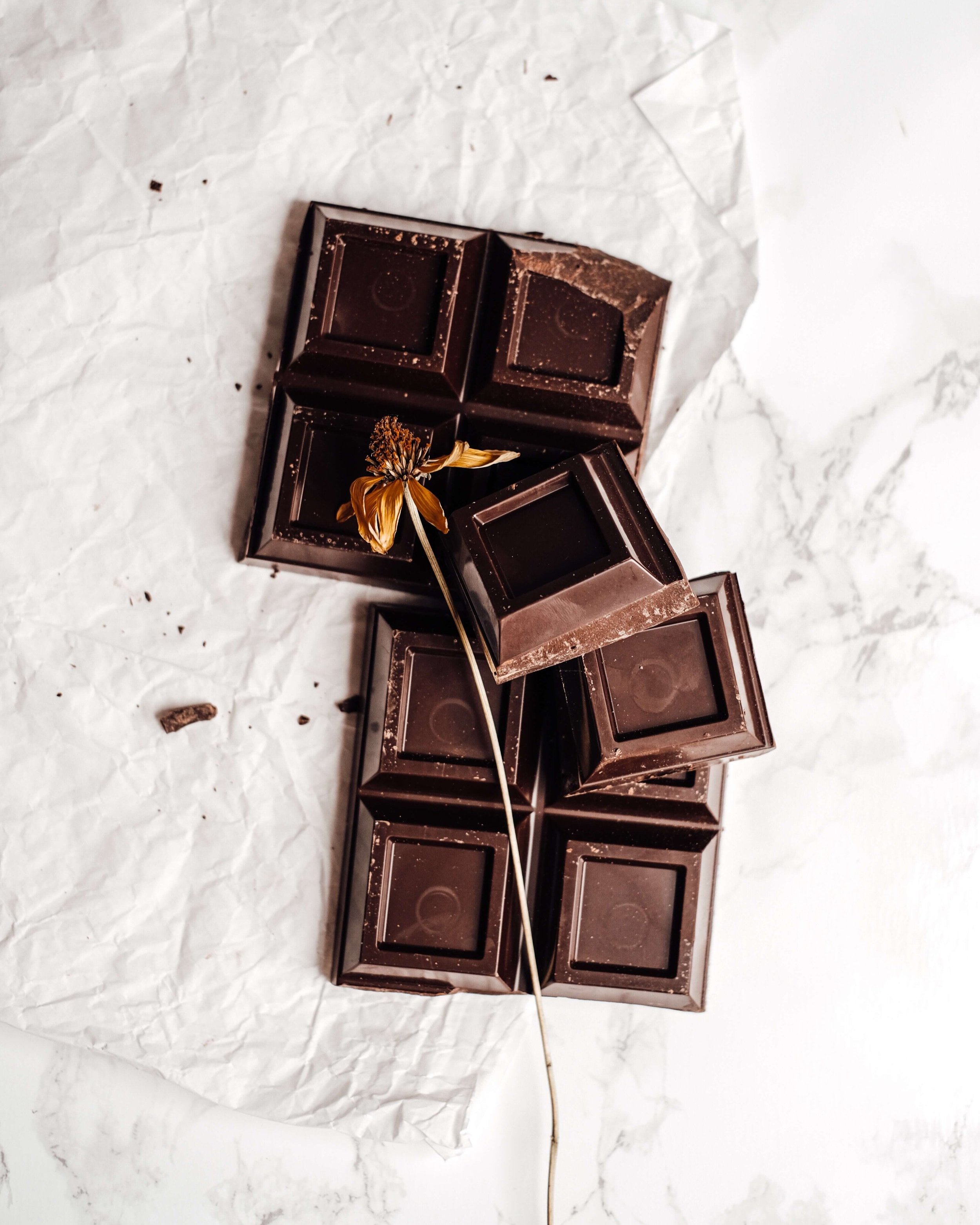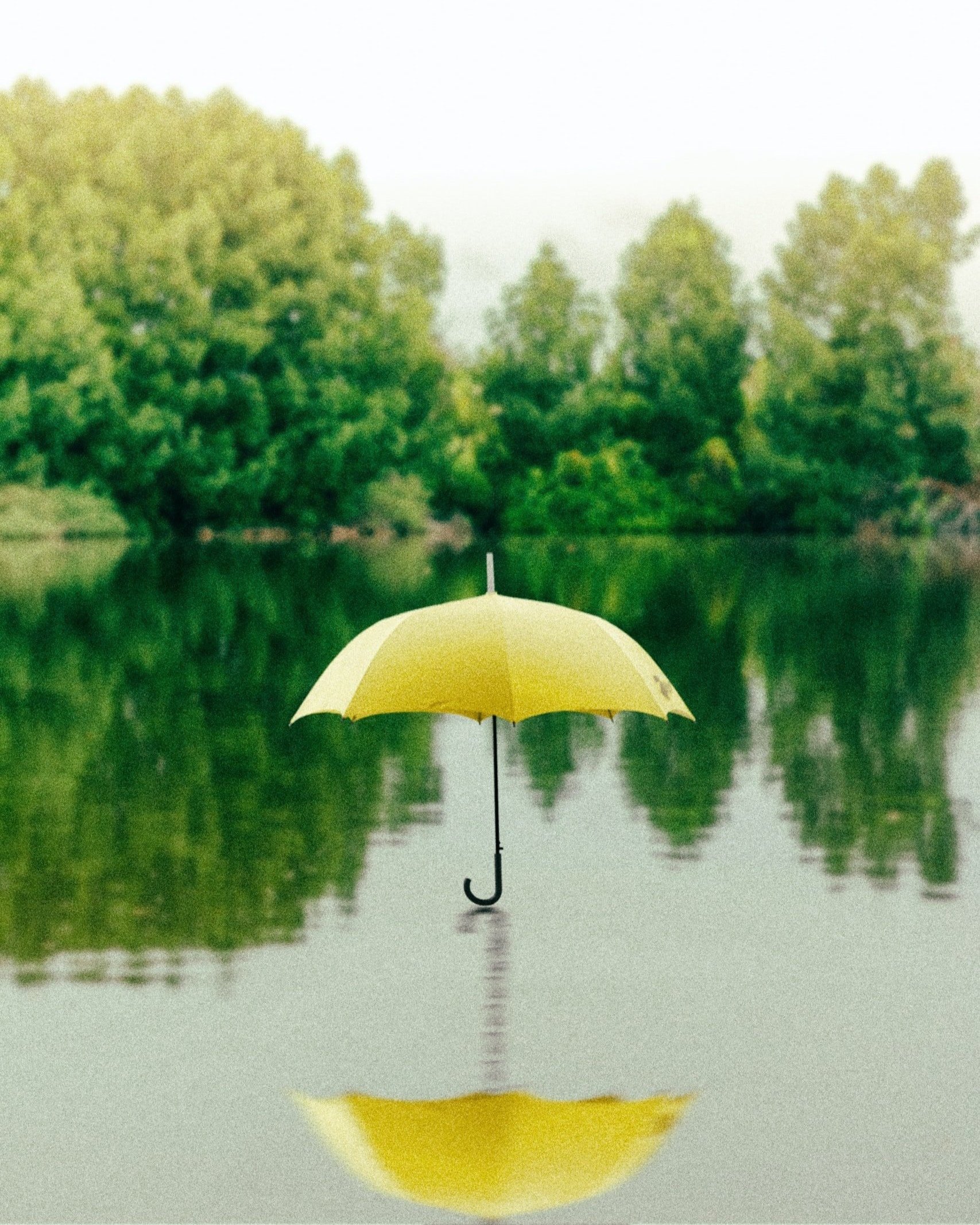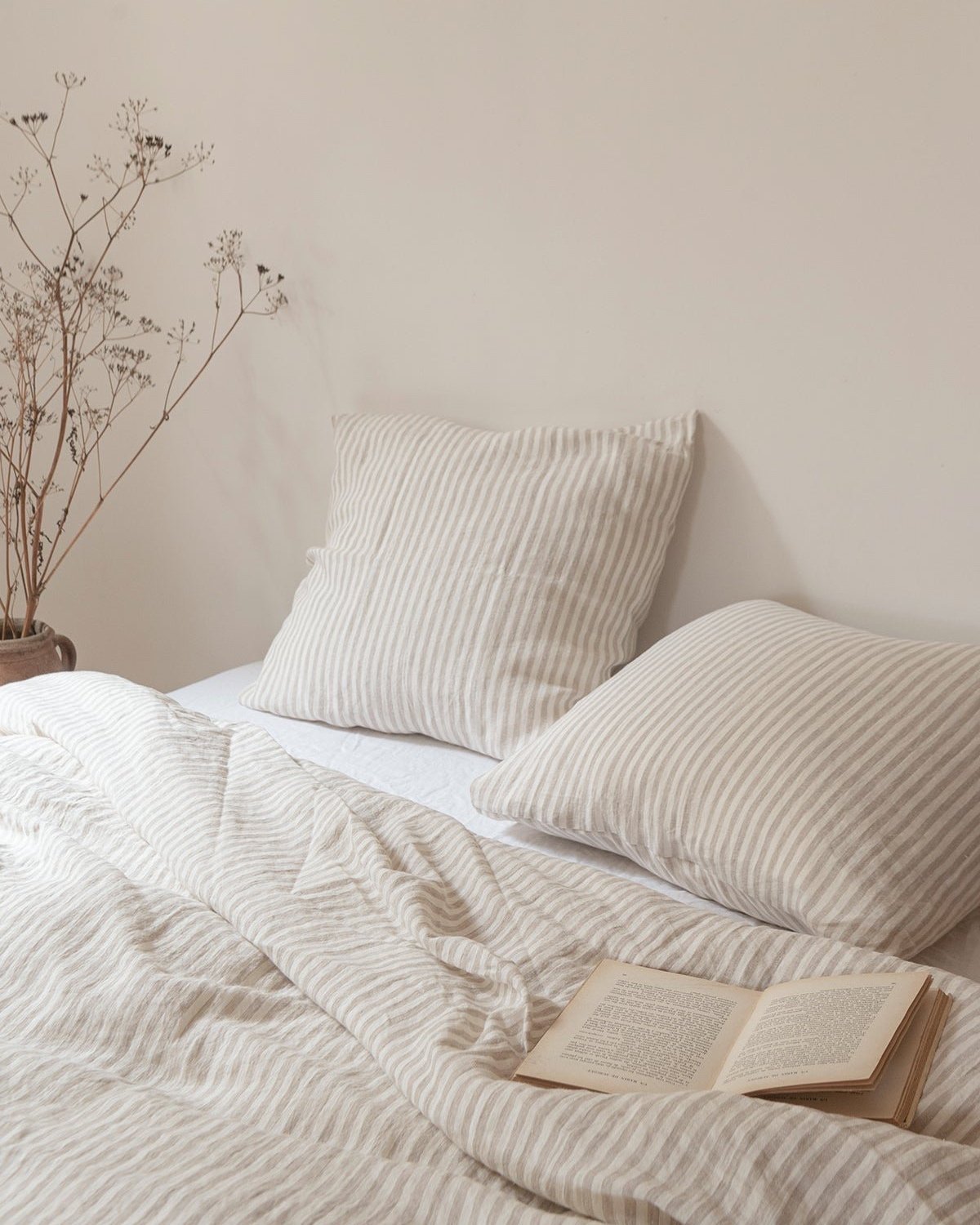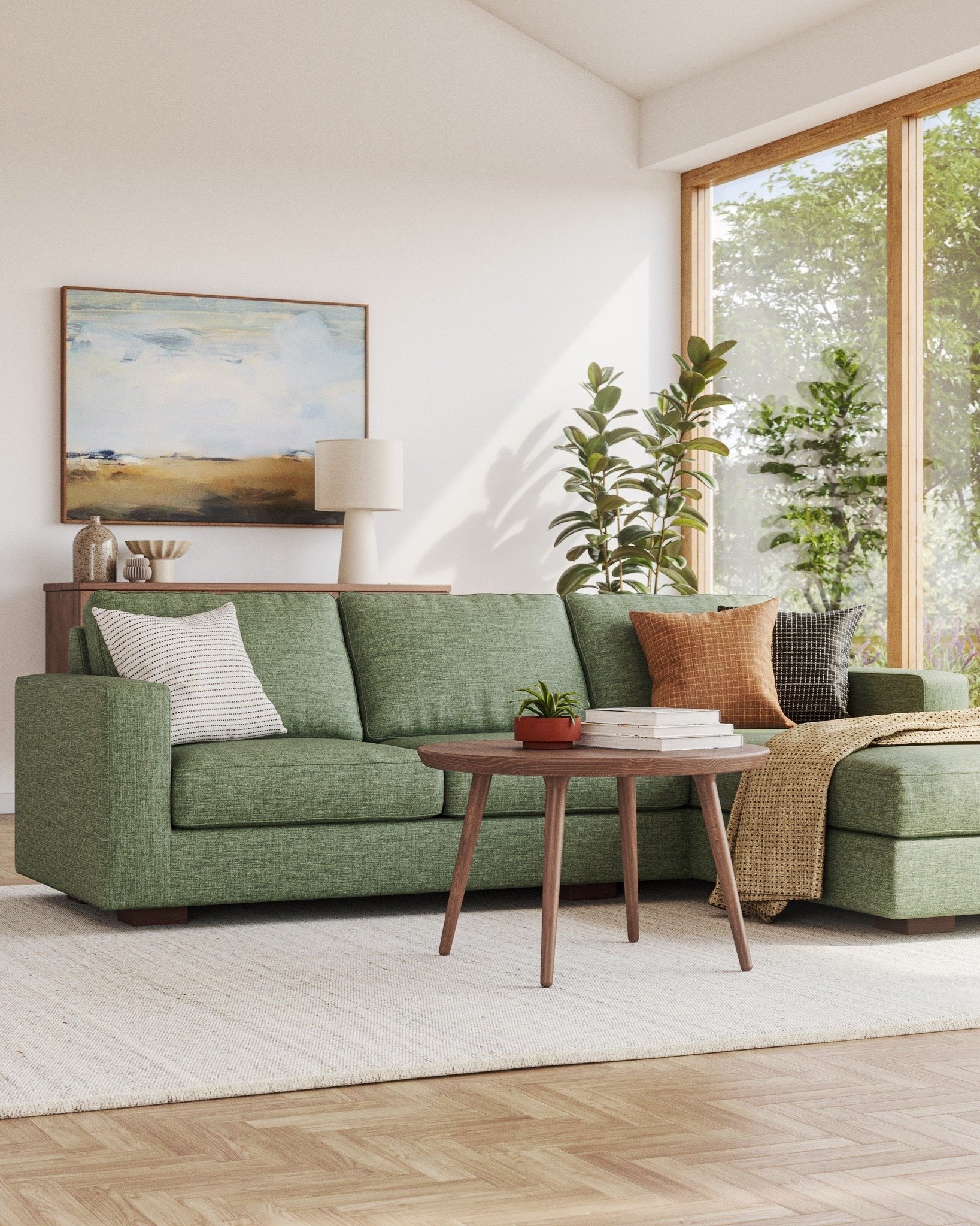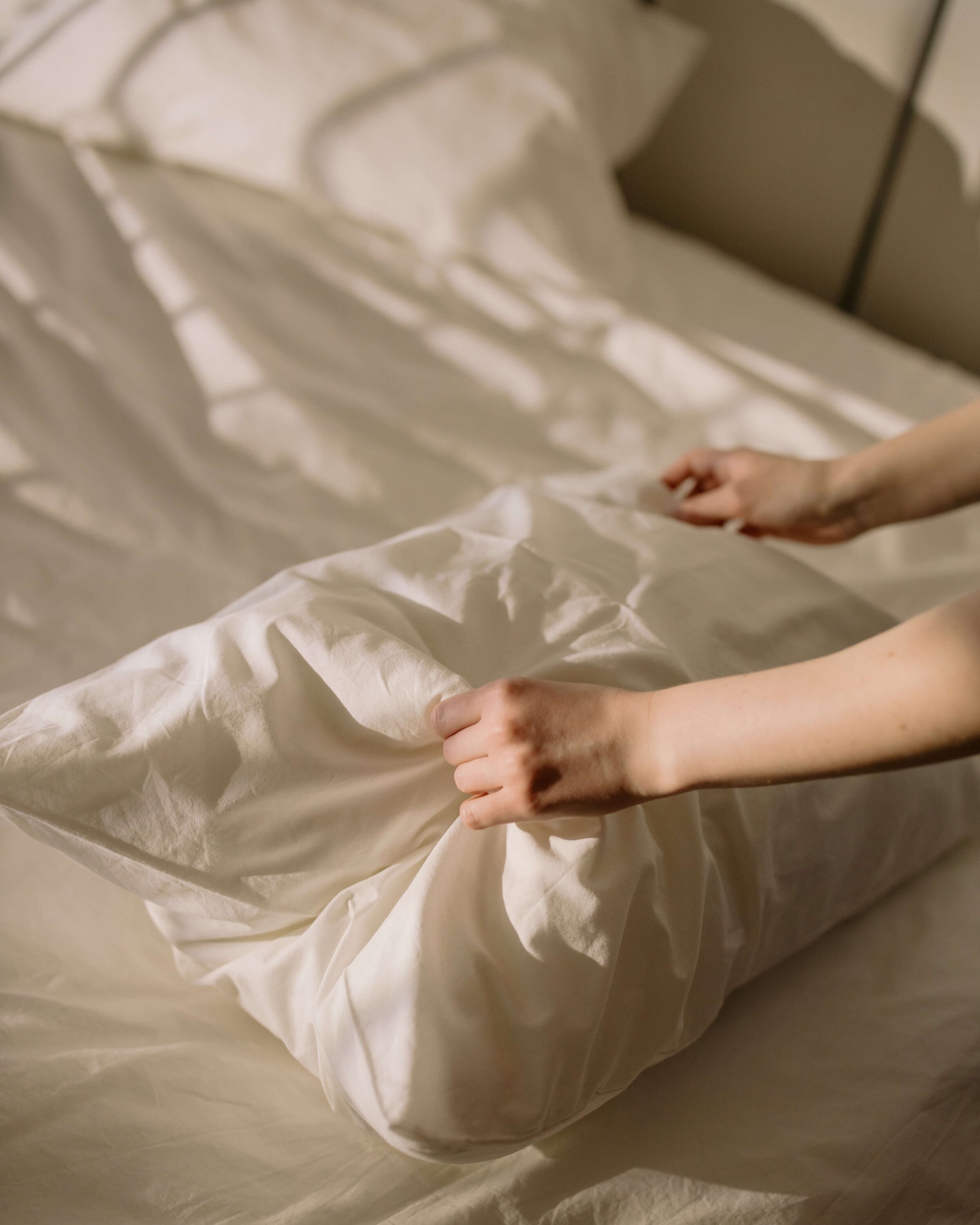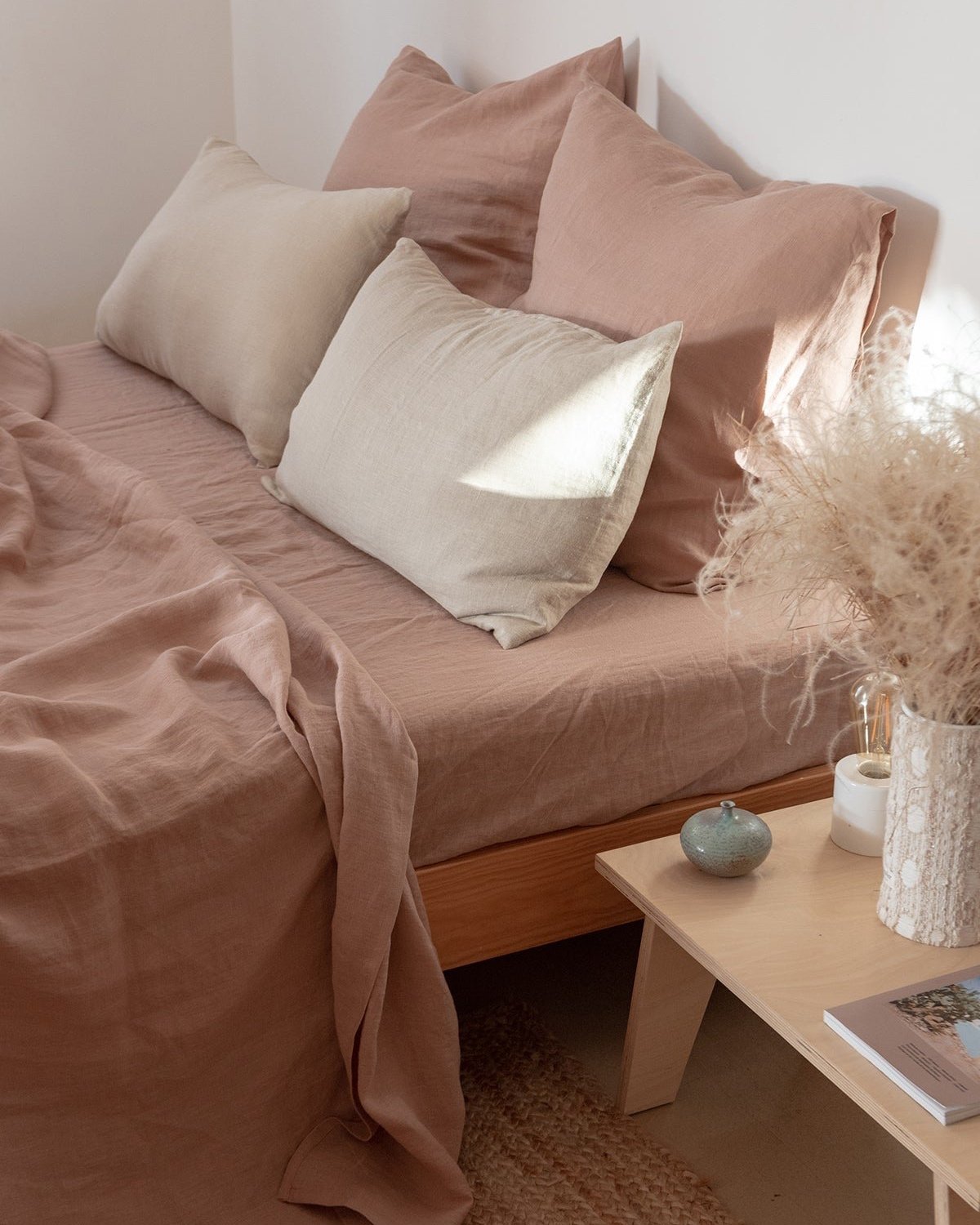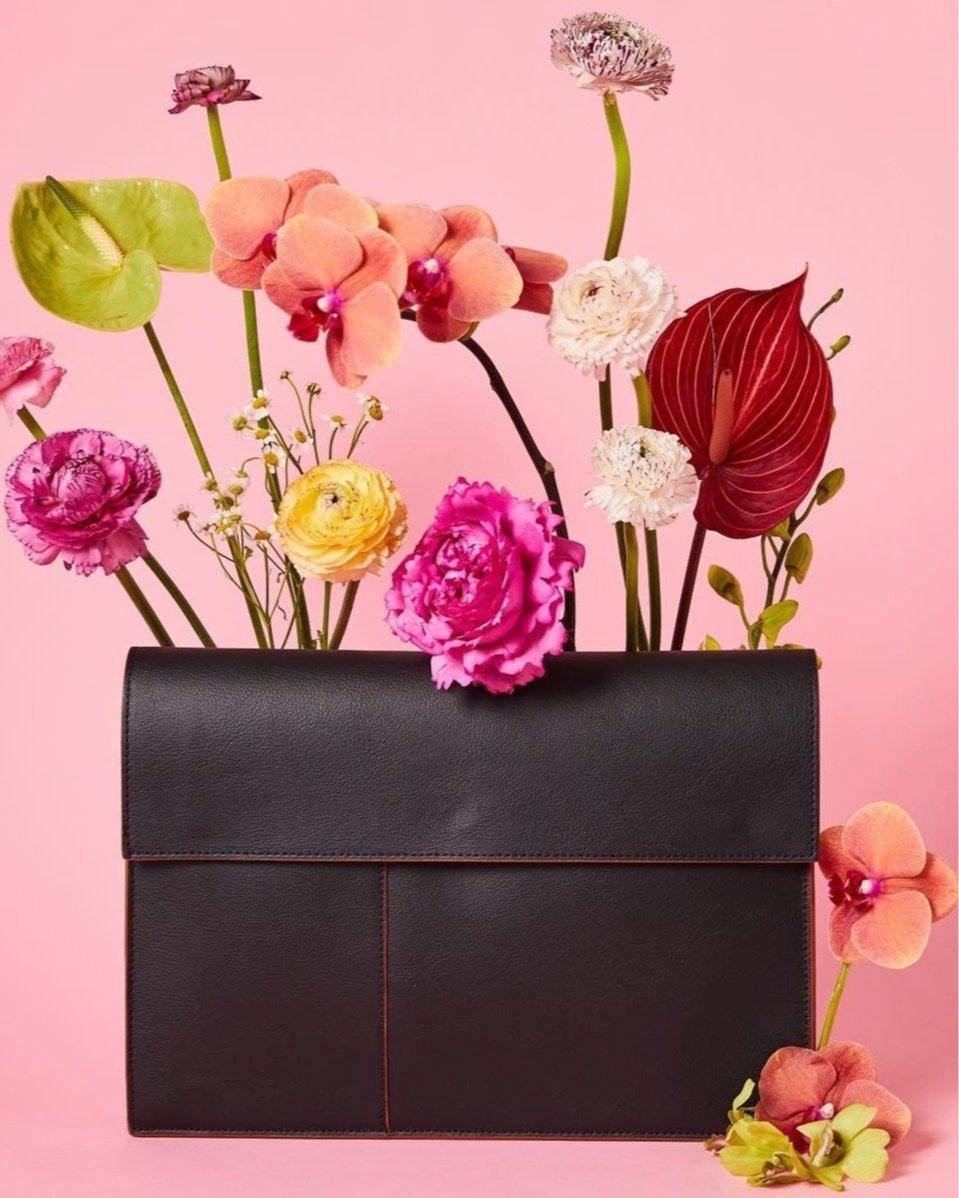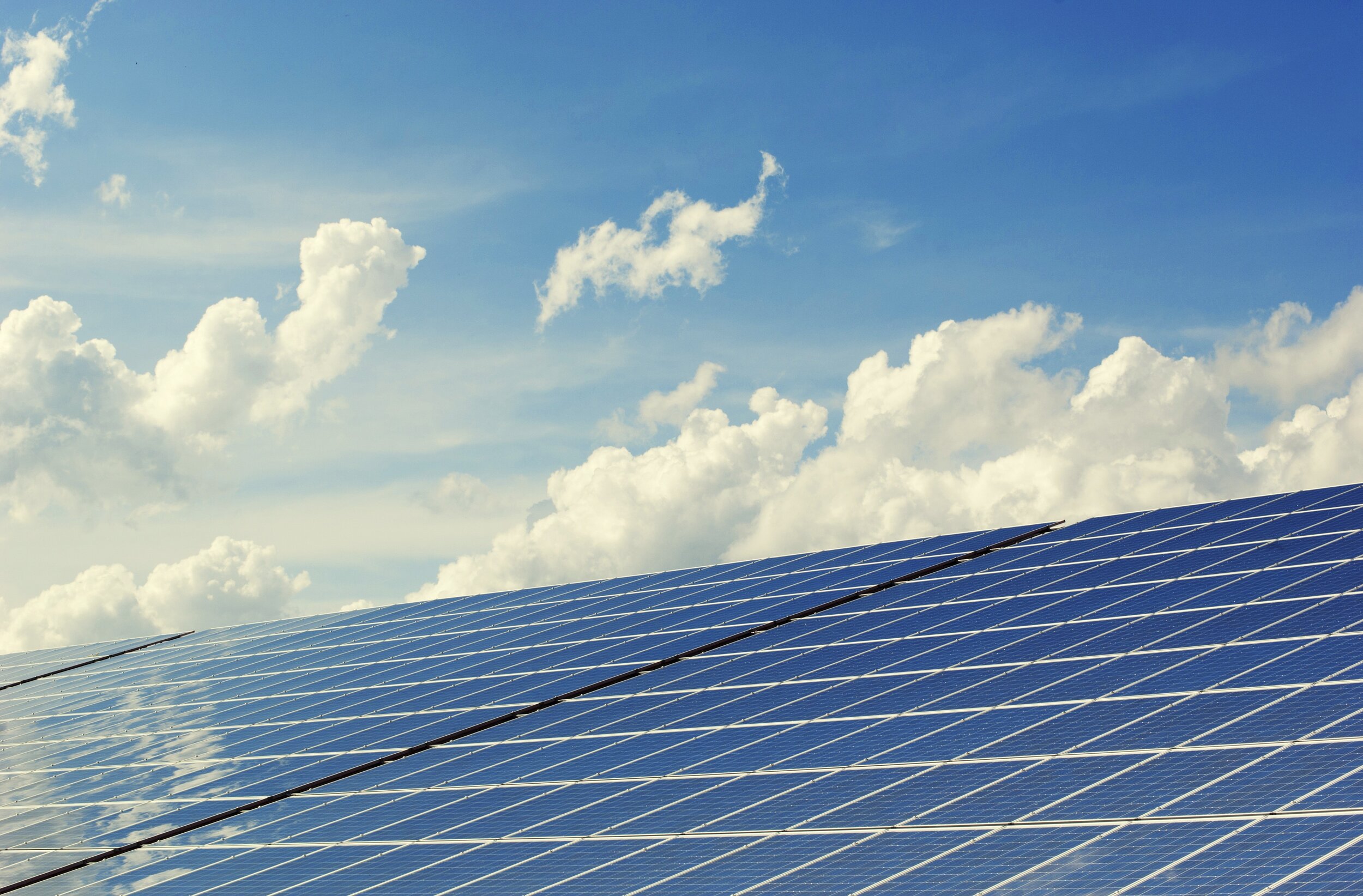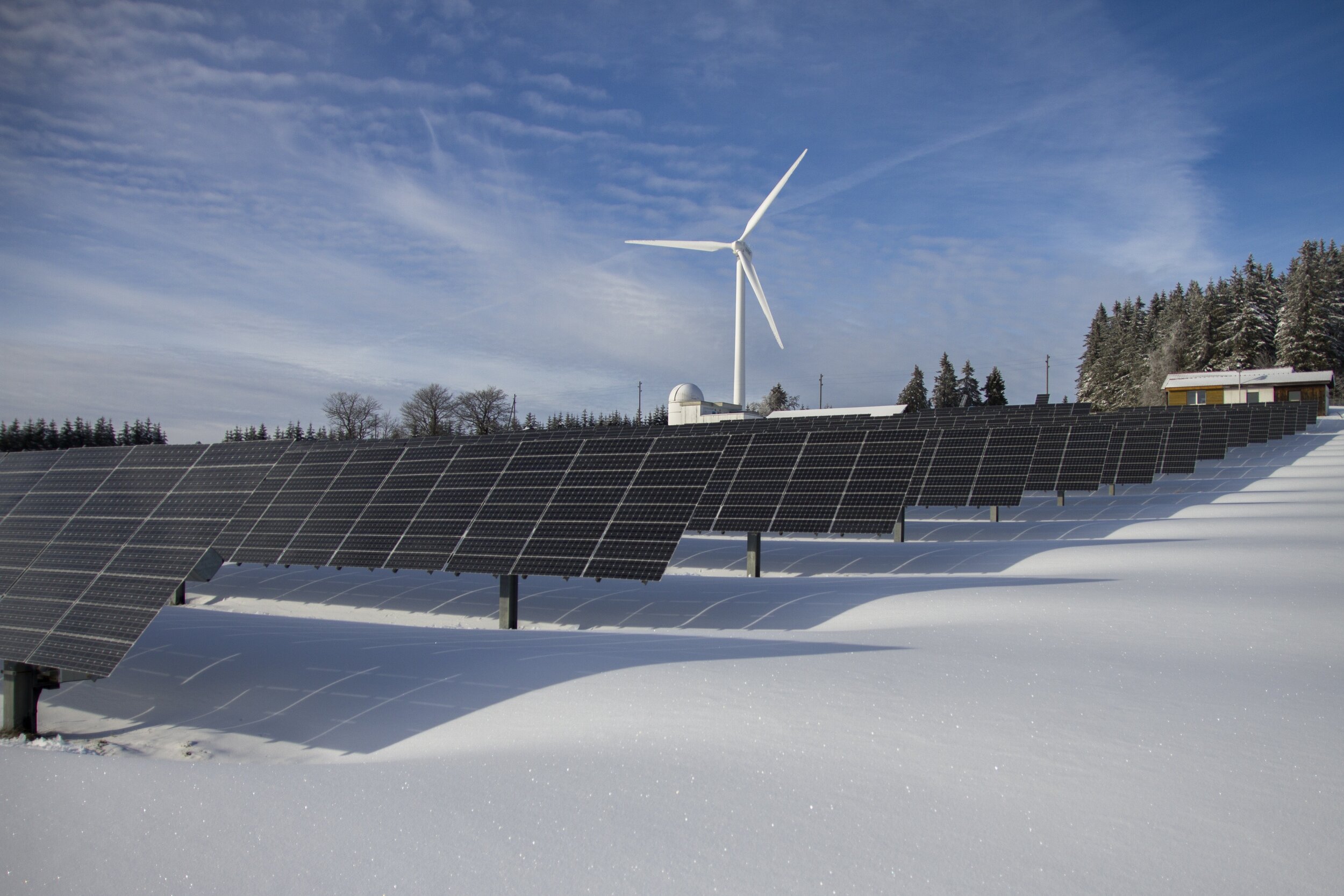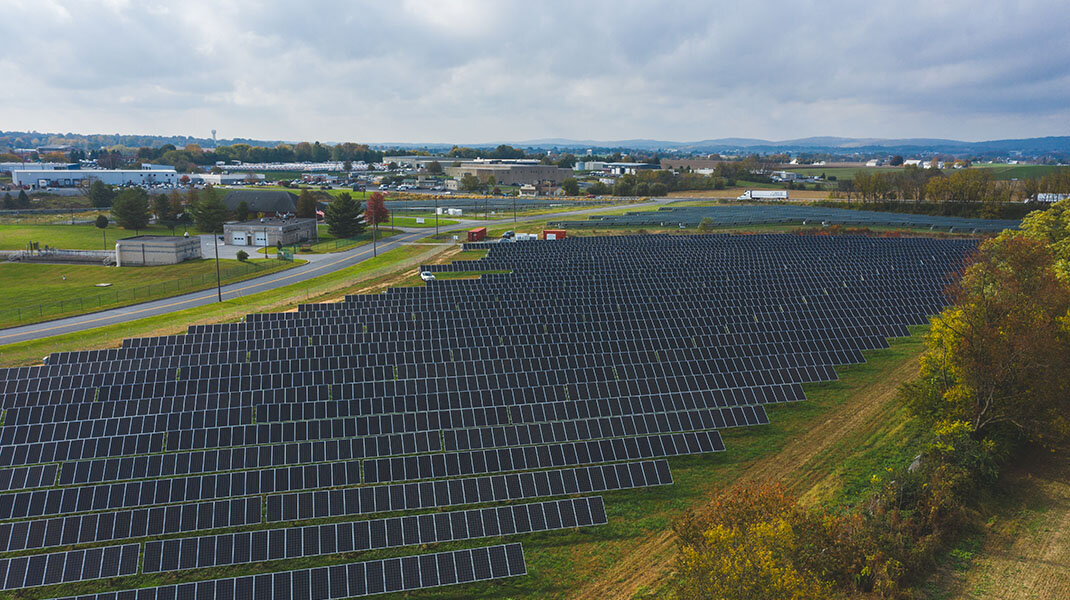Disclosure: Some of the links below are affiliated; we may earn a small commission if you click through and make a purchase. We only ever add brands & products we truly believe in. Thank you for supporting the brands who are making the world a better place!
sustainable bathroom brands & Eco-friendly Products
My journey in sustainability went from food to clothing to bedroom to the bathroom. I'm still learning little tricks to make my environment more eco-friendly (particularly healthy), but these 11 brands are an excellent start for those in the market for a bit of bathroom - eco - upgrade. From the towels you dry off with to the toothpaste for your pearly whites, these brands create products that make switching to a more sustainable lifestyle easier.
Why is it important to create a non-toxic, sustainable bathroom?
Unfortunately, there are not a lot of regulations when it comes to bath & beauty products. This means you could potentially be bringing home toxic chemicals and not know the impact they could have on your health. This is more than just creating an eco-friendly bathroom; it's about our bodies' sustainability and ensuring our health is put first.
The Average American Produces over 280 pounds of plastic waste every year
& a lot of that waste can be found within the bathroom. Almost everything we use within bath & beauty products is packaged in plastic, from our shampoo to toothpaste. It can be challenging to eliminate from your bathroom, but a few brands are working to help us with this!
what to look for when shopping for eco-friendly bathroom products
Always check the brand's website first! They should have transparent information on the materials and ingredients they use within their products. Another thing to look out for is sustainable packaging - is it refillable? is it plastic-free? Also, sustainable certifications are a good indicator (but, of course, just because a brand doesn't have one doesn't mean it isn't worth shopping). We make things easier for you by creating beauty listicles with our favorite brands. Finally, if you ever have a question about a product or brand, always feel free to contact them. Transparency is so crucial for sustainable brands!
our top picks for sustainable bathroom brands & products:
1. Nix Mouthwash
Eco-Friendly & Non-Toxic Mouthwash
This is honestly the best eco-friendly and non-toxic mouthwash I’ve tried!
It’s made with high-quality ingredients, without any alcohol or toxic chemicals. The bottle is refillable, too, making it very low waste & the perfect sustainable bathroom swap.
Plus, 10% of profits go toward providing dental care to underprivileged children in the U.S. and abroad.
2. Grow Fragrance
Air Fresheners & Candles
Grow Fragrance is a North Carolina-based brand that creates certified 100% plant-based and toxin-free candles and air and fabric fresheners. It has a great selection of beautiful scents for every ambiance, including a few limited editions that you can only get at certain times of the year. With its perfumery expertise, Grow Fragrance only uses non-toxic, plant-based ingredients that are found in nature and relies on what is in season to come up with its limited editions.
use code SUSTAINABLYCHIC for 10% off
Powder Formulated Shampoo & Body Wash
Are you looking for a completely plastic-free shampoo brand? THE POWDER SHAMPOO offers something unique to the beauty industry with its vegan, cruelty-free, powder-to-foam formulas.
Since no water is added to their formula, you can get way more washes out of a single bottle - one of their bottles is equivalent to FIVE bottles of liquid shampoo. In one 100g bottle you have over 100x washes!
use code SUSTAINABLYCHIC10 for 10% off
4. Green Eco Dream
Marketplace for hair, oral, & body care, cleaning products, and more
Green Eco Dream was created to help sustainable shopping grow by offering high-quality and reliable products that will have a positive impact on consumers’ lifestyles and the environment.
They have a wide range of eco-friendly products for the bathroom, from low-waste haircare and non-toxic body washes to men’s skincare, feminine care, cleaning products… and more!
5. Nebia
Water-saving showerheads and PVC-free shower curtains
A great addition to any sustainable bathroom, Nebia’s sleek showerheads save up to 50% more water compared to a standard shower (with up to 60% more force—no slow flow here).
The Nebia by Moen Quattro showerhead comes with four different spray modes so you can change the pressure and feel for the kids or for extra-dirty messes. They’re also super easy to install and come with a lifetime warranty!
code: SUSTAINABLYCHIC10 for 10% off
6. Everist
Waterless Hair Product & Soap
Did you know most shampoos are more than 70% water, made from petrochemicals, and packed in single-use plastic? Everist saw a problem and has introduced the first waterless shampoo concentrate, a 100% plant-based paste-textured concentrate activated by the water in your shower. Not only is this a great way to reduce waste, but with 5 essential oils, your scalp will be left feeling refreshed. All their products are color-safe, vegan, and cruelty-free and free from parabens, sulfates, silicones, dyes, synthetic fragrances, and added preservatives!
7. By Humankind
Zero-Waste Personal Care
By using products from by Humankind for just one year, you’ll save the planet up to 5 pounds of single-use plastic waste. They offer almost everything you need in personal care, from deodorants to mouthwash. This is a brand we use at home, & it’s so great. I especially love their hand sanitizers and always keep them on me. Once you finish an item, you order a refill, helping you cut down on plastic!!
8. Delilah Home
Organic Cotton Towels
These soft towels are European-crafted and made of 100% organic cotton.
They are created with long-staple, 100% organic Turkish cotton, Global Organic Textile Standard Certified, spun into fine yarns, and loomed into long, two-ply, double loops making the most of the fiber’s extraordinary length. The extra-long loops make the towels highly absorbent, soft, and up to 50% thicker than most other towels. Talk about cozy and warm!
9. EarthHero
A Curated Assortment of Eco-Goods for the Bathroom
This online shop has so much to offer in terms of eco-friendly goods.
From your office to your bathroom, there is something you can find that will make your oasis a little more green.
They have a great collection of bathroom goods like these sweet little bamboo and ceramic pieces.
10. EcoRoots
Plastic-Free Bath and Beauty
I’m so happy to find more and more plastic-free stores becoming available and making zero-waste look really really good!! From rose gold safety razors (pictured here) to zero-waste dental kits, EcoRoots has much to fill your eco-friendly bathroom. They also always ship plastic-free with compostable, recyclable materials. Plus, they give 1% to Ocean Conservancy to preserve and protect our blue planet. Make sure to follow along with them on Instagram because they give great tips for living plastic-free!
11. Made Trade
Curated Collection of Bathroom Goods
From bathrobes to shower curtains, Made Trade has a lot for you to choose from when decorating your bathroom. Their brands include popular ones like Coyuchi, Kiliim, & Anatoli Co.
I would love to have another Kiliim rug for my bathroom. Coyuchi is another brand you may have heard of that has luxurious bath towels and some beautiful colors and patterns to choose from.
12. REEL
Bamboo Toilet Paper
One of the easiest eco-friendly switches you can make in your bathroom is toilet paper, and with 27,000 trees being cut down every day just for TP, it’s an essential switch.
Reel is made from bamboo! It grows much quicker than trees and uses less water. It’s also strong and soft, making excellent toilet paper. Plus, for each roll you purchase, they donate a single-use biodegradable toilet to someone in need.
13. Under the Canopy
Organic Towels & Bath Robes
Under the Canopy's commitment to a cleaner planet and home goods industry is admirable.
They adhere to 6 kinds of certifications {FAIR TRADE, GOTS, OEKO-TEX, C2C, RCS & FSC}, and sustainability is at the forefront of their business model. All products are made ethically with eco-minded materials. Their waffle robe is a must have after your shower! We’ve been using their towels and robes for years, now.
MAKE SURE TO PIN THE PHOTO BELOW TO SAVE THIS POST FOR LATER!
WANT MORE SUSTAINABLE BRANDS? VISIT OUR BRAND DIRECTORY!
Our Brand Directory is home to hundreds of sustainable brands, from makeup to cleaning supplies, from underwear to shoes. We have broken everything down by category for easy shopping, along with discount codes unique to Sustainably Chic viewers.

